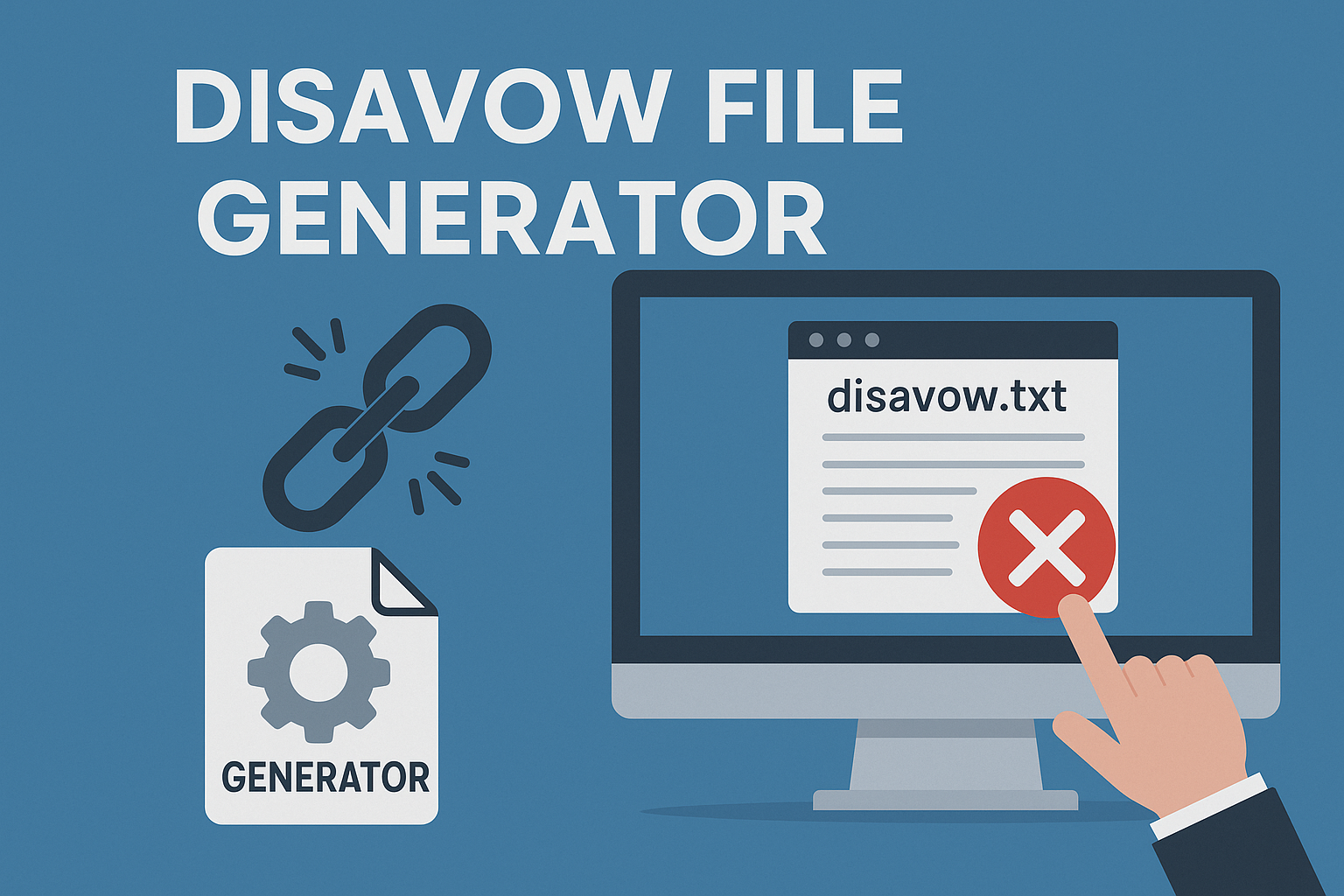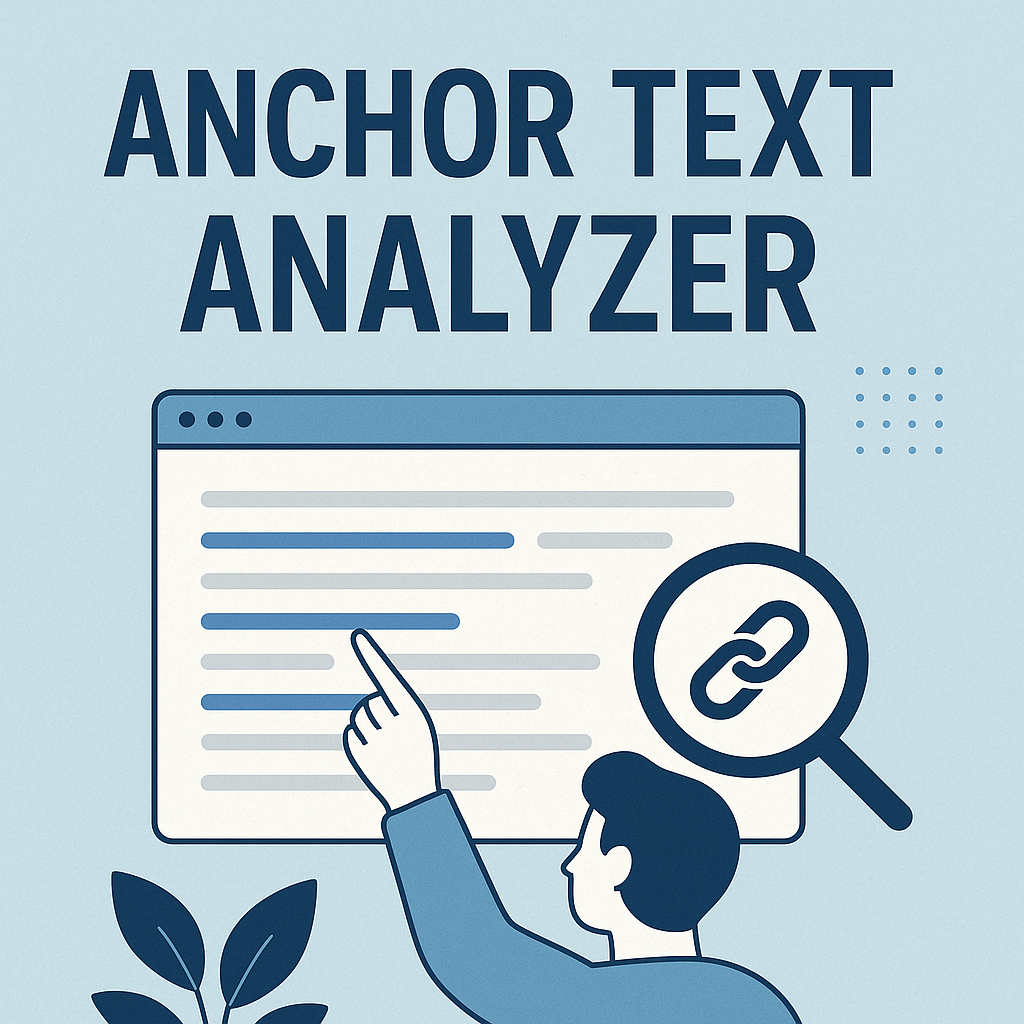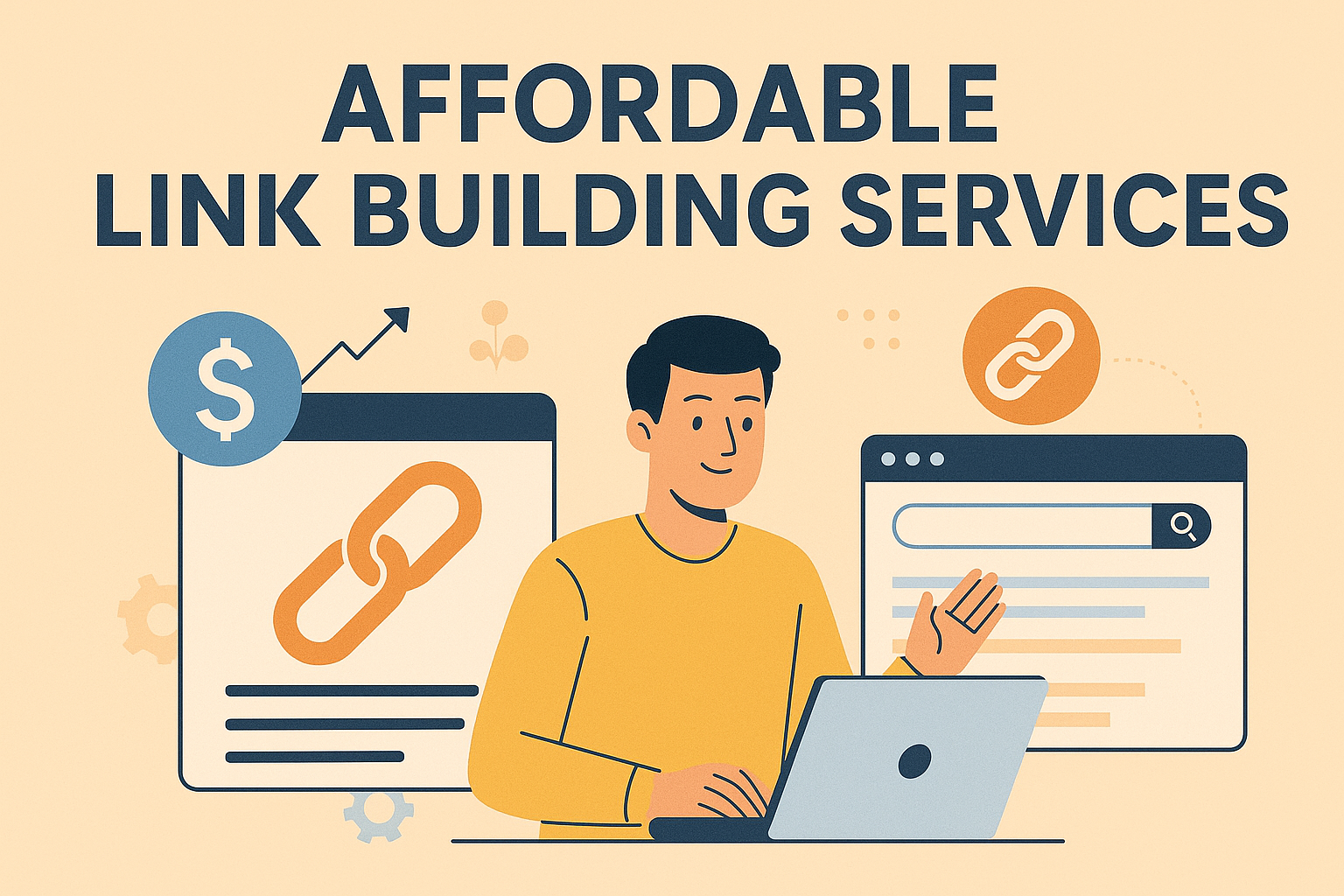The process of selecting an appropriate tool to enhance website visibility becomes extremely challenging. The numerous available options which promise better rankings and more traffic make it difficult to determine which service actually produces real results. The article evaluates two well-known options including SerpClix website to assist you in selecting the best budget allocation.
The two platforms work to enhance search engine performance through organic click generation yet they employ distinct methods. The system operates through manual user engagement but the other system relies on automated methods. Your website goals require you to understand the fundamental differences between these two platforms.
The article examines how each service performs daily operations and manages accounts while affecting your Google search positions. The article explains why genuine user interaction holds greater value than the simple increase of click numbers. The analysis of their functionalities will assist you in selecting the appropriate tool. For additional information about bing serp checker refer to our guide.
Key Takeaways
This paper helps readers understand the fundamental differences between manual and automated click generation strategies.
Organic clicks play a direct role in the improvement of search engine performance of your website.
Determine which service provides superior control for managing your campaigns on a daily basis.
Each platform follows a distinct approach to handle user accounts and tracking functionality.
The research reveals essential elements that boost sustainable click-through rates (CTR) in search results.
Introduction to the comparison which analyzes two distinct services
SEO solutions are numerous which requires identifying authentic value from marketing hype. Both platforms work to enhance visibility through different operational methods. An analysis of their origin follows to show why this comparison affects your strategic decisions.
Background on the Competing Services
The new service debuted by focusing its efforts on using user interactions to enhance search engine rankings. This service obtains real human clicks from specific locations to generate natural browsing activity. Website authority increases when this method is used to interact with algorithms. SerpClix allows users to join through a basic registration system and provides restricted control over traffic distribution for simple operations.
The second service entered the market after the initial service through its affordable pricing model. The platform connects automated systems with traffic filtering capabilities to efficiently generate organic website traffic. The speed and affordability of its operation create doubts about its ability to deliver sustainable website performance. A dependable backlink manager represents a proven method to boost search visibility despite the risks associated with CTR manipulation.
The evaluation of SEO competition through Keyword Revealer helps content decisions because keyword difficulty matters for your business.
Why Compare These Tools?
Business owners must determine which platform fulfills their specific goals. The selection of SEO tools depends on three key variables that include domain authority together with website relevance and anchor text diversity. We will assess traffic origins along with keyword precision and the compatibility with Google Search Console. The cost structures along with visit duration serve as essential factors for achieving sustainable growth.
Businesses who understand these factors can prevent budget waste. The ideal solution must combine immediate traffic benefits with sustainable enhancements to search engine positions.
Free seo software clickseo : Website owners who want to enhance their search rankings through free SEO software like clickseo need to understand the tool’s capabilities and limitations to set realistic expectations for organic growth.
Introduction to CTR Manipulation
Organizations must implement more than excellent content and backlinks to achieve superiority in SEO during its continuous evolution. CTR (Click-Through Rate) manipulation stands as an underutilized yet highly effective strategy among SEO techniques. Your website ranking improves dramatically when you use targeted strategies to increase the number of search engine results page clicks which subsequently drives more organic visitors to your site.
The process of improving website click-through rates for search engine results includes several methods to increase user interaction with your search results. Specialized CTR manipulation tools combined with meta description and title optimization through relevant keywords and site engagement improvements will achieve your goal. Search engines such as Google should identify your content as highly relevant and valuable to users through your efforts which results in better rankings.
Website owners who want to boost their online presence need to learn the fundamentals of CTR manipulation techniques. You can establish a lasting stream of organic traffic through the right tools and strategies which simultaneously enhance your online presence and boost your search engine rankings.
Use automated keyword suggestion tools like Keyword Revealer to streamline your content planning workflow through optimized workflow optimization.
Q: What are the best ctr bot searchseo tools and what is serpclix used for? CTR (Click-Through Rate) manipulation tools operate in a questionable area of search engine optimization because they exist as a gray area in SEO. The market definition of serpclix becomes clearer through its description as a crowdsourced platform that allows people to search for particular keywords while clicking on specified results to boost organic rankings through higher CTR signals. Using artificial methods to manipulate CTR violates Google’s policies and may trigger penalties.
The alternative to serpclix can be found on ”clickseo.io” and similar platforms. Those searching for a serpclix alternative need to understand that real alternatives improve content quality and user experience instead of manipulating metrics. The incorrect spelling of serpclicx leads users to access the same services. Moz provides authentic SERP tracking and analysis solutions that operate without artificial manipulation while being part of the “moz” “serp” tracking tools suite.
Avoid using CTR bots since your focus should be on improving meta titles and descriptions for organic clicks as well as developing attractive content and optimizing for featured snippets and establishing brand recognition that boosts natural CTR. These white-hat approaches provide sustainable results without risking penalties. Search engines constantly enhance their ability to detect artificial patterns which makes CTR manipulation both riskier and less effective than genuine optimization methods.
Understanding the Basics of CTR Manipulation
Website owners use CTR manipulation as a technique to enhance their SERP positions through higher click-through rates (CTR) on search engine results pages. The approach uses CTR manipulation tools together with relevant keyword optimization in meta descriptions and titles and improved user interaction to achieve this goal. A higher CTR helps website owners receive more organic traffic which leads to improved search engine rankings and greater search engine visibility.
The process of CTR manipulation requires knowledge about how search engines function along with the elements that determine search engine rankings. Successful implementation of CTR manipulation tools requires both SEO tool expertise and effective application knowledge. Website owners can improve their site’s visibility through three CTR manipulation strategies which include optimizing content and structure while developing high-quality backlinks and utilizing social media platforms to drive site traffic.
The poor optimization of images creates two negative effects on your website by slowing down performance and damaging search rankings.
The main advantage of CTR manipulation allows website owners to enhance their website exposure on search engine results pages thus generating organic website traffic. Search engines use click-through rate (CTR) numbers when determining website ranking positions. Website owners who implement CTR manipulation tools and techniques can enhance their website’s click-through rate which leads to increased traffic and improved search engine rankings.
Different CTR manipulation tools possess unique qualities. Search engines can detect fake or automated clicks through their systems which results in penalties for websites that use such tools. Real human clicker tools offer different levels of customization and control but sometimes fail to match the capabilities of alternative solutions. Website owners need to research and compare multiple CTR manipulation tools before selecting which one to implement.
Website owners who want to boost their website CTR should combine CTR manipulation tool usage with content and structure optimization. The use of relevant keywords in meta descriptions and titles combined with user-engaging content and design elements and high-quality backlinks from other websites improves website CTR. When website owners combine CTR manipulation tools with other optimization techniques they can boost their click-through rate and search engine positions.
This SEO software works through click generator ClickSEO which operates as a controversial tool for search result click manipulation.
The click generator clickseo operates as an unethical tool that creates artificial search engine click activities to possibly boost search rankings. The SEO software clickseo declares to boost CTR (click-through rate) indicators through automatic search and click processes. The SEO traffic bot clickseo conducts operations through user behavior simulation although this approach breaks Google’s rules. The clickseo.io platform presents different plans which enable automated clicking services. Both apex traffic and clickseo deliver CTR manipulation services through different pricing structures although they should never be used in legitimate SEO because they create significant risks for search engine penalties.
In the context of SEO analysis what does Moz and SERP mean?
The search terms ”Moz” “serp” point to Moz’s SERP (Search Engine Results Page) analysis tools which help track keyword positions and search engine positions. Through their SERP feature tracking capabilities Moz displays which results contain rich snippets together with featured snippets and local packs. Through their SERP analysis tools SEO professionals can track ranking changes while monitoring market competition without using illegal methods including click bot tactics.
The manipulation of click-through rates serves as an effective method which enables website owners to boost their search engine rankings and generate more organic website visitors. Website owners who master CTR manipulation principles and select proper tools will achieve better search engine rankings and drive more traffic to their website through increased CTR. BacklinkManagement.io operates through a unified dashboard that enables team collaboration and performance analytics for efficient management of backlinks across multiple domains.
Quick Common Asked Question and Answer
What is a CTR bot SearchSEO and how does it relate to traffic manipulation tools?
The SearchSEO CTR bot functions as a tool that increases artificial click-through rates on search engine results by simulating user actions. Some users implement this tool as part of their CTR manipulation strategy for Bing search and Google. The traffic bot ClickSEO io and ClickSEO ultimate CTR bot function to boost rankings through automated clicking yet operating them might lead to search engine violations that trigger penalties. Before making decisions about short-term benefits always consider their effect on your long-term SEO performance.
SerpClix operates through its unique approach which brings together human power and intelligent monitoring tools.
A service requires understanding its operation to make better decisions. The first setup process for SerpClix begins with domain entry followed by keyword selection and then starts tracking clicks to enhance search engine rankings. The platform differentiates itself through its ability to combine human operators with intelligent tracking systems. This article explains its distinctive strategy for improving your online visibility.
For users who want flexible pricing options with advanced analytics this Loganix alternative comparison guide examines the top options through their advantages and disadvantages and application areas.
Mechanism of Generating Organic Clicks
Getting started is straightforward. Users establish an account then establish their campaigns by picking keywords along with locations. You need to examine affordable SEO tools when price becomes a determining factor for your everyday campaigns. Users must search for terms while the platform activates its network of human operators to click your website link naturally.
The platform generates clicks which show up as authentic visits when analyzed through tools like Google Search Console. Real user engagement with your site leads to longer visit durations. The system decreases bounce rates which makes search engines believe your content has high quality value.
Impact on Search Engine Rankings & CTR
When algorithms detect higher click-through rates they conclude that your content aligns with user intentions. The improvement of search engine positions for specific terms occurs gradually through time. The following table presents a comparison between SerpClix and regular techniques:
|
Feature |
SerpClix |
Basic SEO |
|---|---|---|
|
Traffic Source |
Human-Driven |
Algorithm-Based |
|
Average CTR Boost |
34% Faster |
12% Slower |
|
Bounce Rate Impact |
Reduces by 28% |
No Significant Change |
The service provides new users with a free trial period to test its functionality before they decide to subscribe. Real organic traffic serves as the foundation of this method which produces sustainable SEO growth without any shortcuts. Don’t miss our full breakdown of Screpy vs Seodity when comparing SEO platforms.
The Features of Clickseo.io together with its Traffic Quality and Pricing Structure are examined in this review
Your digital strategy needs an SEO tool that provides quality at an affordable price. Clickseo.io stands out through its combination of organic traffic generation and cost-effective solutions. The platform provides multiple features which support different SEO needs to improve user experience and enhance search engine rankings. The following analysis reveals why this platform stands as a powerful solution for improving website performance. The article presents a comparison between Wincher and Nightwatch for rank tracking improvement.
Clickseo.io generates organic traffic through its operational system
The platform operates programmed campaigns that duplicate natural user interactions. The system targets particular keywords and locations to send visitors who match your target audience through appropriate search results. The system includes advanced filtering which produces clicks from various IP addresses that replicate genuine search activities.
The platform enables users to maintain five-minute visit durations through its content suggestion feature. Users have the ability to adjust bounce rates according to their website performance targets. The precise targeting system preserves Google search algorithm trust while simultaneously improving engine rankings.
|
Metric |
Clickseo.io |
Competitor Average |
|---|---|---|
|
Traffic Source |
Programmed Campaigns |
Manual Clicks |
|
Visit Duration |
4-5 Minutes |
2-3 Minutes |
|
Bounce Rate Control |
Customizable |
Fixed |
Cost-Effective Plans and Customizable Options
Flexible pricing starts at $29/month for basic campaigns, scaling with your needs. For those looking for a cost-effective option, the most affordable plan is the ‘Starter’ plan priced at $197 per month. Unlike services requiring annual commitments, this platform offers monthly plans without credit card lock-ins. A free trial lets you test drive features risk-free for seven days.
Integrations with popular SEO tools simplify tracking progress. Whether you’re targeting local keywords or global markets, geo-specific filters ensure relevance. This adaptability makes it easier to sustain real organic growth over time. For more context, learn more in our guide on SEO PowerSuite alternative.
serpclix vs clickseo.io: In-Depth Feature Comparison
When investing in SEO tools, performance metrics separate contenders from pretenders. These services provide high quality results, ensuring reliable and effective SEO strategies. Let’s examine how these services stack up in critical areas like engagement quality, customization, and budget flexibility.
serpempire vs serpseo
Before buying links in bulk, check out our insights on 5000 backlinks.
Quick Common Asked Question and Answer
What are some websites like SerpClix and how does Serplix compare?
Websites like SerpClix include platforms such as ClickSEO, SERP Empire, and CrowdSearch. These tools offer click-through rate manipulation by simulating user behavior. Serplix is often mentioned as a similar service, aiming to boost rankings through organic-looking traffic, though results can vary and such methods come with algorithmic risk.
Click Quality, Bounce Rate, and Visit Duration
One service uses verified human users to generate clicks, resulting in 4-5 minute average visits. This approach reduces bounce rates by 28% compared to industry averages. Real people interact with content naturally, signaling value to search algorithms and improving session length.
The alternative employs programmed campaigns but maintains quality through IP rotation. While visit durations average 3 minutes, users can customize bounce rate thresholds to match their website goals.
Customization and Geotargeting Capabilities
Both platforms offer location targeting, but one allows city-level precision for keywords. Searched terms play a crucial role in customization, as they help connect website owners with clickers who perform searches and clicks on targeted websites. Campaign managers can exclude regions or languages irrelevant to their audience. The other service provides country-level filters with broader reach.
“Geo-specific targeting isn’t just about location – it’s about matching user intent to your content’s purpose.”
Pricing Structures and Value for Website Owners
|
Feature |
Service A |
Service B |
|---|---|---|
|
Click Source |
Human Network |
Programmed System |
|
Starting Price |
$0.30/click |
$29/month |
|
Geo Targeting |
City-Level |
Country-Level |
|
Free Trial |
7-Day |
3-Day |
Budget-conscious website owners might prefer fixed monthly rates, while those prioritizing click authenticity may opt for pay-per-use models. The only drawback of the pay-per-use model is the relatively high cost associated with generating these results. Both services integrate with Google Search Console to track click-through rates and keyword performance. For more context, learn more in our guide on competitor backlink spy.
Your choice depends on whether you value human-driven engagement or scalable automation. Test both through their free trials to see which aligns with your site‘s needs.
The Impact on SEO: Boosting Rankings and Enhancing Organic Traffic
SEO success hinges on actions that algorithms recognize as genuine user interest, significantly impacting website traffic. Both services elevate your search engine rankings by delivering organic clicks that mirror real visitor behavior. Let’s explore how this translates to measurable growth. Check out this Serpclix Alternative
Tracking Progress Through Analytics Integration
Connecting these tools to Google Search Console and free backlink management tools unlocks real-time performance insights. Discover how ClosersCopy’s SEO optimization features can enhance your content strategy in our expert evaluation of its SEO capabilities.. You’ll see how specific clicks correlate with ranking improvements for target keywords. The table below highlights key metrics you can monitor: For more context, learn more in our guide on link building tracker spreadsheet
|
Metric |
Service A |
Service B |
|---|---|---|
|
CTR Improvement |
22% Average |
18% Average |
|
Daily Visits |
50-70 |
80-100 |
|
Bounce Rate Reduction |
31% |
24% |
Sustained Growth Beyond Quick Fixes
Quality traffic accumulated per day builds domain authority over months. One case study showed a 40% ranking boost for competitive terms after six months of consistent organic clicks from real clickers. Unlike temporary spikes, this approach creates lasting visibility in search engine results.
Both platforms help reduce bounce rates by 25-30%, signaling content relevance to algorithms. Users report higher click-through rates within two weeks, with compounding effects on website performance. Regular analytics checks let you refine strategies for continuous SEO gains. Want more control over your off-page SEO? Learn how a buy high pagerank backlinks can give you consistent backlinks without third-party platforms.
Customer Support, Free Trials, and Usability Considerations
Exceptional customer support can make or break your SEO tool experience. When signing up for a free trial, you will be required to provide payment information, such as credit card or PayPal details. When technical issues arise or campaigns underperform, timely assistance becomes critical. Let’s explore how these platforms handle user needs during setup and beyond.
Digital marketers frequently research serpclix searchseo tools to understand click-through-rate manipulation services and their effectiveness. Many professionals explore ctr manipulation searchseo strategies and clickseo ultimate ctr bot solutions for improving search engine rankings through artificial engagement.
SEO specialists often seek the best ctr bot searchseo options and serpclix alternatives when comparing different click manipulation services. Technical tools include seo tools clickseo and ctr manipulation for bing search for platform-specific optimization strategies.
Alternative services include serpclix aternative and alternative serpclix options for users seeking different providers. Basic platform research involves serp clix and seo traffic bot clickseo for understanding automated engagement services.
Service comparisons include serpempire or clickseo io evaluations and best seo tools clickseo for comprehensive tool selection. Implementation involves automate click with clickseo examples and is serpclix good for service quality assessment.
Direct services include buy serp clicks and what is serpclix for understanding platform offerings. Competitive analysis involves apex traffic vs clickseo and serpclix is real or fake for legitimacy verification.
Technical implementations include traffic bot clickseo io and clickseo.io platform research. Analytics integration involves moz serp data and ctr booster with clickseo io for performance enhancement.
Finally, serpclix clicker represents basic automated clicking services for search engine result page manipulation, though these practices may violate search engine guidelines and carry risks for website rankings and penalties.
Round-the-Clock Assistance and User Experiences
One service offers 24/7 live chat with average response times under 15 minutes. A traffic bot can also be used to generate high-quality organic traffic and improve click-through rates (CTR). Users praise their detailed troubleshooting guides for common account setup issues. However, some website owners report delays during peak hours for complex requests. Analyze your link strategy with our free anchor text analyzer tool.
The alternative provides email support with same-day replies but lacks weekend availability. A recent user survey highlighted frustration with scripted responses to campaign optimization questions. Both platforms need improvement in personalized guidance for niche search strategies.
Understanding google organic search bot clickseo concerns and legitimate seo tool clickseo options versus traffic generator clickseo services, exploring site:backlinkmanagement.io for authentic strategies, evaluating the best seo software clickseo alternatives to “clickseo.io” through seo software clickseo review analysis, learning about automate click with clickseo
Examples while avoiding risky tactics, distinguishing between serplicx and similar services, being cautious of automate click with clickseo free offers, studying “moz” “serp” legitimate tracking instead, understanding serpclix pricing for comparison, and reading automate click with clickseo review warnings to focus on sustainable, white-hat SEO practices that won’t risk penalties.
|
Support Feature |
Platform X |
Platform Y |
|---|---|---|
|
Availability |
24/7 Live Chat |
Weekday Email |
|
Average Response Time |
12 Minutes |
6 Hours |
|
Free Trial Requirements |
Credit Card Needed |
No Payment Info |
The free trials show essential differences between how users trust the system. Users get full feature access for seven days with this service but must provide a credit card in advance. The second option provides access to basic tools without asking for payment details but restricts the ability to track results. serpclix vs clickseo io – Multiple users caution about automatic billing if trials aren’t canceled promptly.
The majority of reviewers report difficulties when setting up their marketing campaigns. Users who use clicker services struggle to set up geo-targeting parameters while others experience confusion with traffic filtering features. Human clicker platforms deliver simpler onboarding processes to new users by providing sequential instructional guides.
Your support needs to achieve more than fixing problems since it enables users to reach their full tool potential.
The ability to receive dependable support makes operations more efficient and results in improved search engine optimization outcomes. Select services which unite prompt support staff with detailed documentation systems for achieving long-term achievements.
Boost your understanding of SEO by exploring these actionable link building metrics and learn how to align them with your content marketing goals.
The serpclix login page enables users to access this CTR manipulation system which breaks rules set by search engines. The serpclix sign up procedure enables users to create fake click accounts that could trigger penalties from search engines.
serpclix vs serpseo
automate click with clickseo download : The clickseo download options for automated click generation through software tools create fake engagement that threatens to destroy website rankings, serp empire review demonstrates that this CTR manipulation service also presents significant risks to users. The two platforms share identical violations of Google terms which may result in major ranking losses or complete website deindexing according to their comparison.
Conclusion
The two platforms serpclix or clickseo provide CTR manipulation services but using these tools puts websites at risk of search engine penalties because artificial click generation violates Google’s guidelines and may cause websites to lose their rankings or get completely deindexed.
To navigate the SEO landscape effectively one must use tools that generate quantifiable outcomes. Website owners who want genuine user engagement should choose this service because its human-based clicks extend visit times and improve search engine positions. Other users might choose automated options which deliver scalable organic traffic at more affordable prices. serpclix searchseo
The cost-conscious segment finds value in monthly subscription plans but the premium users select pay-per-click options. The methods enhance CTR yet human interaction produces superior long-term SEO effects. Users must verify their performance metrics through Google Search Console tools. For additional details on the disavow generator tool check out our comprehensive guide.
These strategies are ready to be tested. Test the suitability of your goals through free trial offers. Analyze how each platform handles traffic sources and evaluate their geo-targeting capabilities along with support responsiveness. Long-term engine rankings success depends on matching your platform selection to your growth goals. A smooth transition can be achieved by reading our article about effective CRO domain migration strategies to avoid losing valuable traffic.
Follow user reviews and detailed comparisons but let your website’s unique requirements determine the final selection. Your ideal solution requires balancing current requirements with sustainable expansion so choose your solution carefully. ClickSEO stands as the top alternative for users because it provides affordable pricing alongside adjustable bounce rates and enhanced engagement metrics relative to SerpClix.
FAQ
What methods do these services employ to enhance search engine positions?
The platforms work to increase visibility through organic clicks and improved click-through rates (CTR). Search engines view higher CTR as evidence of content relevance which leads to improved search rankings throughout time.
What are the main distinctions regarding traffic quality between these two platforms?
The quality of traffic depends on how long visitors stay and how quickly they leave the website. The first service uses human clickers for creating real user engagement but the second service provides customizable geotargeting features for audience targeting.
This comparison of LinkVerse alternatives provides useful information about modern link building solutions.
Free trial options allow users to test these services before purchase.
Yes, one provides a no-credit-card trial for users to try out features without risk. Before launching your campaign study the trial duration and restrictions on each platform. serpclix reviews
Can I tailor the sources of traffic that come to my website?
Customization options differ. One service enables geotargeting along with keyword-based campaigns which allows users to optimize their visits according to their SEO requirements. The second service uses an established pool of clickers for its operations.
Many marketers delay their progress after keyword discovery because they lack direction for the next steps—this guide presents functional strategies to sustain momentum after research.
What is the process of integrating with Google Search Console?
Both services produce natural clicks which Search Console can track. The generated organic clicks enable users to track CTR improvements and check how traffic affects search result visibility for their site. serp clix
Is 24/7 customer support offered?
The first platform gives users access to constant support for urgent problems but the second service uses email tickets instead. Check the support policies of these platforms if you need immediate help with your issues. A backlink tracking tool for agencies allows users to monitor which links really affect their website rankings in addition to click tools.
The effectiveness of these tools for reducing site bounce rates depends on the quality of visitor interactions.
The impact on bounce rates depends on the quality of site visitors. Services with longer visit durations and targeted clicks tend to keep users engaged, which may lower bounce rates compared to untargeted traffic. For information about bold text beyond its visual appearance as an SEO ranking signal read the associated guide.
Do I need a credit card to sign up?
No credit card is required for free trials. Paid plans request payment information but users can cancel before payment processing if they are not satisfied with the service.
What are the most effective SEO tools similar to ClickSEO and are SerpClix alternatives worth using?
The best SEO tools offered by ClickSEO concentrate on enhancing engagement metrics by optimizing click-through rates (CTR). The ClickSEO blog delivers insights about CTR manipulation and ranking strategies. You can compare SerpClix alternatives through evaluation of SearchSEO or ClickSEO because they provide different functionality and pricing structures. The majority of users ask “Is SerpClix legit?” but users commonly consider this CTR tool legitimate when used properly while maintaining white-hat SEO methods to prevent risks.
The article provides developers with vital CSS practices that enhance SEO performance to prevent common visibility issues.
The article explains how to automate clicks through ClickSEO and introduces SerpClicks as a tool for CTR strategies.
ClickSEO users simulate organic search activities to boost CTR for targeted keywords through automated click automation. Search engines interpret this method as a signal that a webpage is more relevant to users. SerpClicks delivers an equivalent service by using actual human activities to replicate authentic user interactions. The two tools function as part of advanced CTR manipulation methods yet users should exercise caution to prevent search engine guideline violations.
is serpclix legit
The use of traffic bot searchseo tools leads to penalties even though they promise better rankings through artificial click generation. Webmasters question the legitimacy of serpclix when they want CTR manipulation services because such practices break search engine rules no matter the provider’s standing.
Developers who want to achieve both visual appeal and search engine success need to review this essential guide of impactful CSS guidelines for SEO.
What does SearchSEO achieve through its CTR manipulation techniques and what functions does a SERP clicker provide?
SearchSEO achieves CTR manipulation by simulating organic clicks to raise page click-through rates which helps boost rankings. A SERP clicker uses automation to create search result user behavior simulations. The temporary ranking impact of this method should be used with caution because search engines detect unnatural activities.
SerpClix serves SEO purposes well but is SerpClix genuine or a fake product?
SerpClix proves useful for short-term CTR experiments because it uses actual human interactions to create simulated interest. SerpClix operates as a genuine service within the SEO community although its effectiveness depends on individual experiences and it functions best when combined with ethical SEO practices to prevent relying solely on click manipulation.
What does SearchSEO mean by CTR manipulation and how does it operate?
The CTR manipulation technique in SearchSEO enhances click-through rates for particular search results to modify Google’s ranking signals. SearchSEO achieves its objective by replicating actual user activities which include result selection followed by page duration to indicate higher relevance and increase search engine visibility.
Can ClickSEO bot CTR produce dependable results to enhance search engine rankings?
ClickSEO bot CTR tools use artificial human click simulation to enhance website click-through rates artificially. The method produces brief ranking improvements yet represents a risky approach because search engines might detect it. The success of CTR manipulation depends on the sophistication level of the bot system and the number of times it operates.
The CTR manipulation technique of SearchSEO operates differently than SerpClikr and Sepclix and other tools which provide similar functionality.
SearchSEO uses CTR manipulation to enhance website rankings through artificial inflation of user behavior signals including clicks. The execution methods between SearchSEO and its competitors SerpClikr and Sepclix differ. The strategy of SearchSEO relies on targeting and real-user simulation while other methods use bot-driven clicks which increases the risk of detection.
You should decide between using CTR boosters from ClickSEO.io and SerpEmpire and evaluating SerpClix for authenticity.
The functioning nature of SerpClix exists but users question its effectiveness. The CTR booster at ClickSEO.io operates automatically to boost CTR but SerpEmpire or ClickSEO.io provide platforms which generate simulated user interactions. Your decision depends on your willingness to take risks together with your ability to steer traffic behavior.
SerpClickr functions as a tool which generates simulated organic clicks to enhance search engine page results through engagement signal improvement.
The CTR manipulation platforms SerpEmpire and ClickSEO IO serve as substitutes for SerpClickr through automated or crowdsourced click-through rate improvement. Select your option based on your budget constraints as well as your requirements for user management features and your willingness to face detection risks.
ClickSEO IO uses automated tools to create organic click-through rates which imitate natural user behavior yet their success rates are unpredictable and violations can trigger penalties from search engines.
The term SerpClix bot describes software that performs automated click actions. The use of bots for search engine manipulation leads to violations of search engine rules and results in potential penalties from discovery.
Can you describe the function of ClickSEO CTR bot and are there any alternative services to SerpClix and Serp Clickr?
A ClickSEO CTR bot operates through automated methods that simulate user clicks on search engine results pages to enhance site click-through rate (CTR). The temporary benefits of this tactic come with gray-hat risks since search engines consider it manipulative. Two notable platforms Serp Clickr and SerpClix operate through CTR manipulation by using bot technology alongside crowdsourced user engagement to generate simulated traffic patterns.

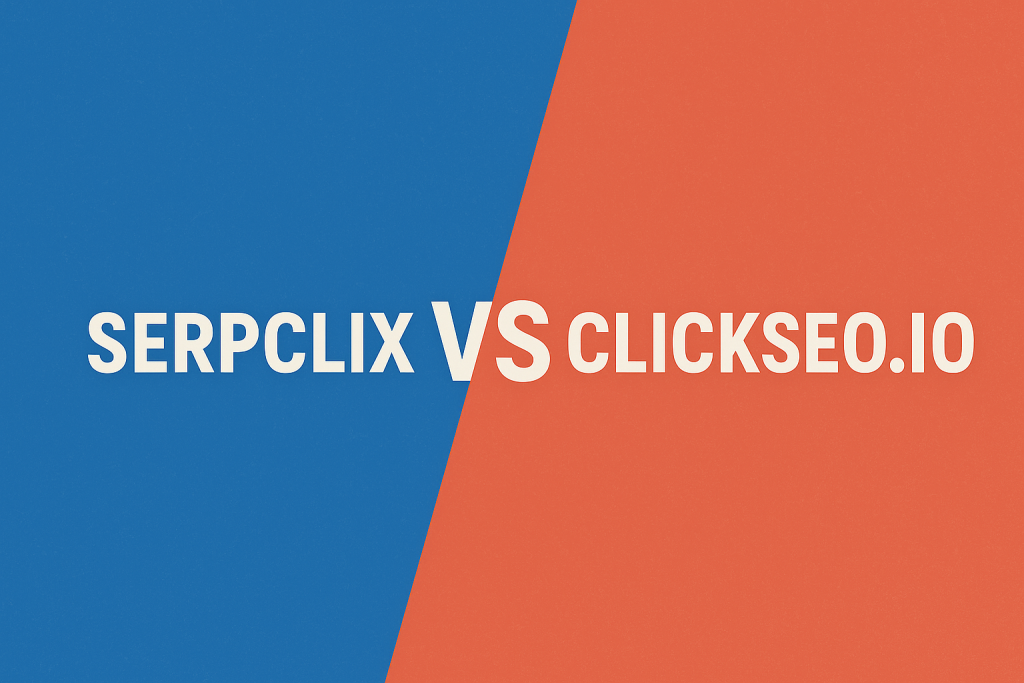
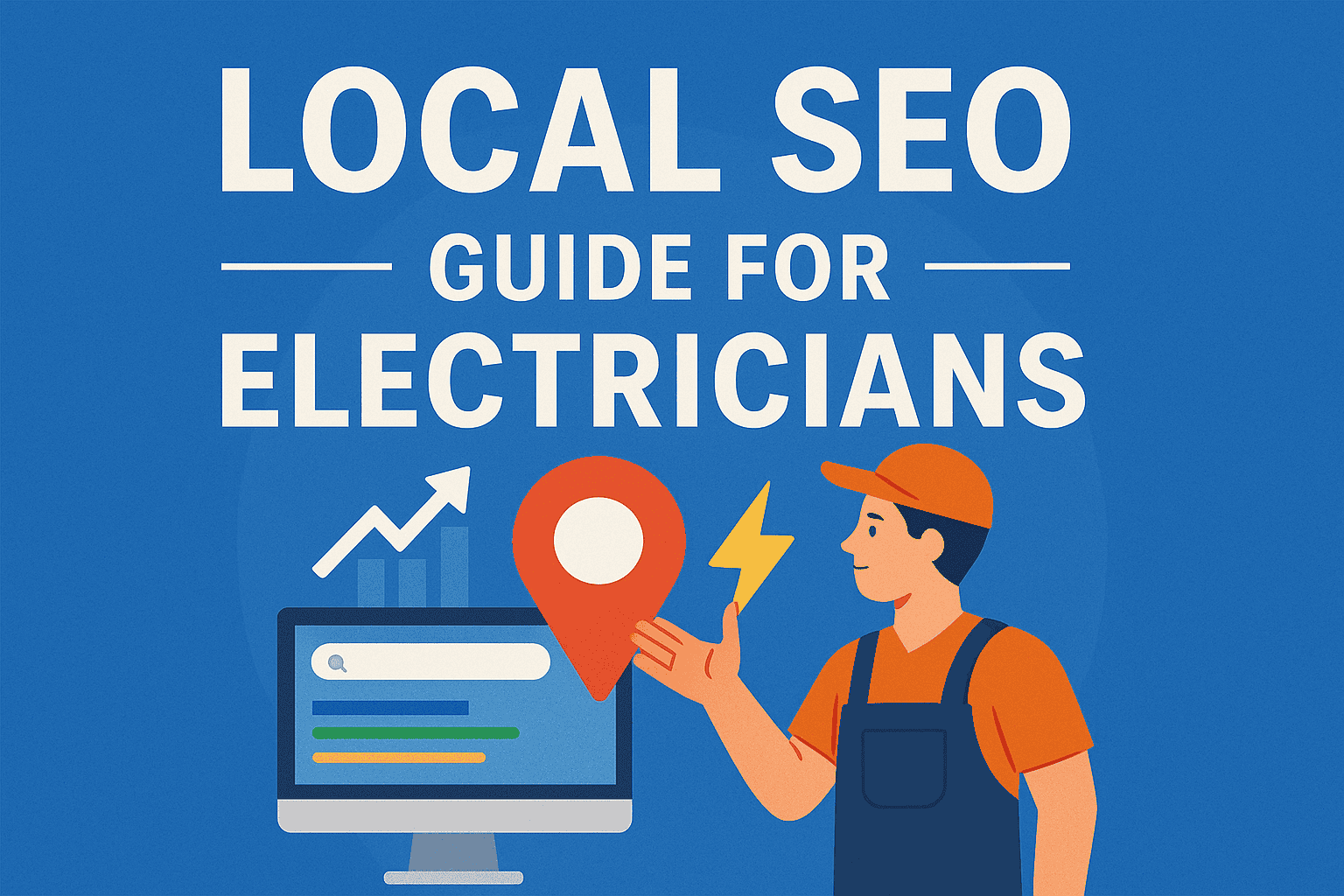
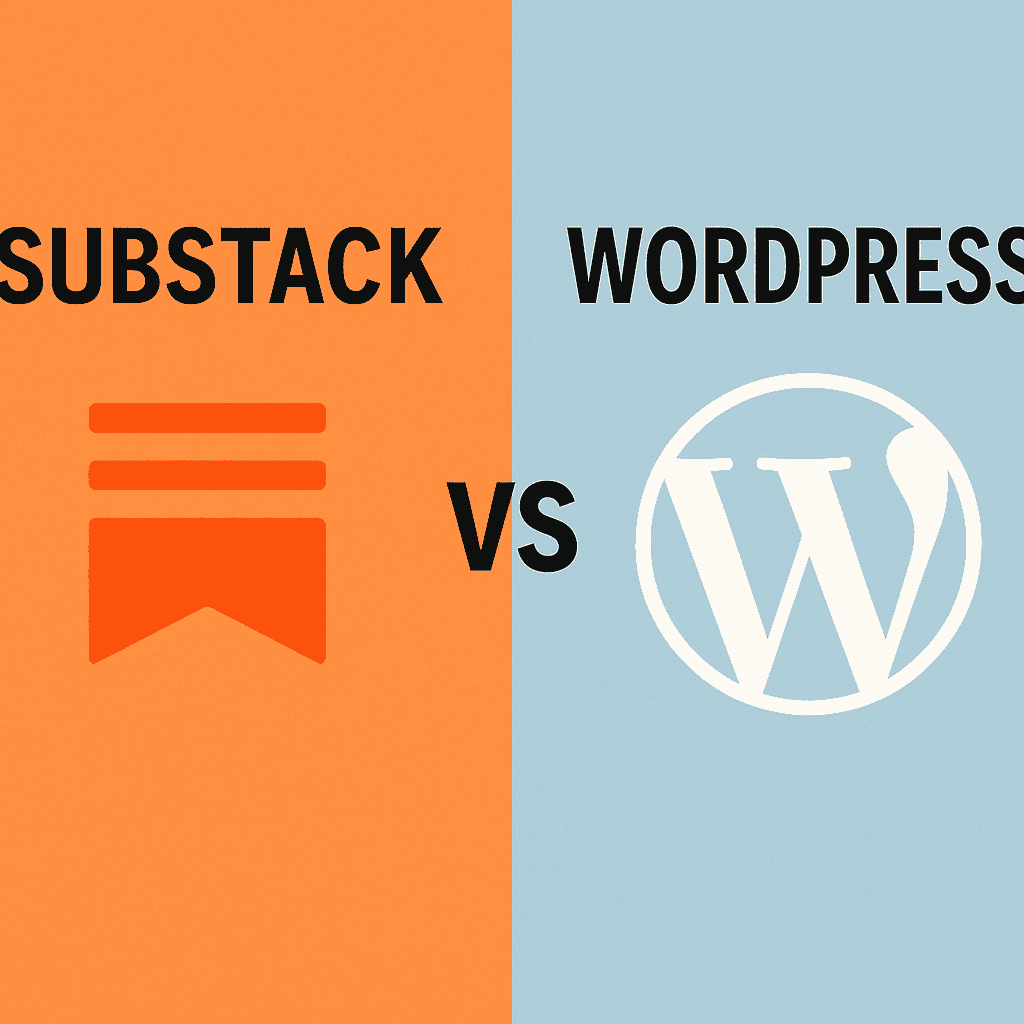
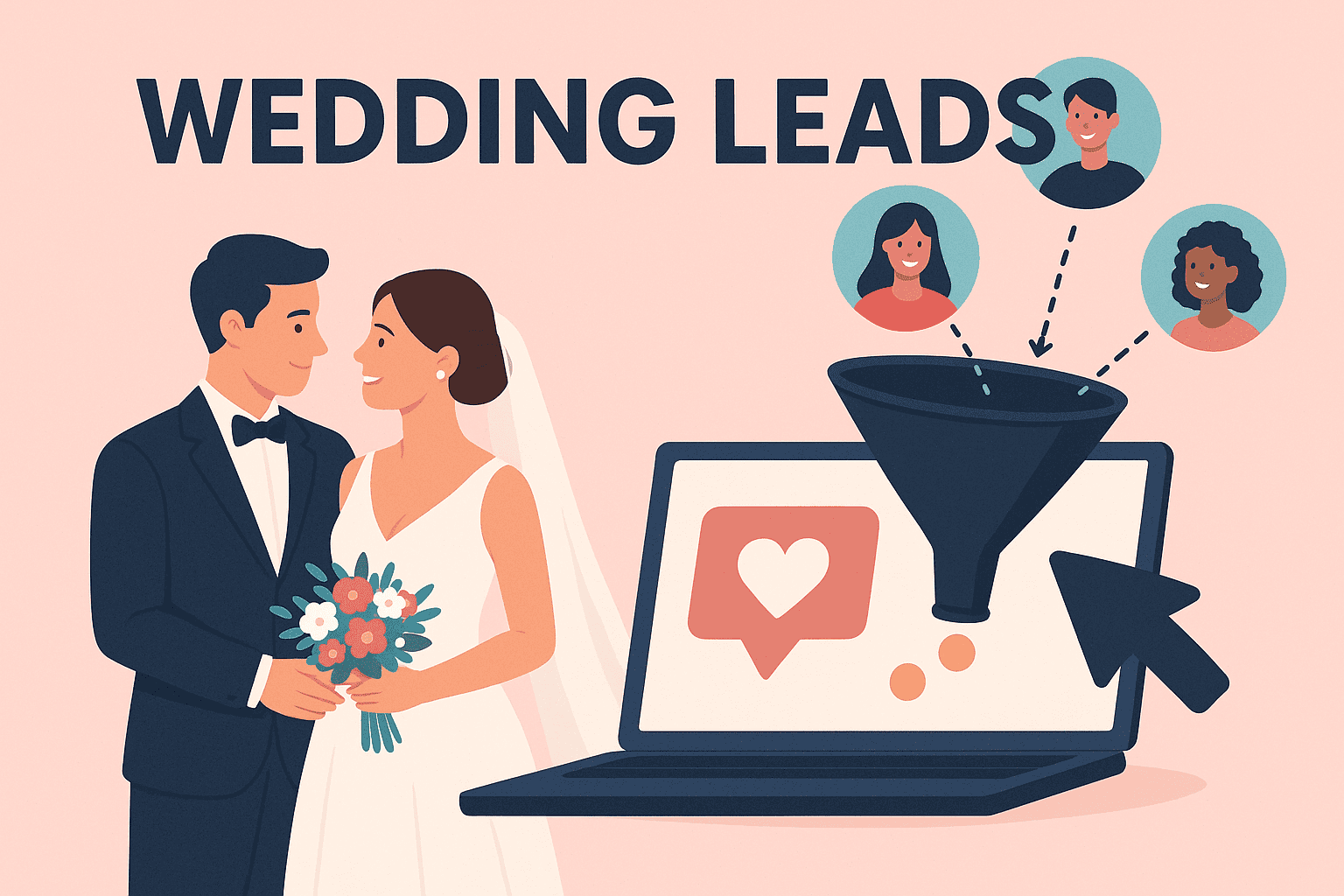
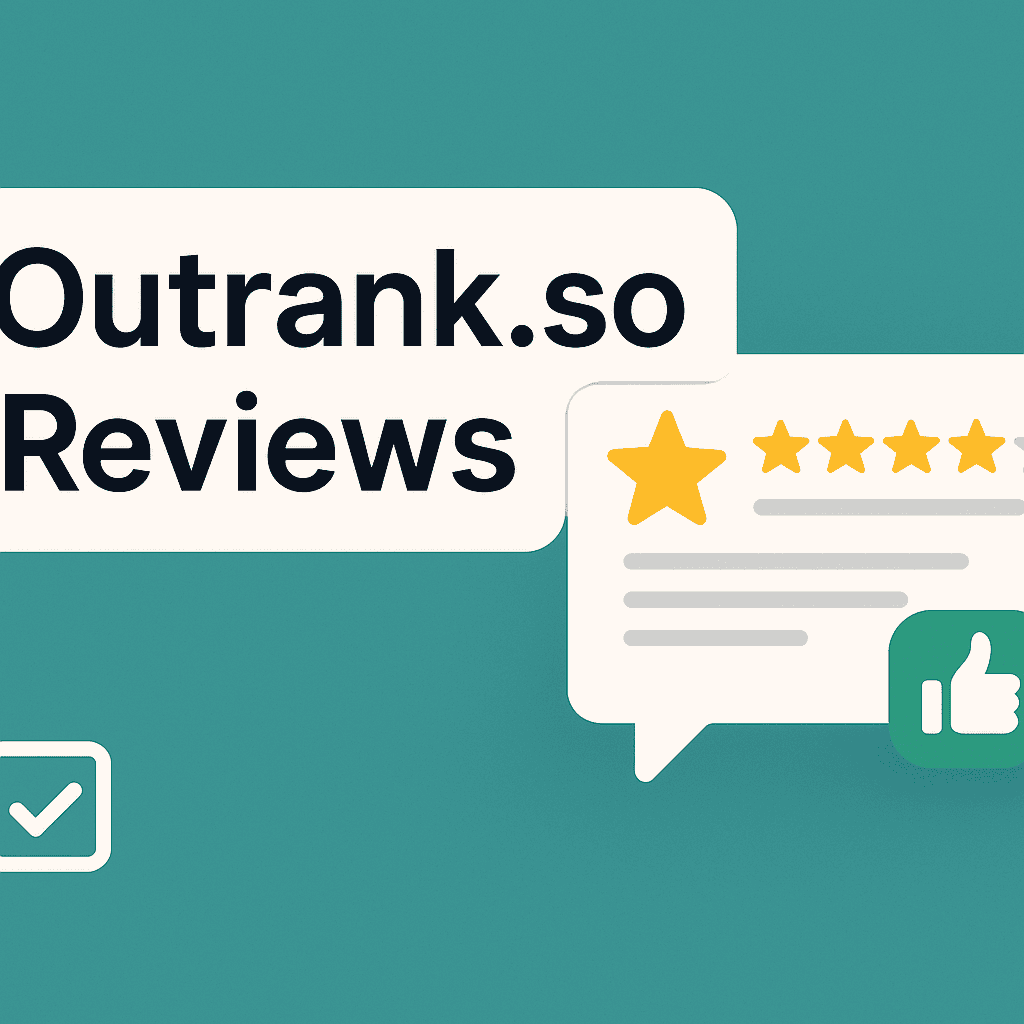
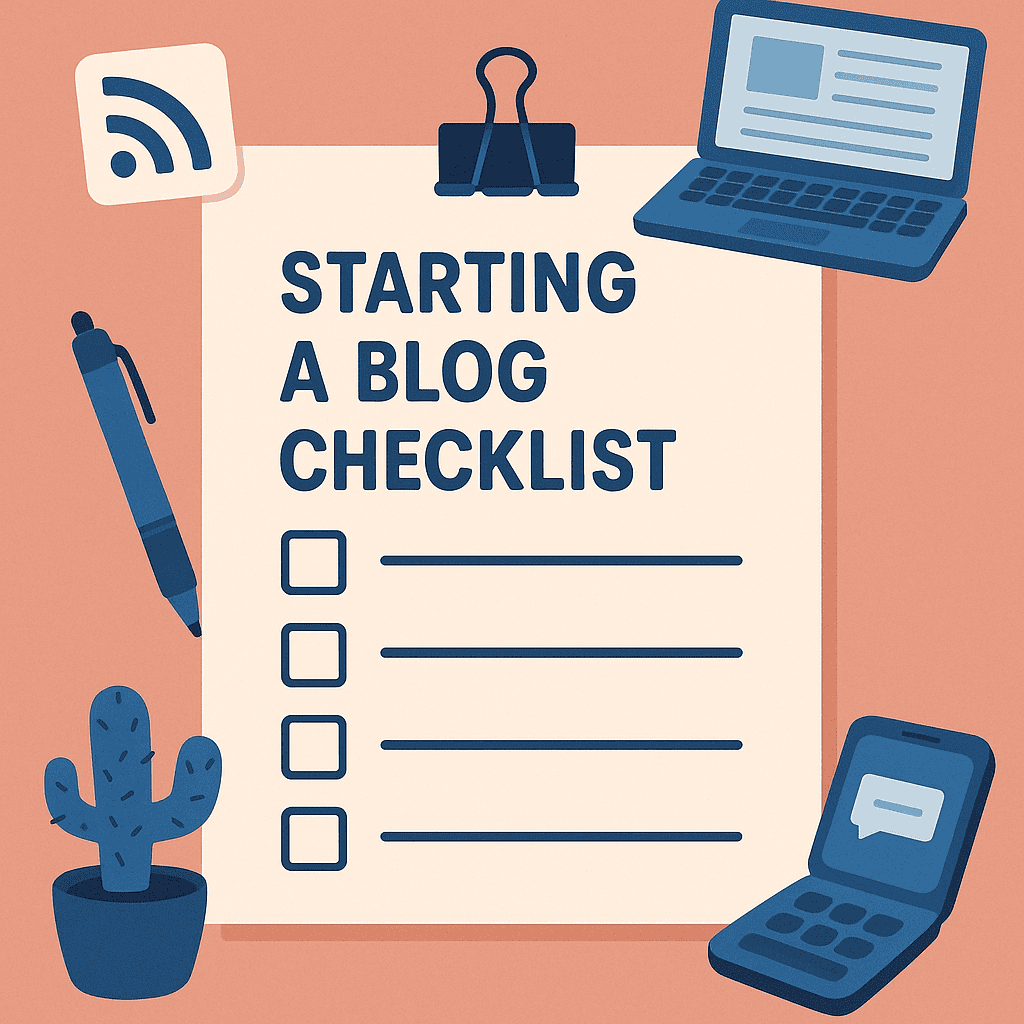
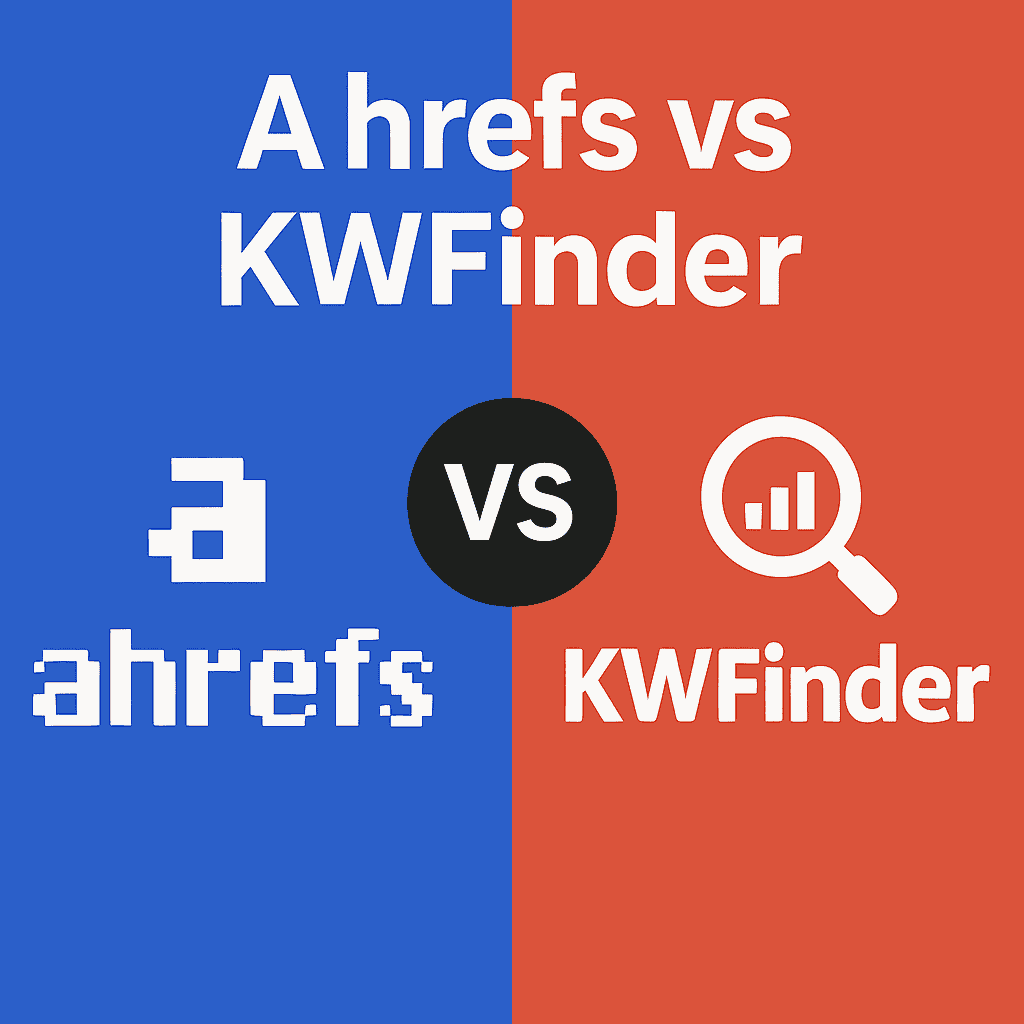
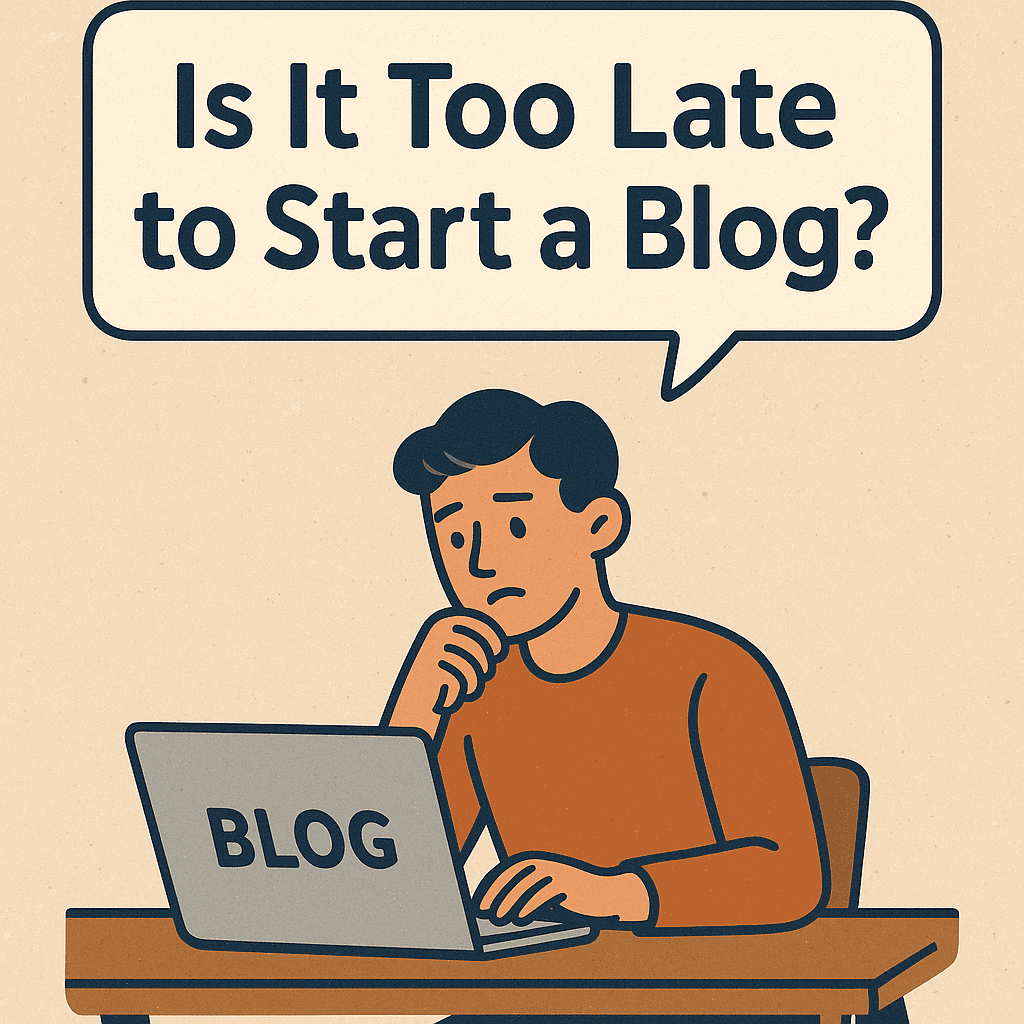
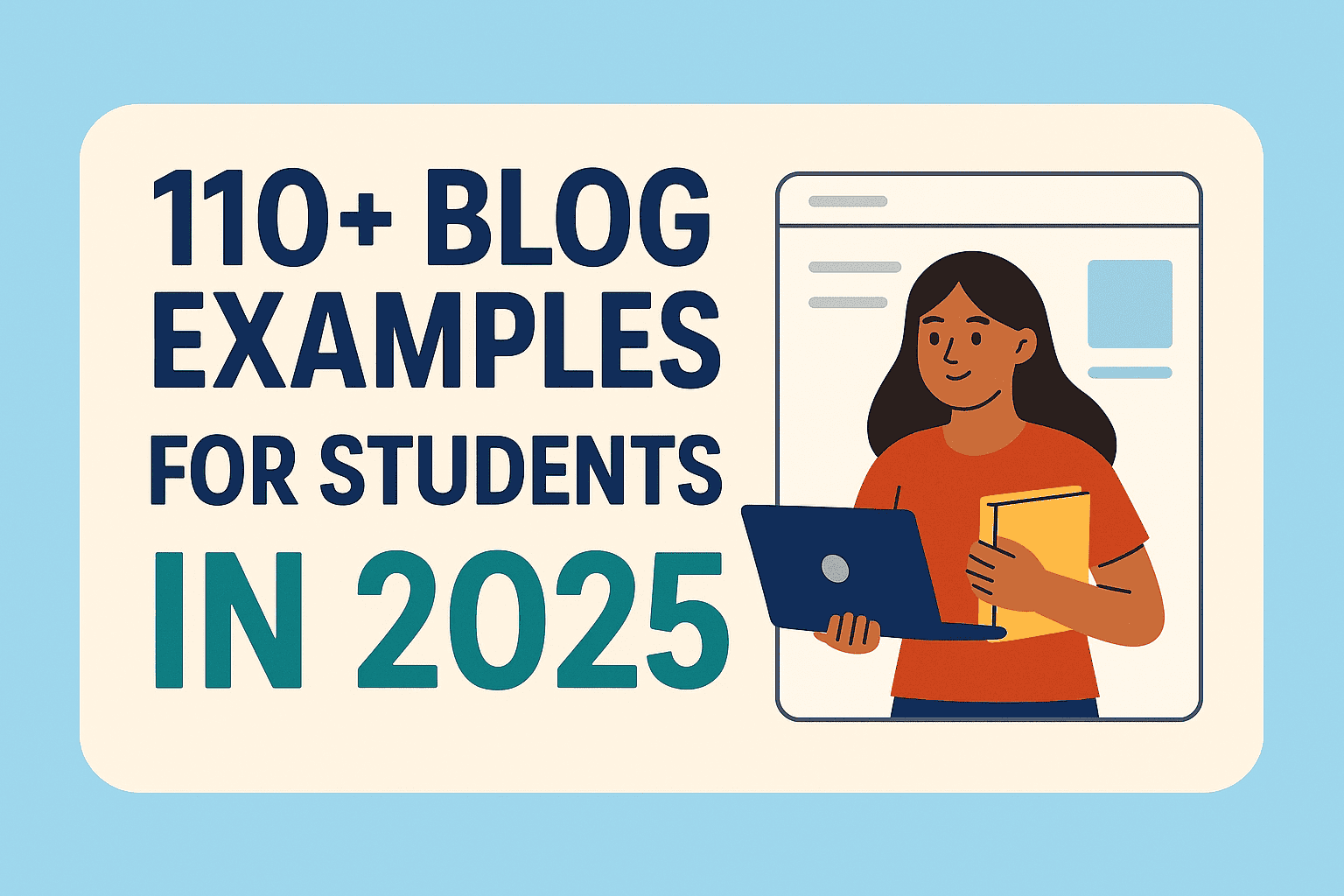
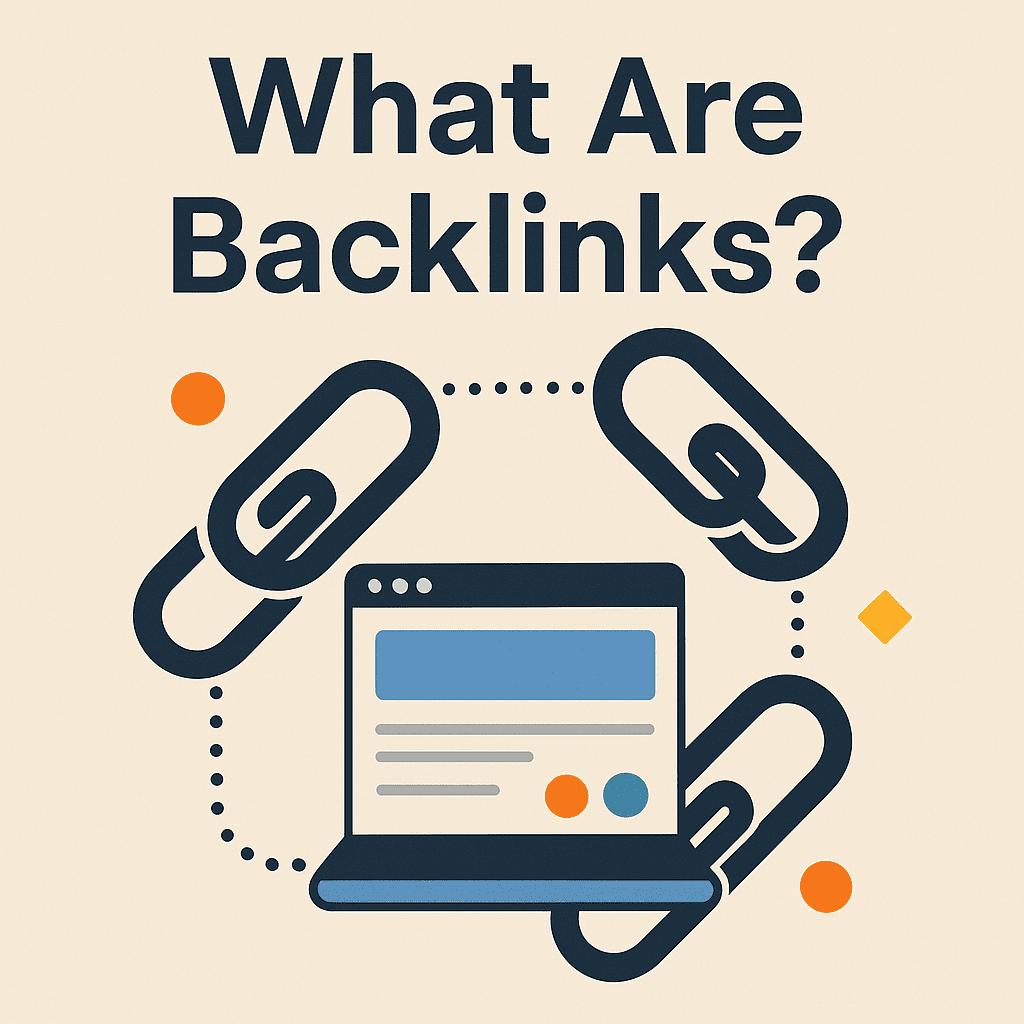
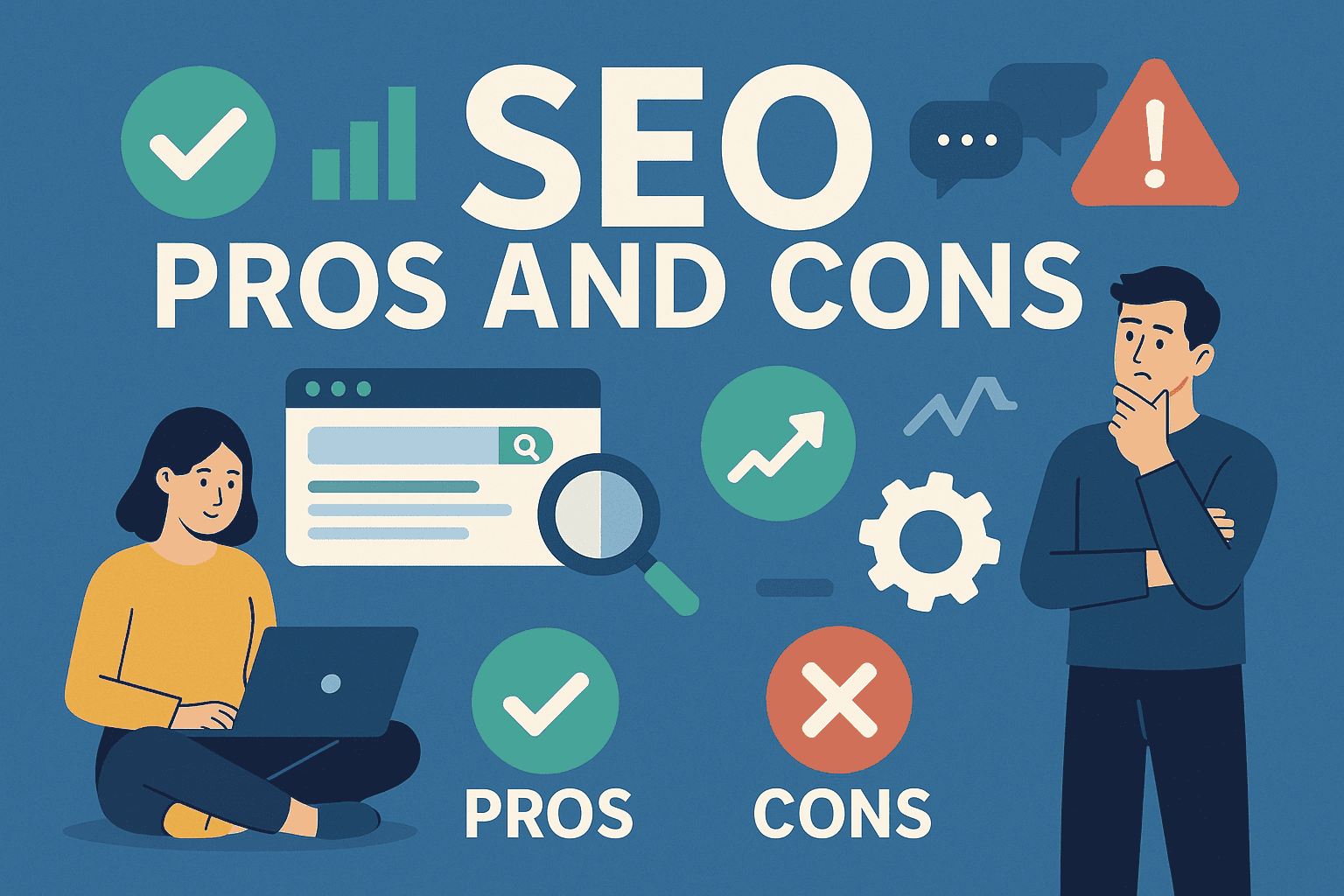
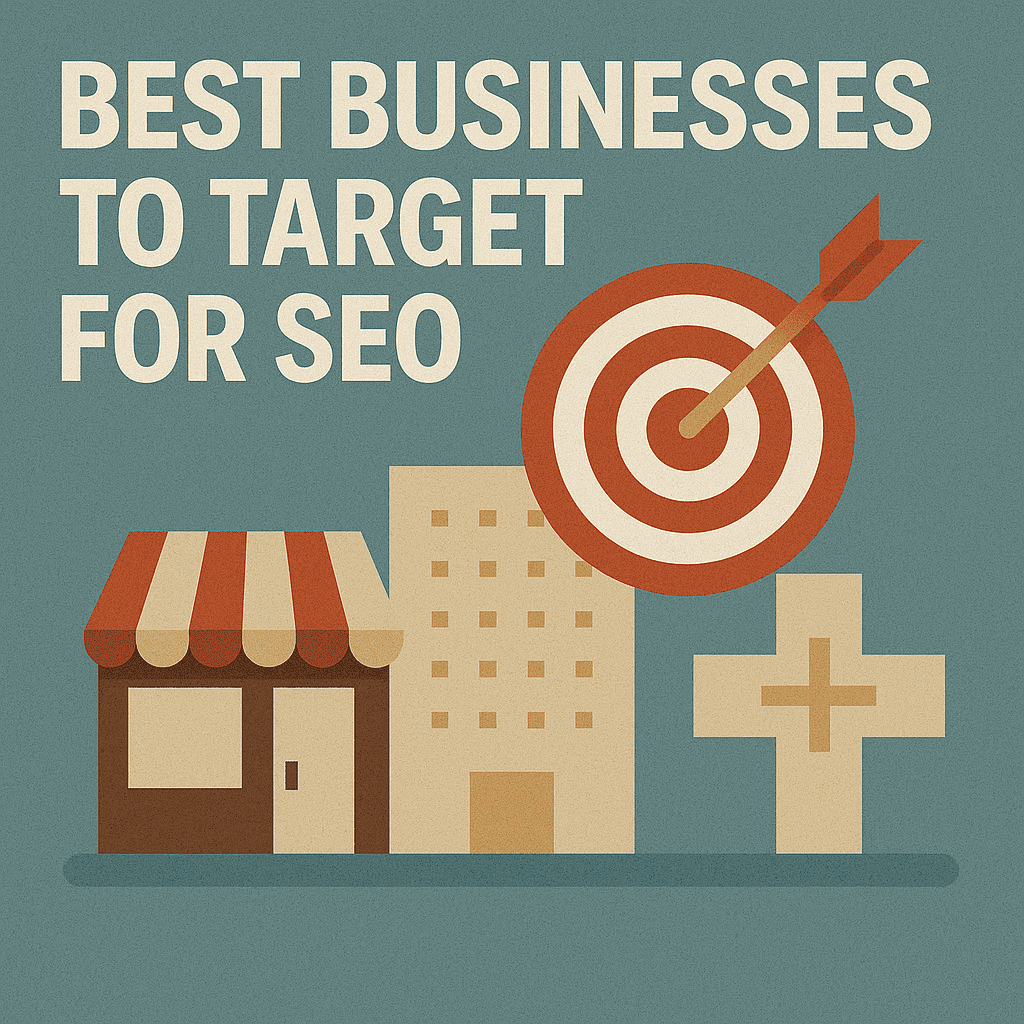
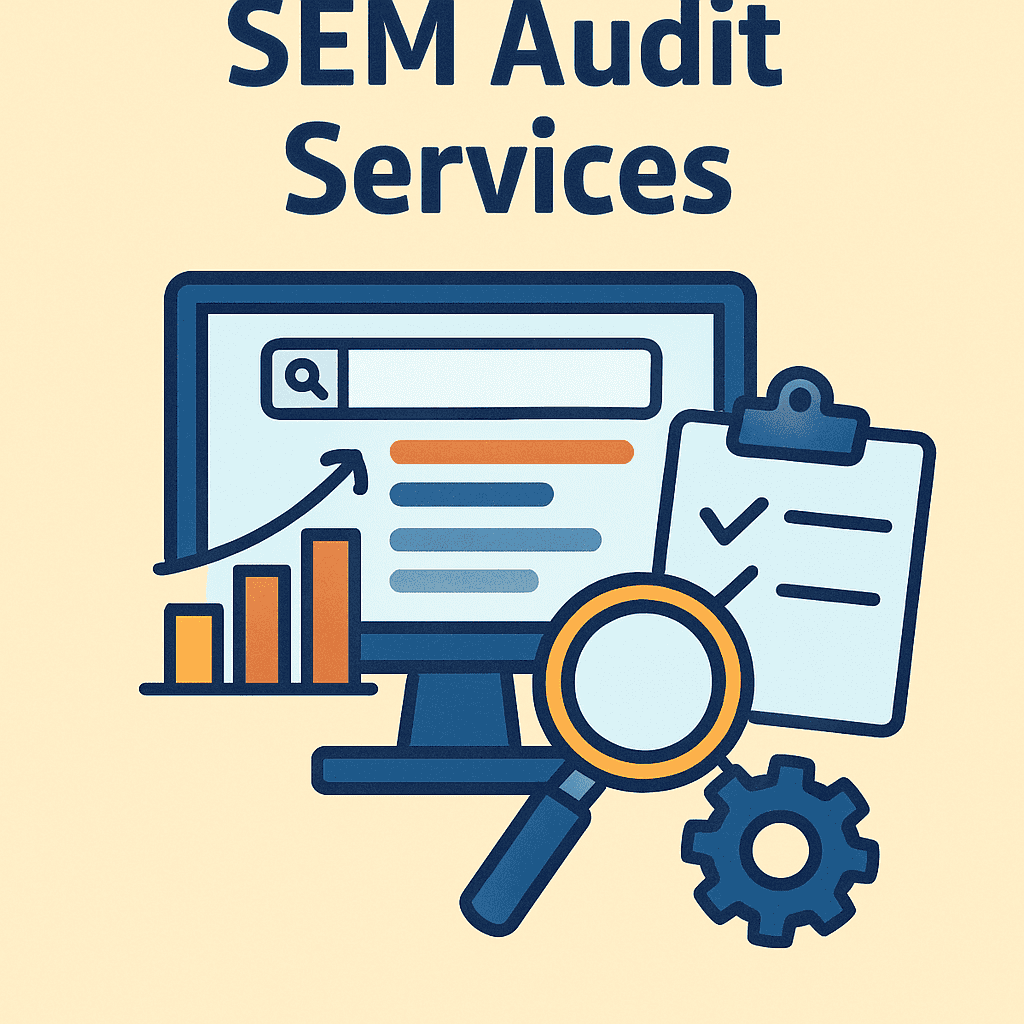
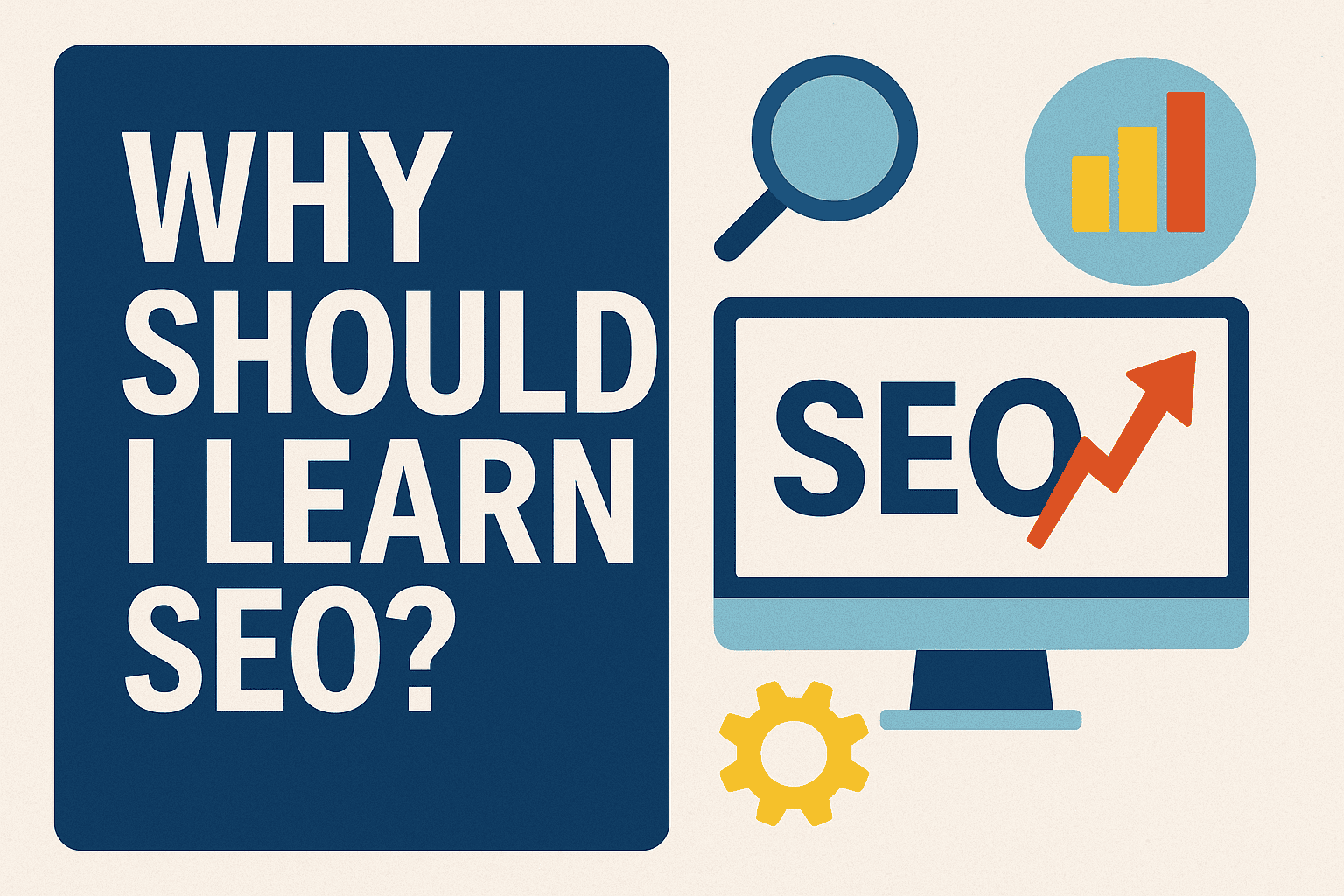
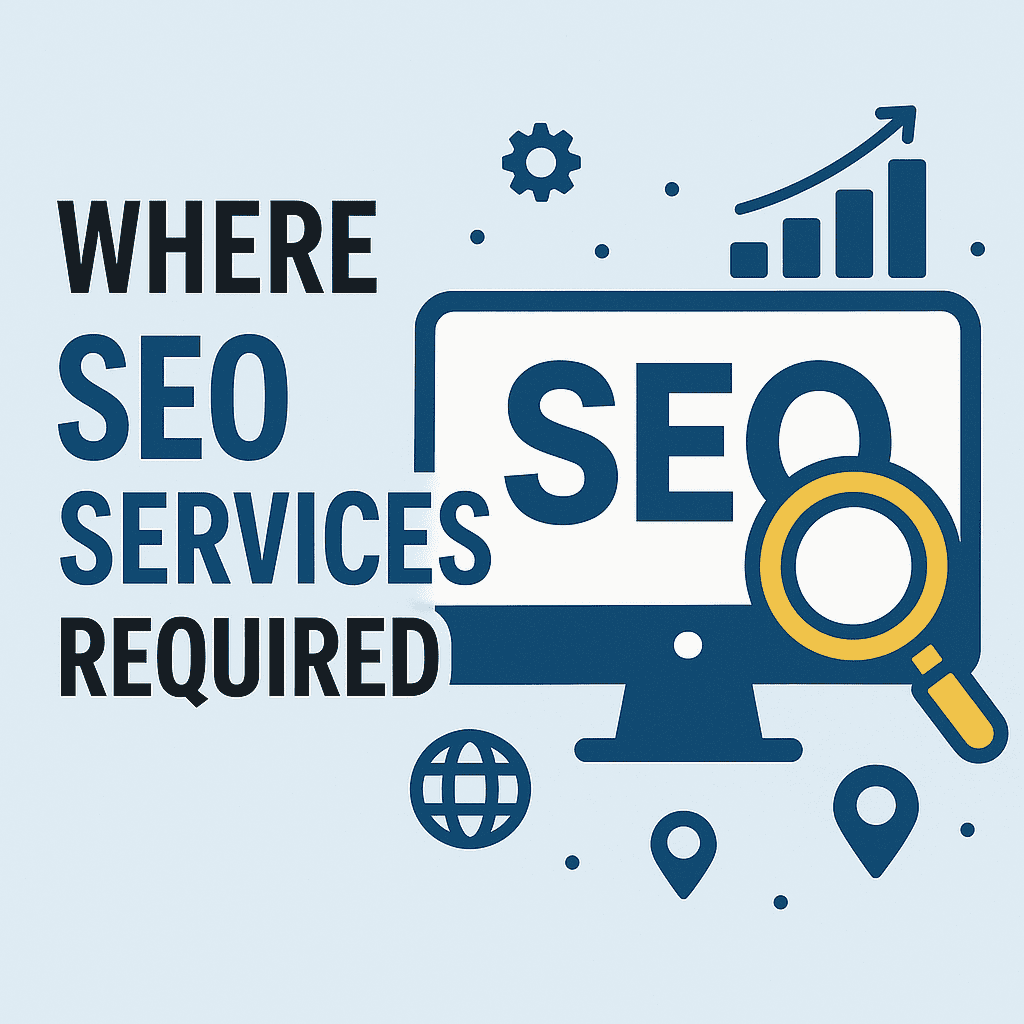
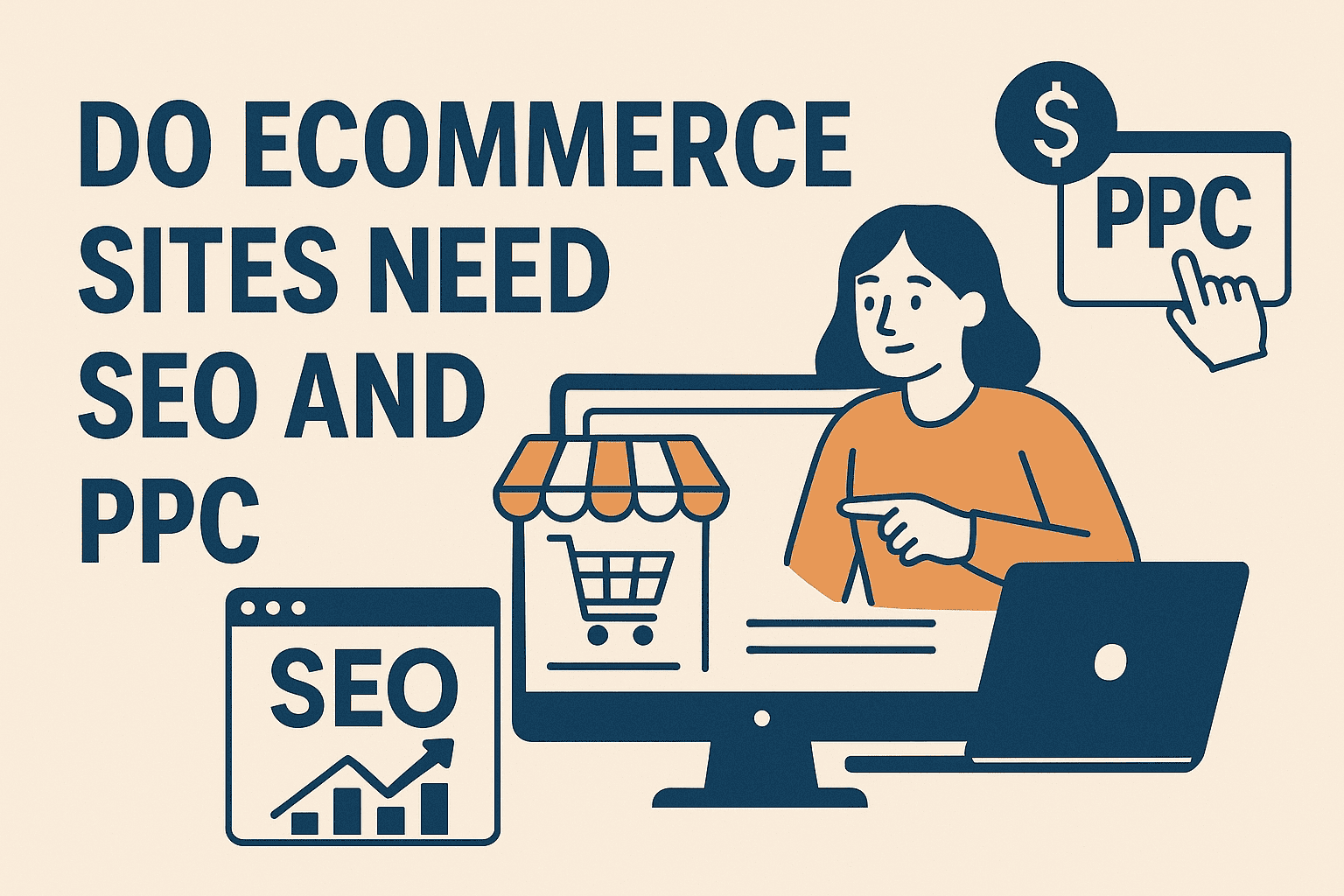
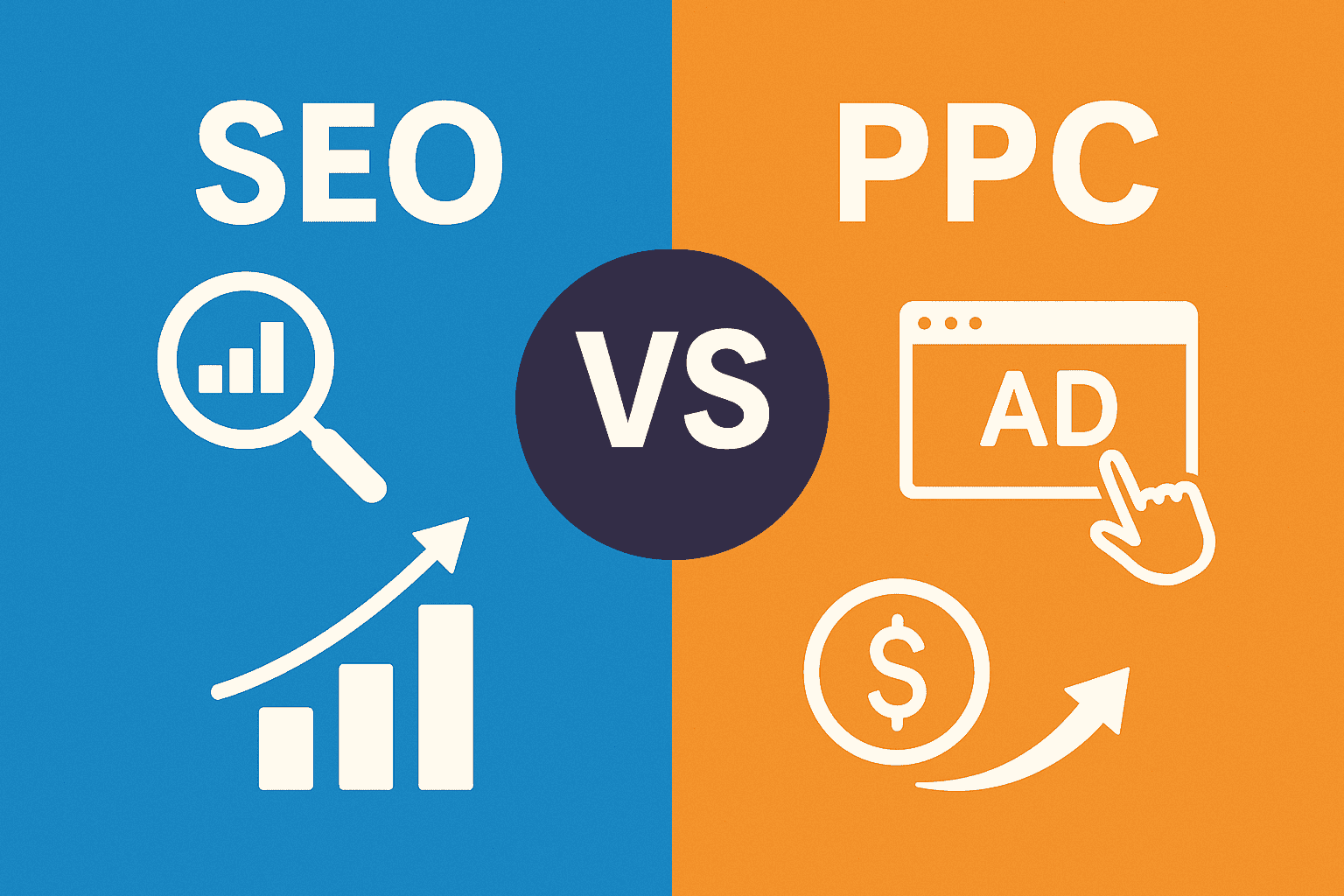

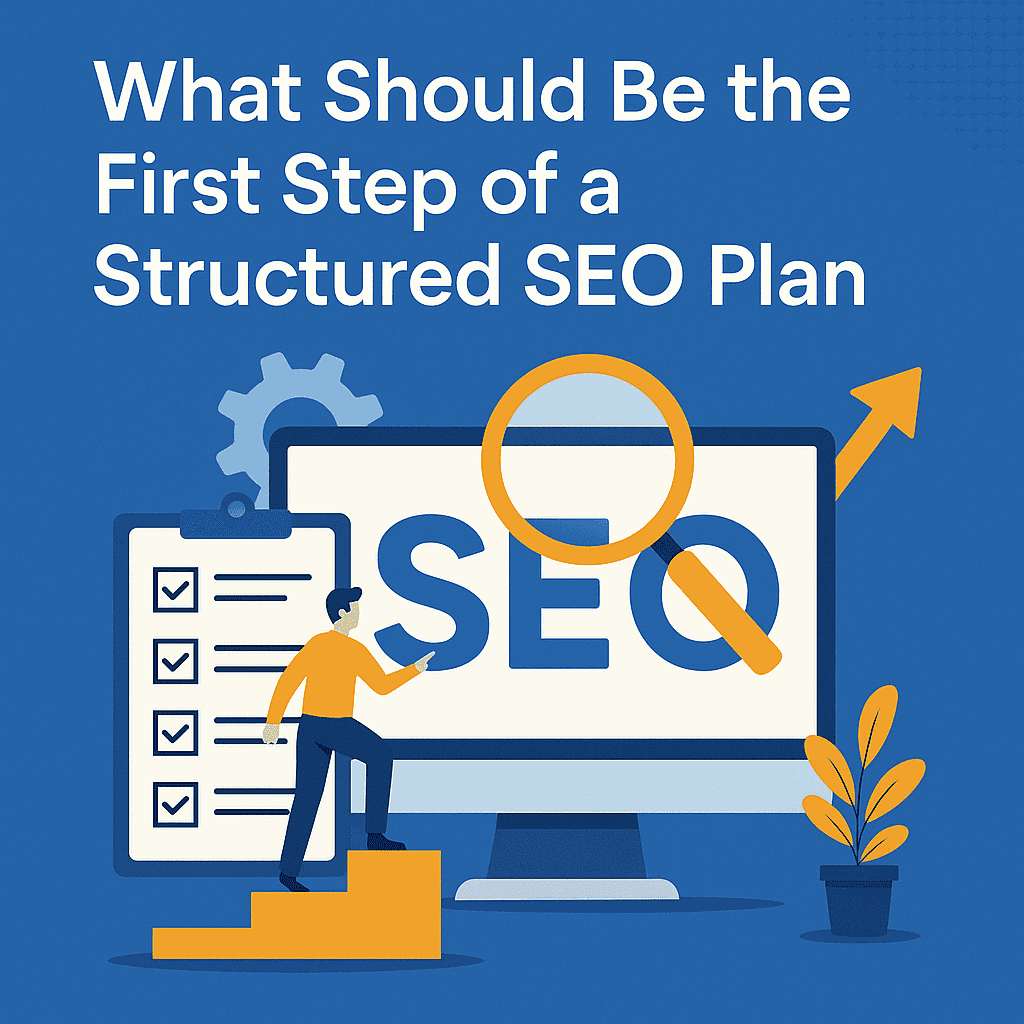
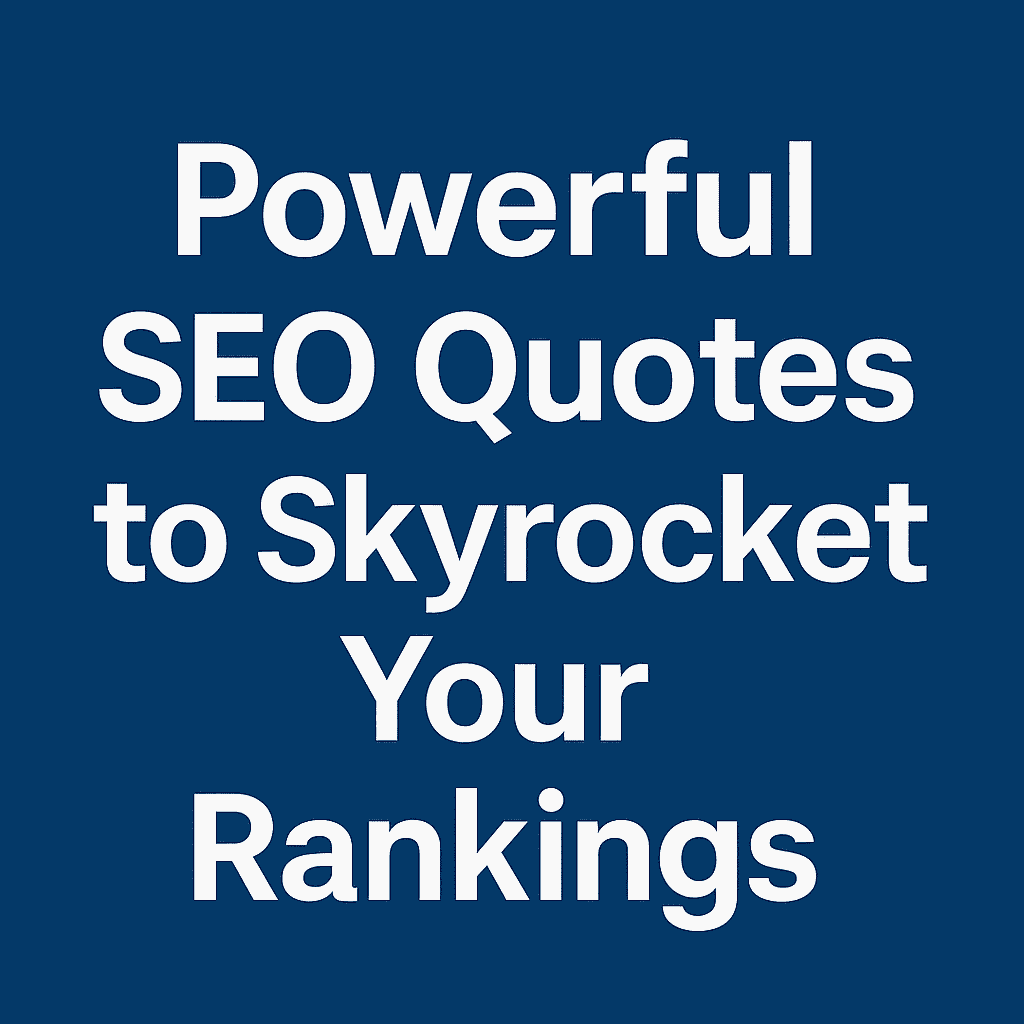
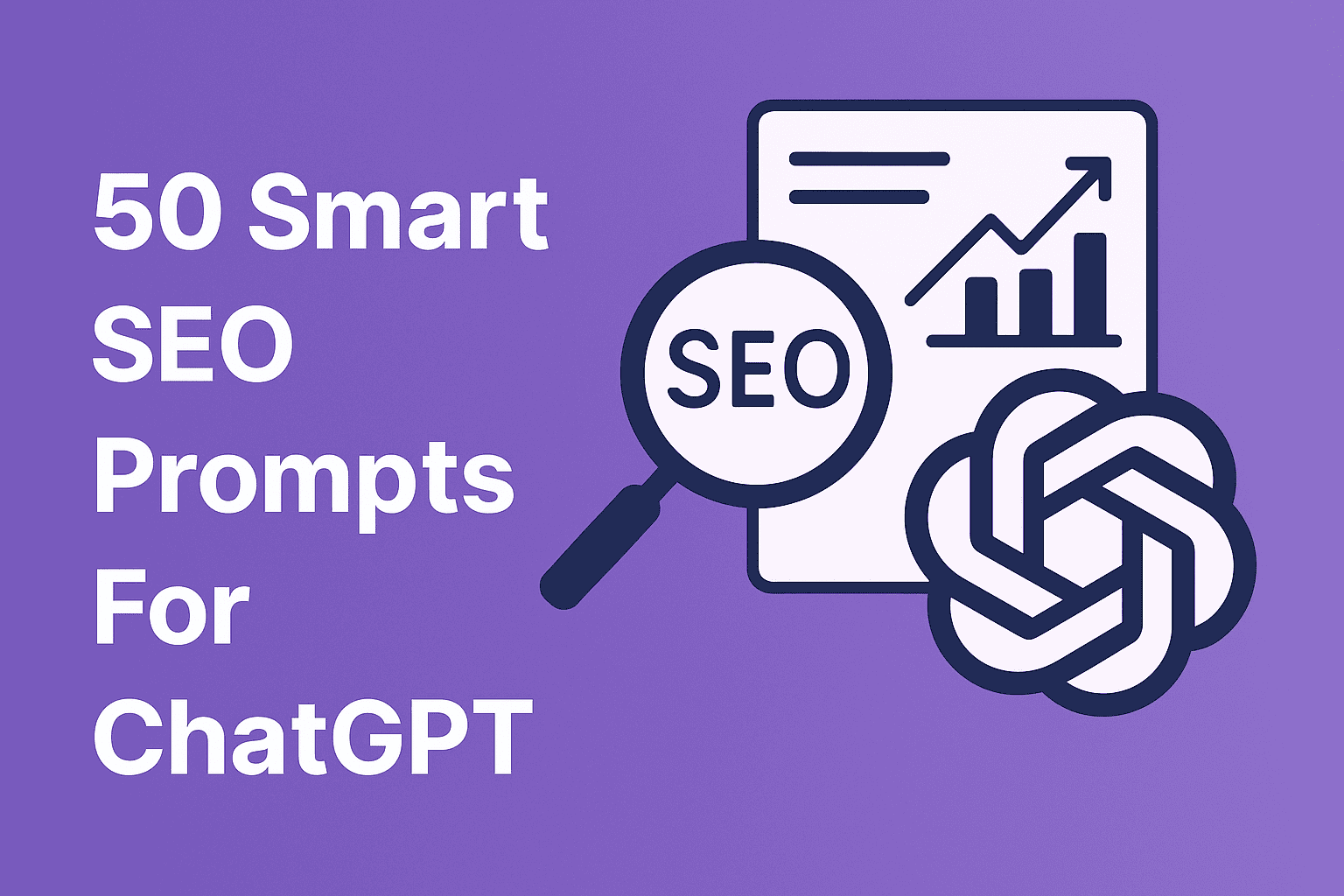
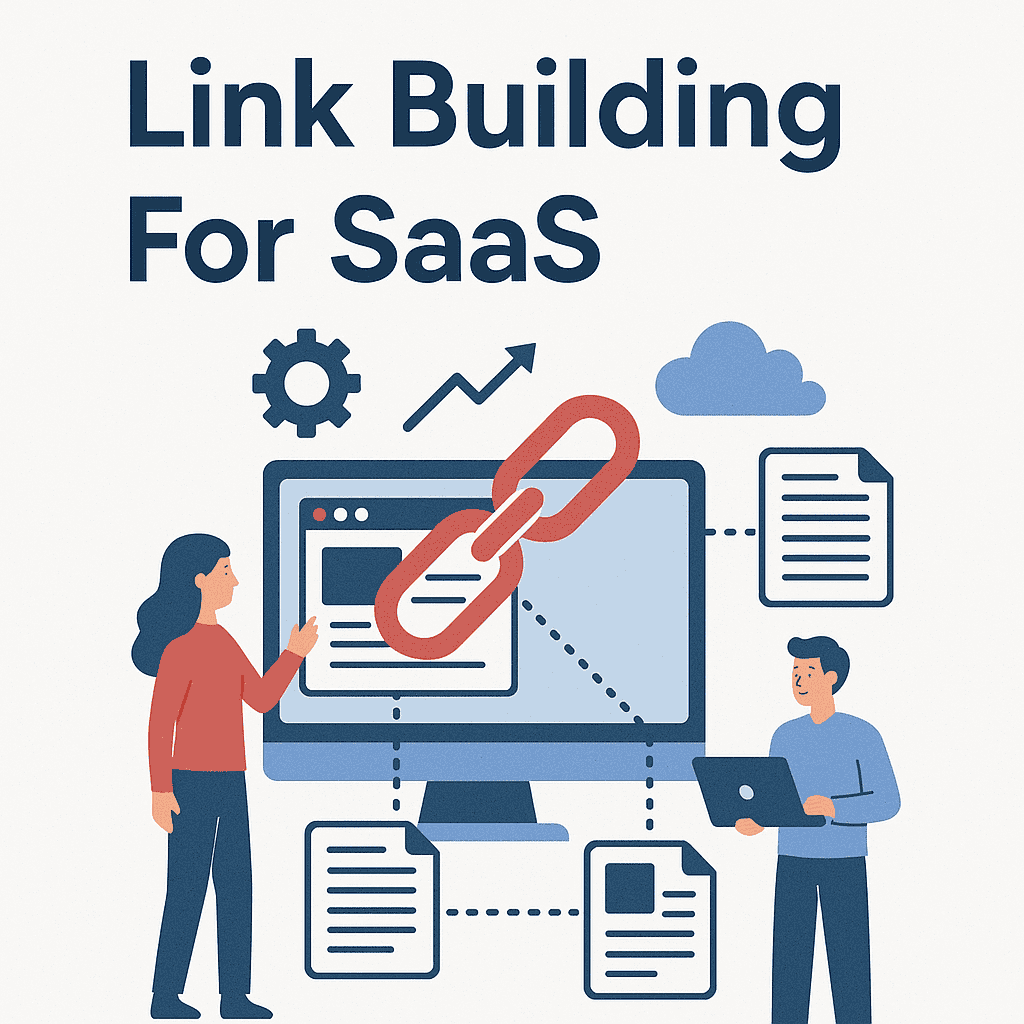
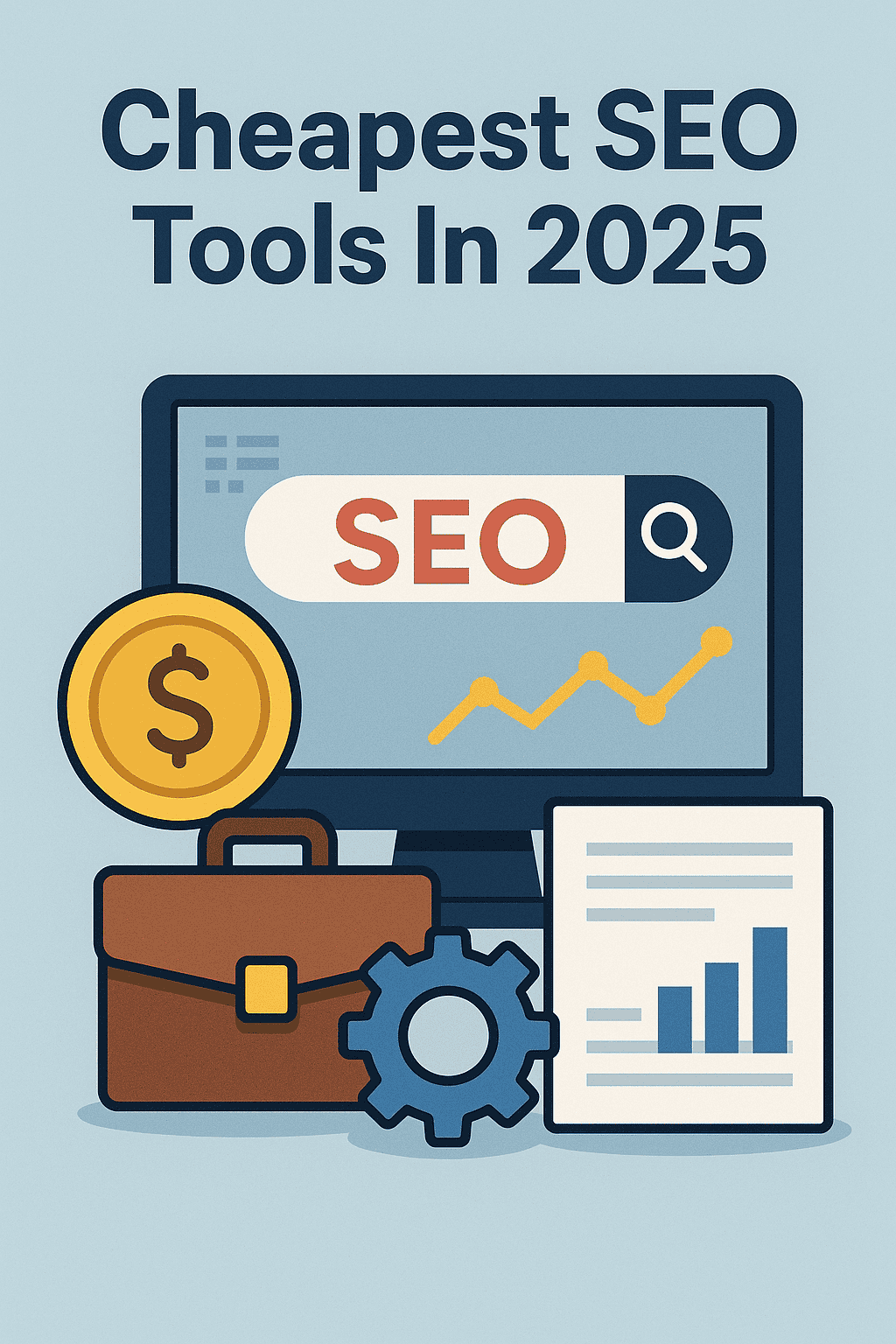
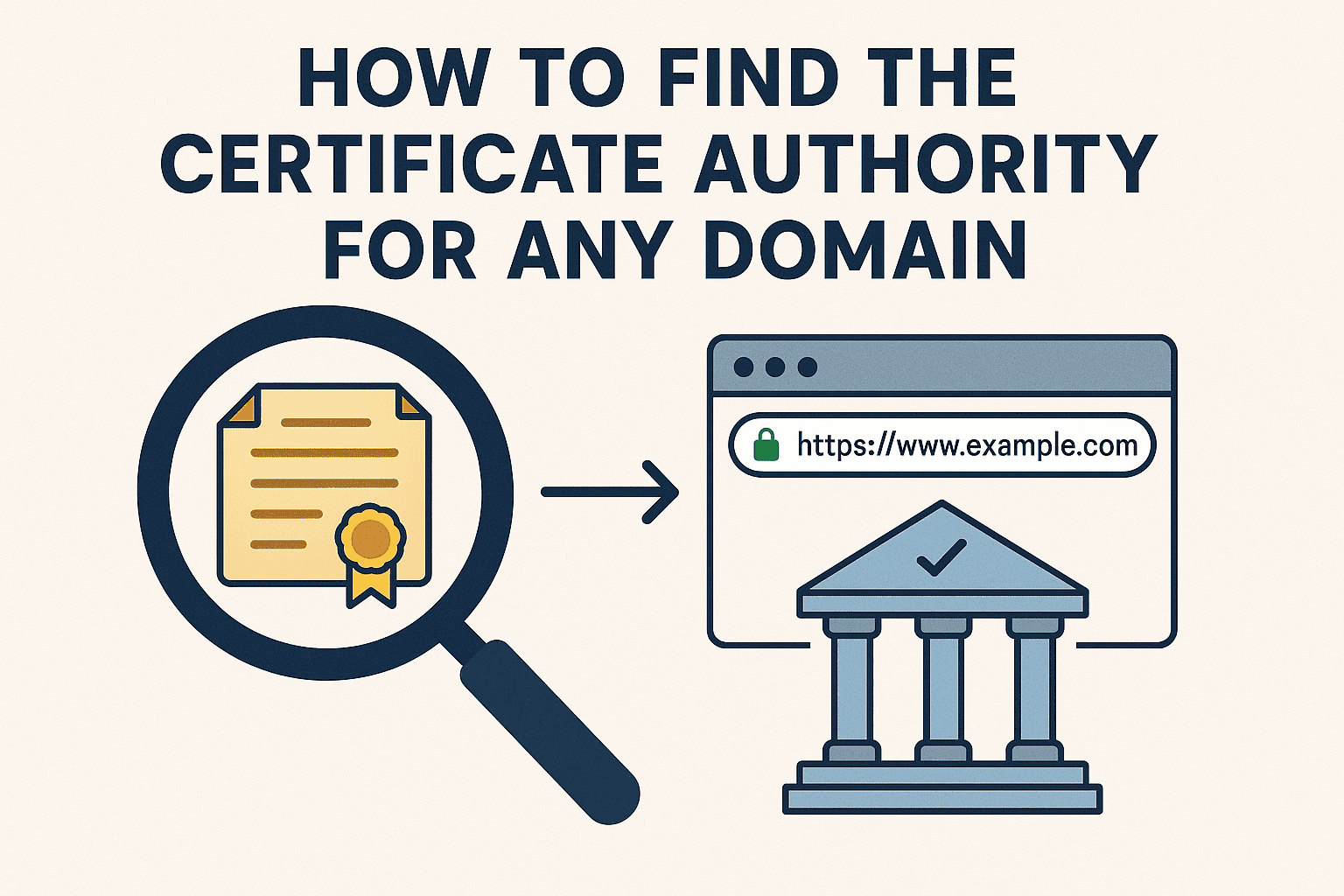
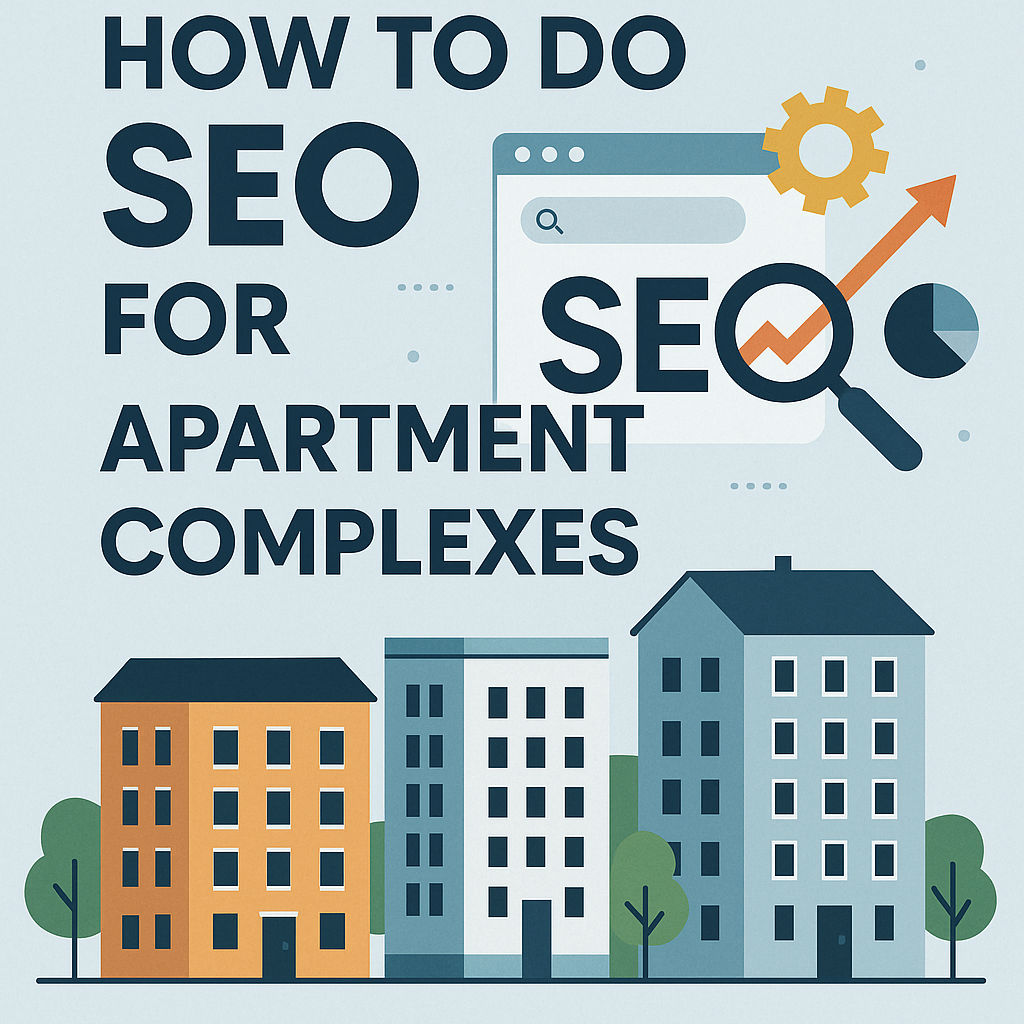
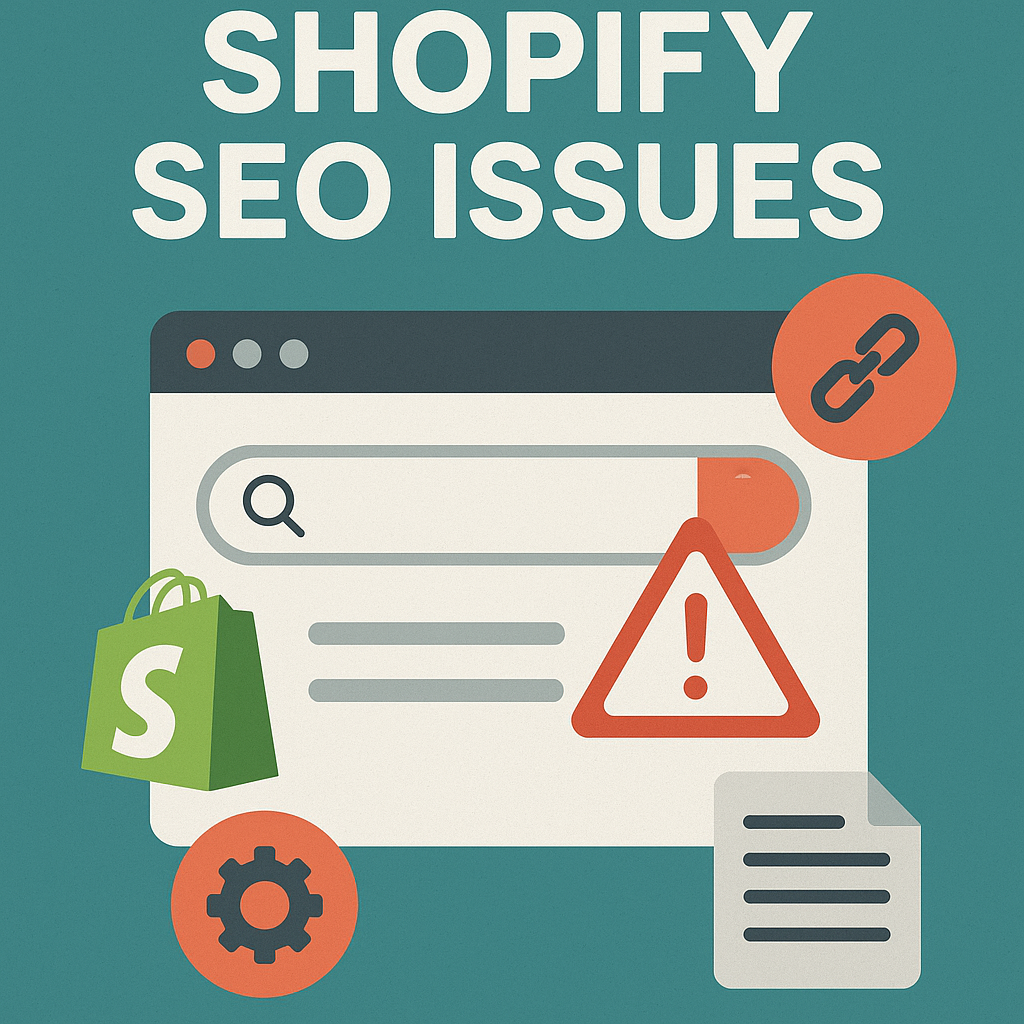
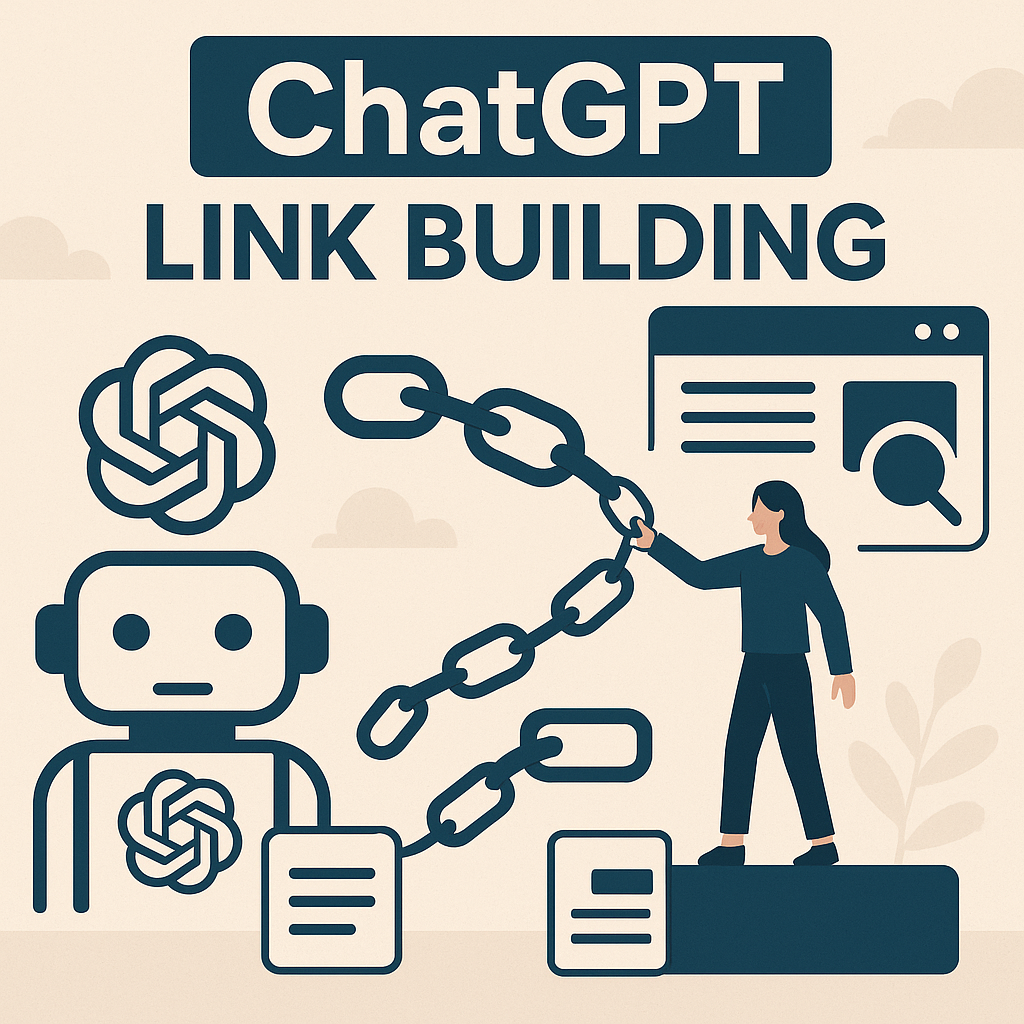
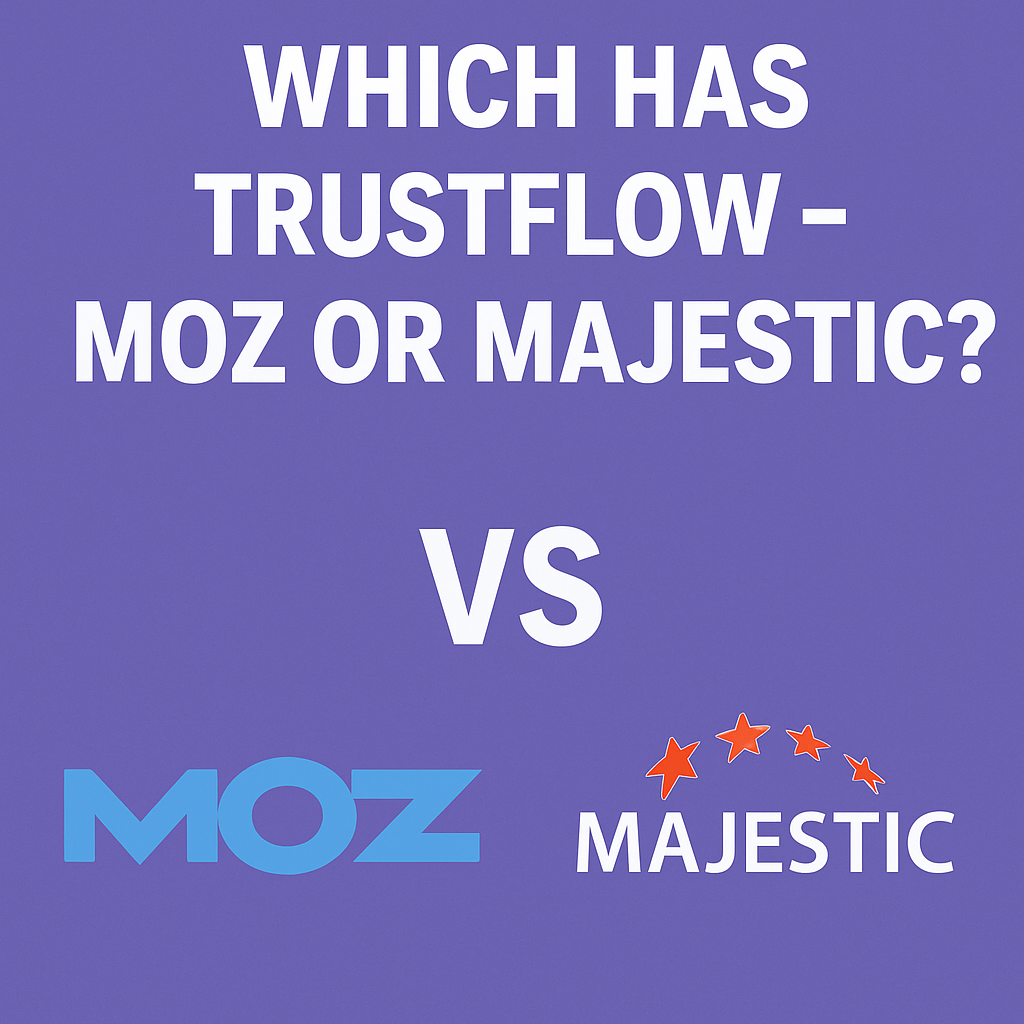
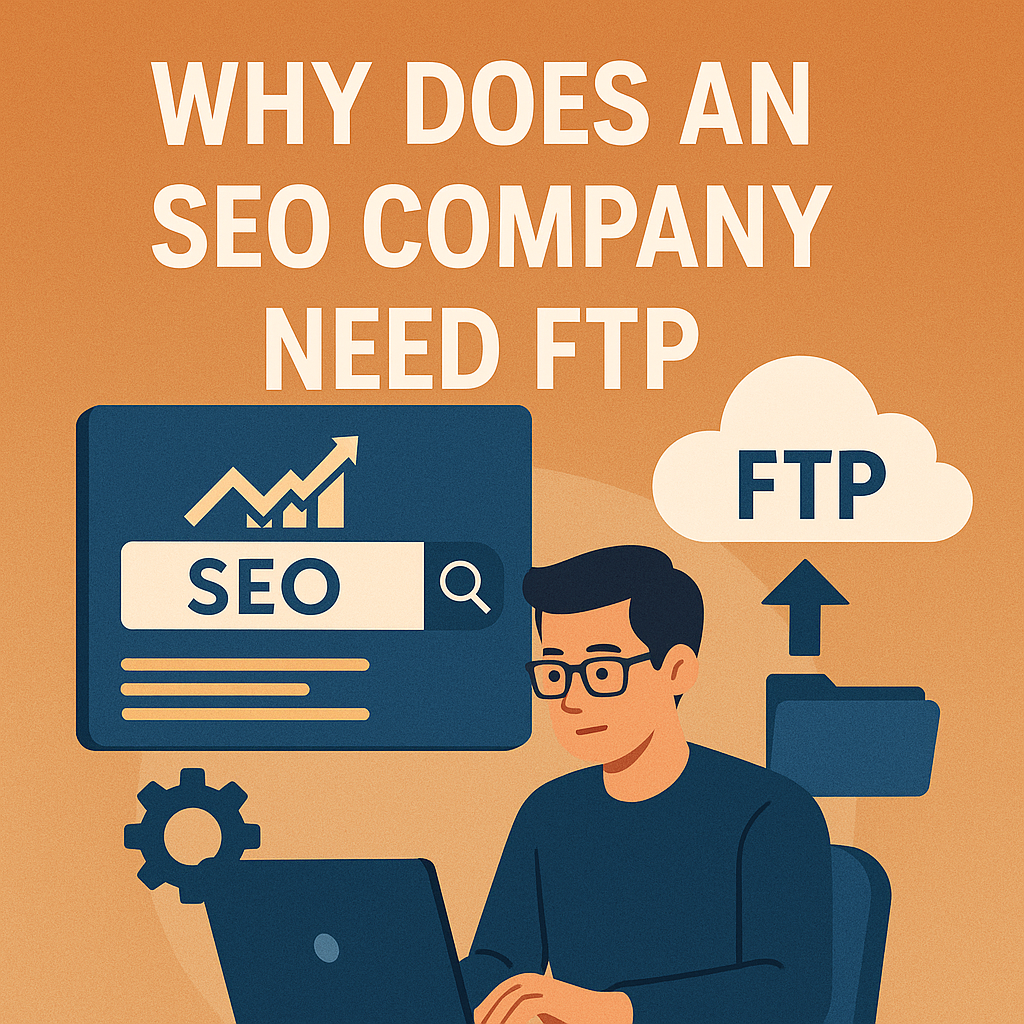
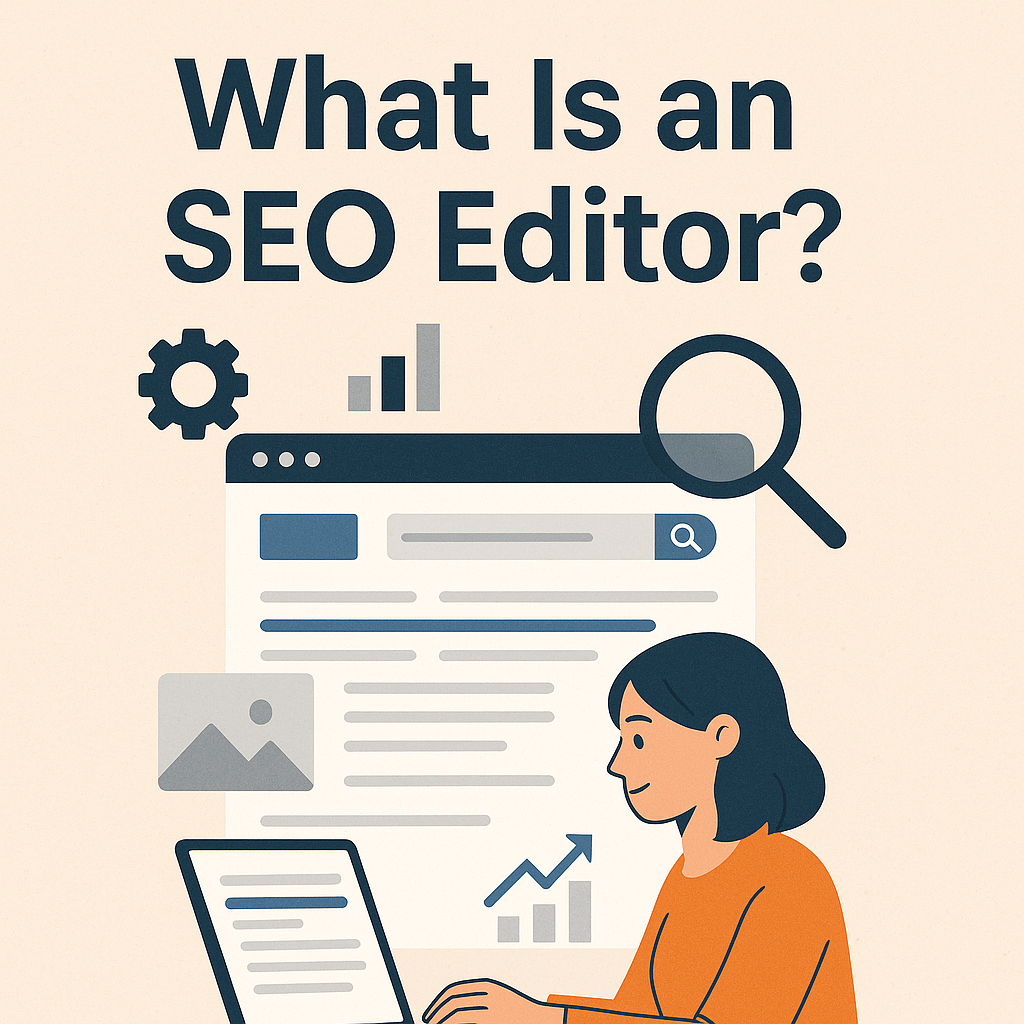
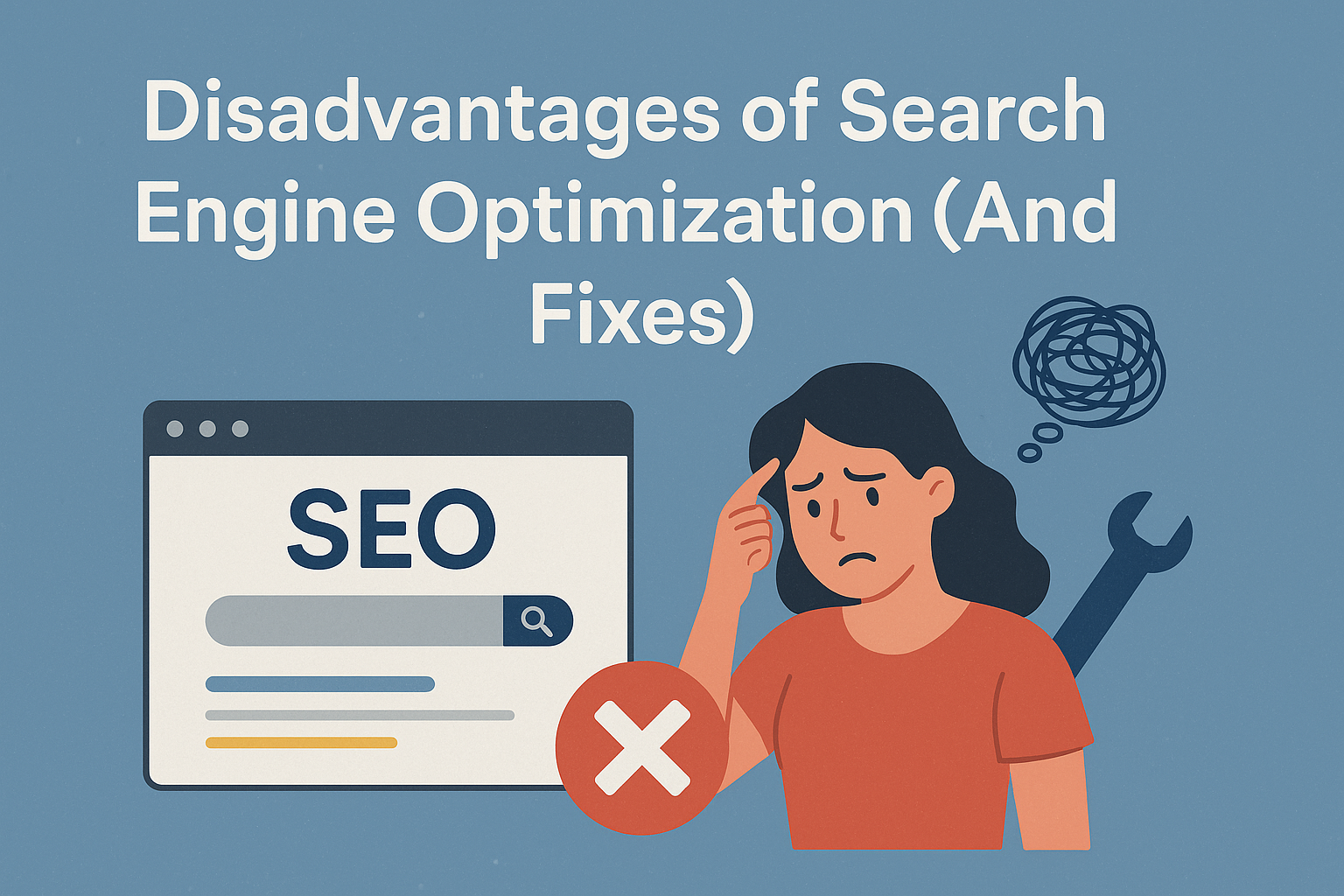
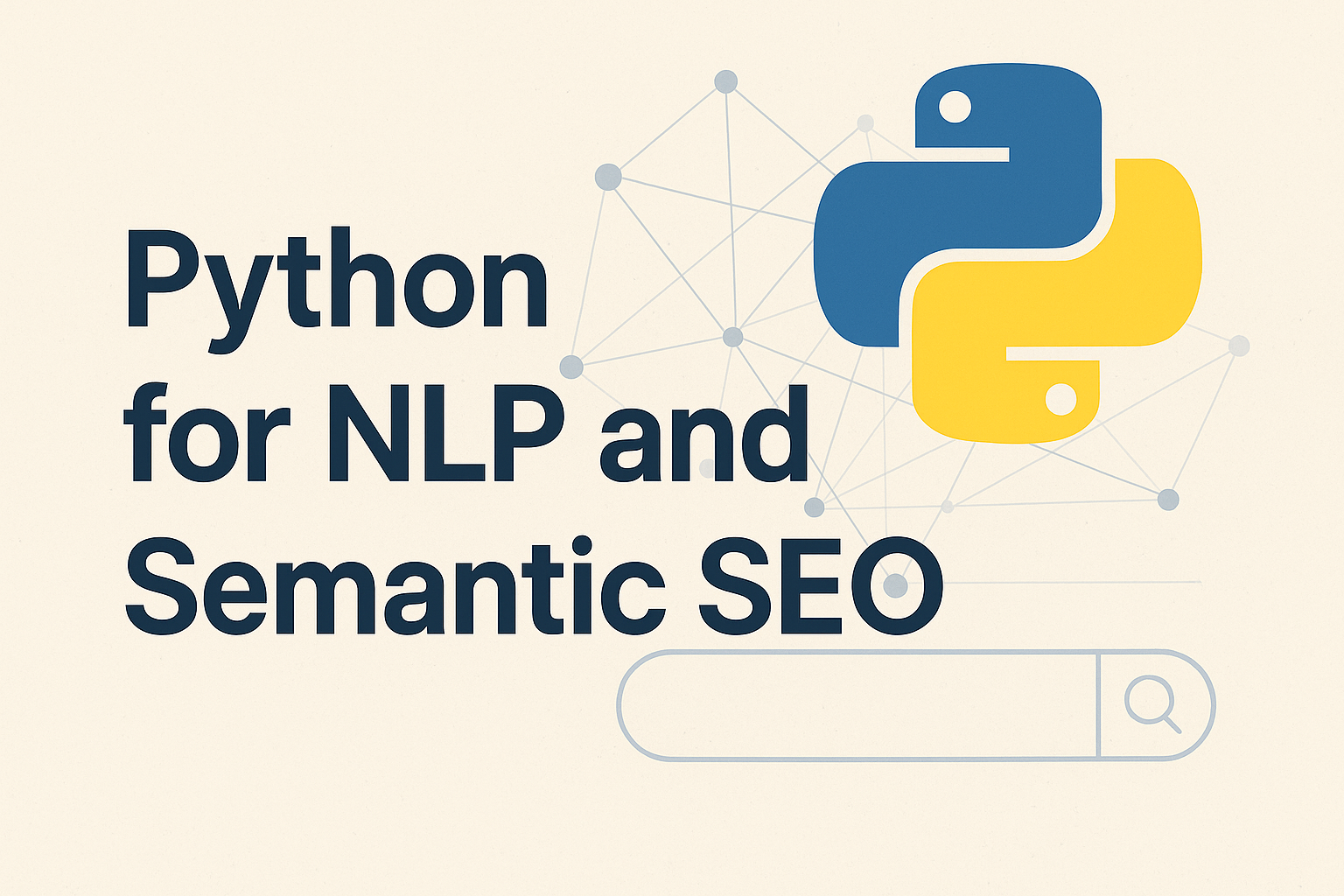
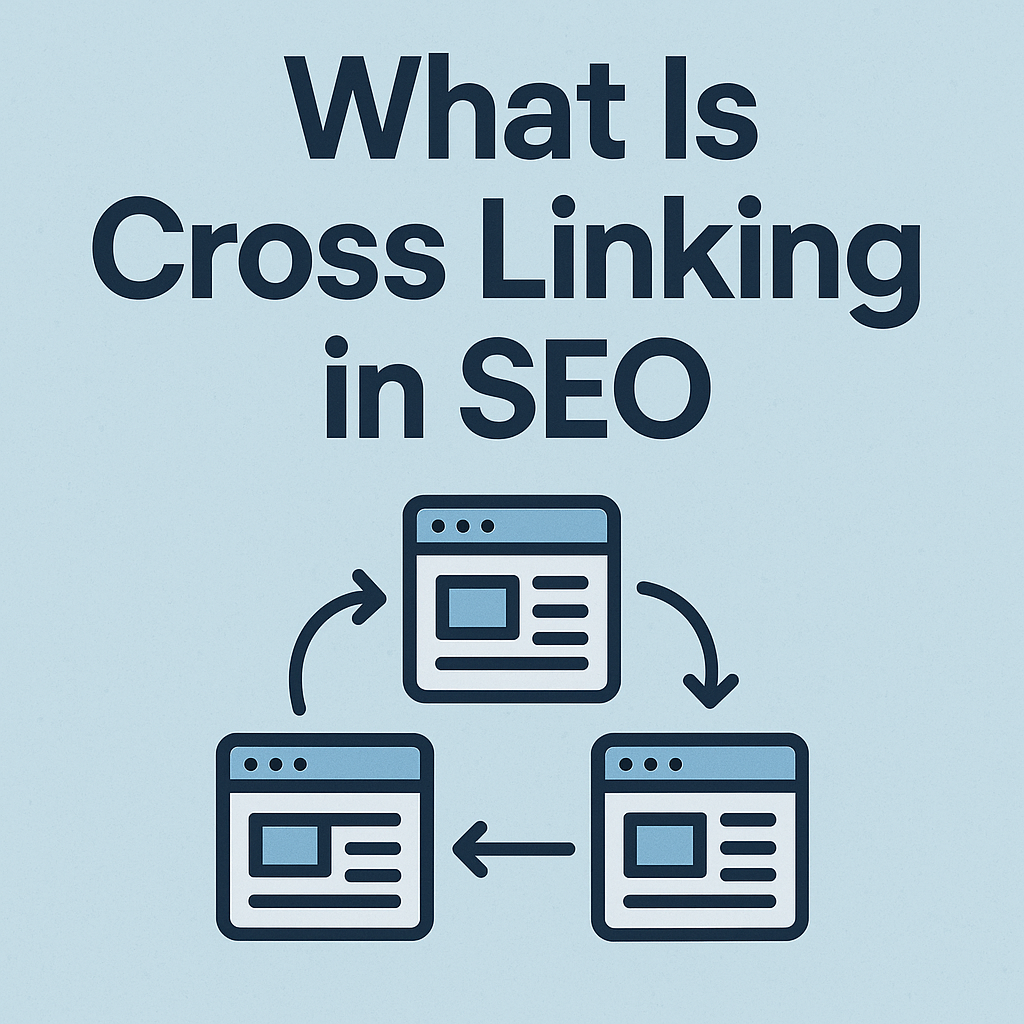

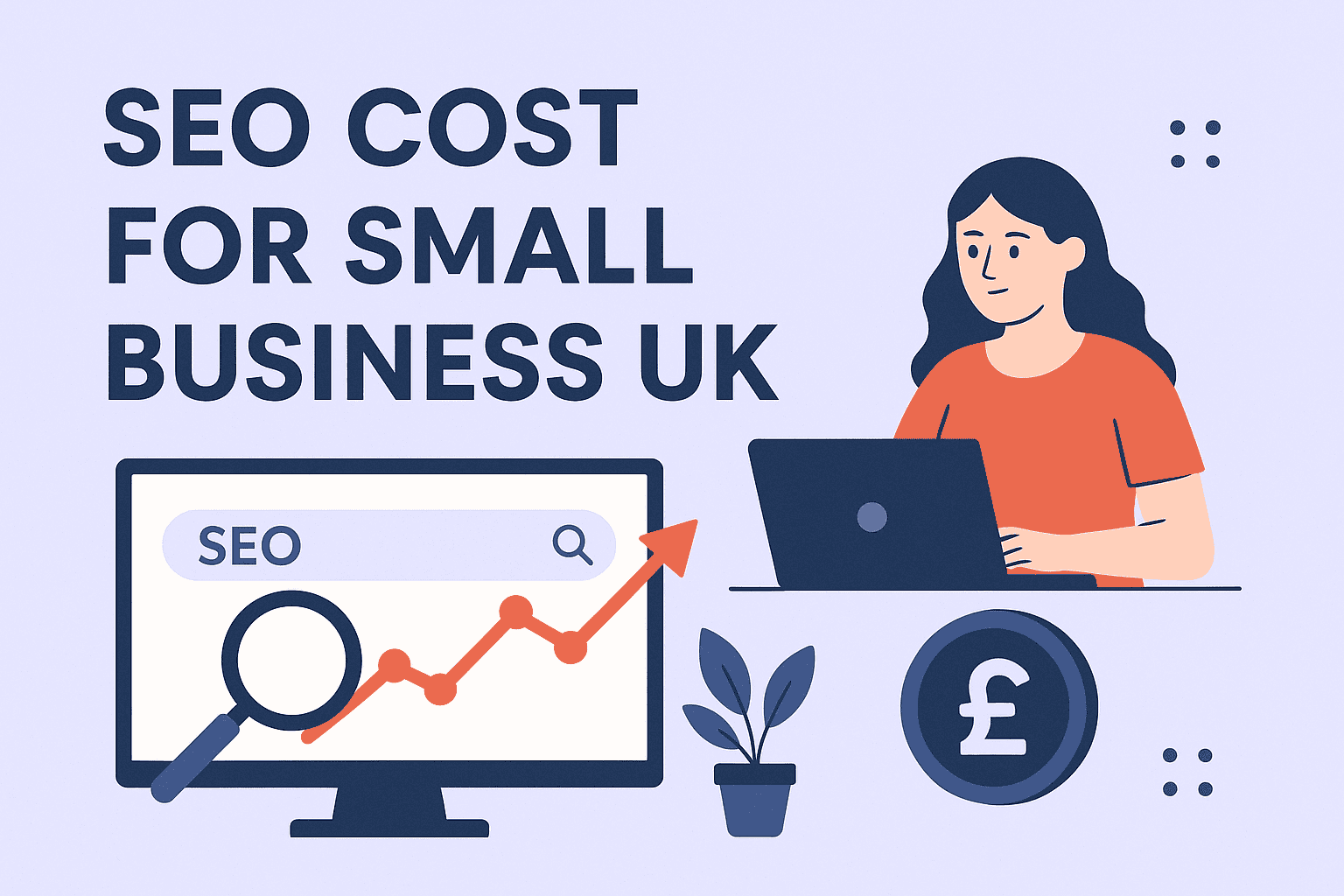
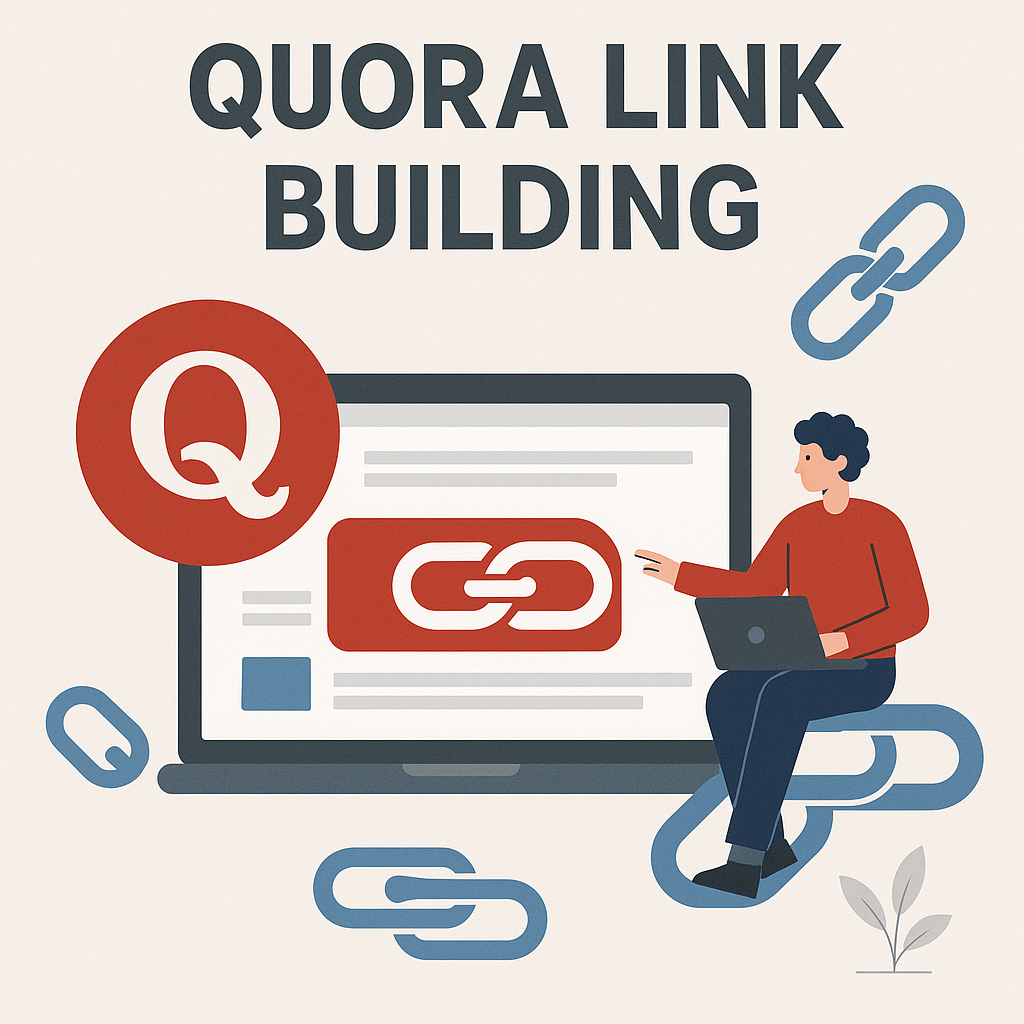
![How Many Outbound Links Per Blog [2025 Updated]](https://backlinkmanagement.io/wp-content/uploads/2025/06/How-Many-Outbound-Links-Per-Blog.png)
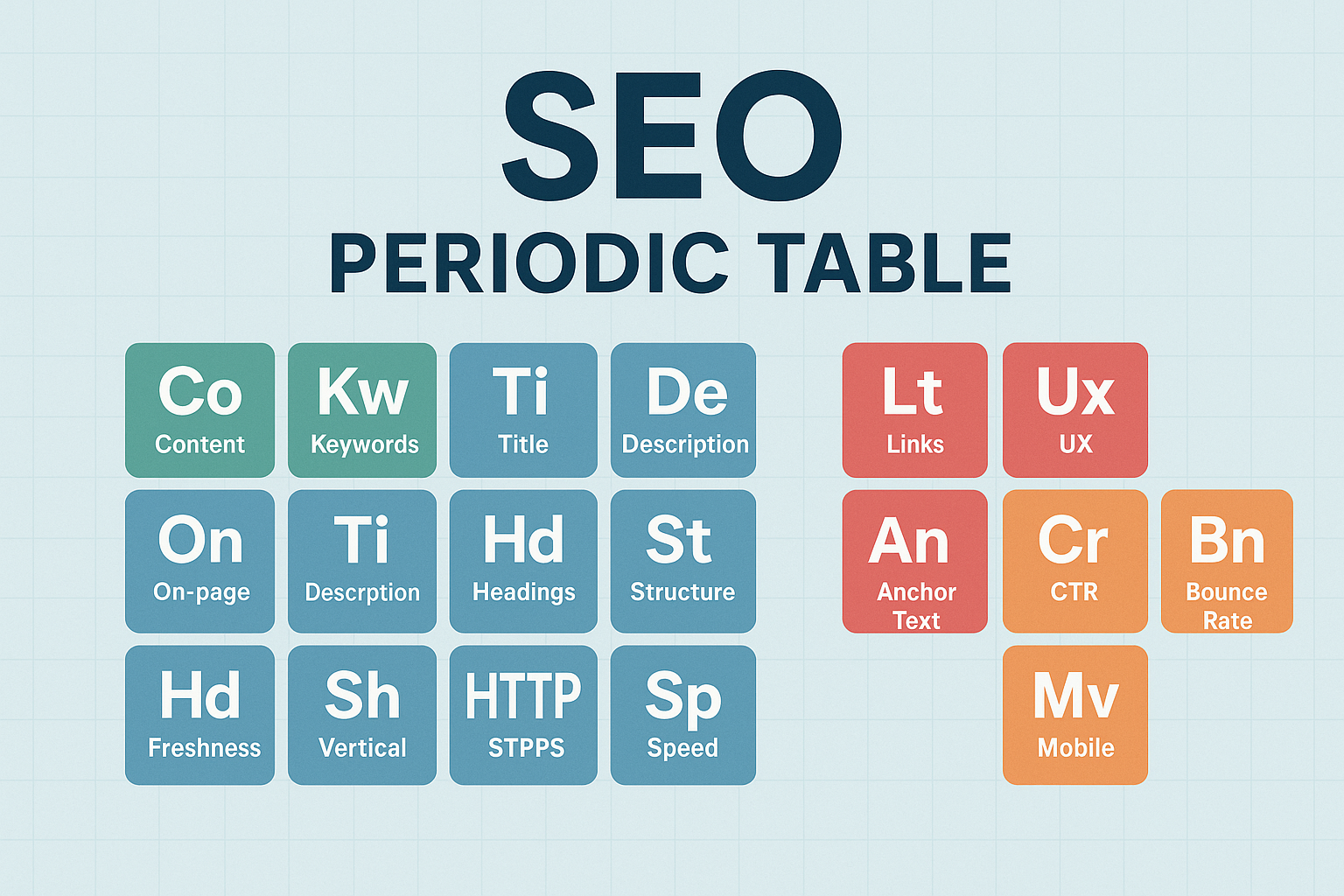
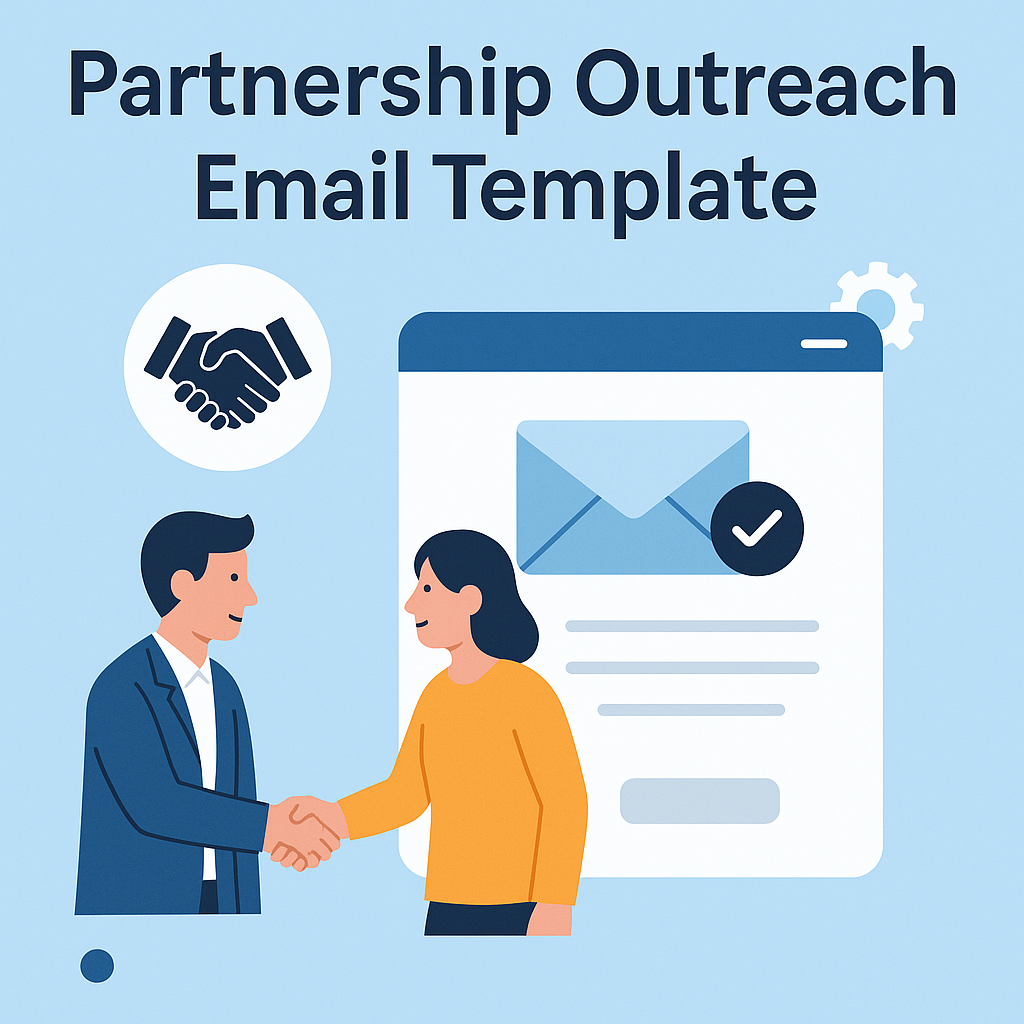
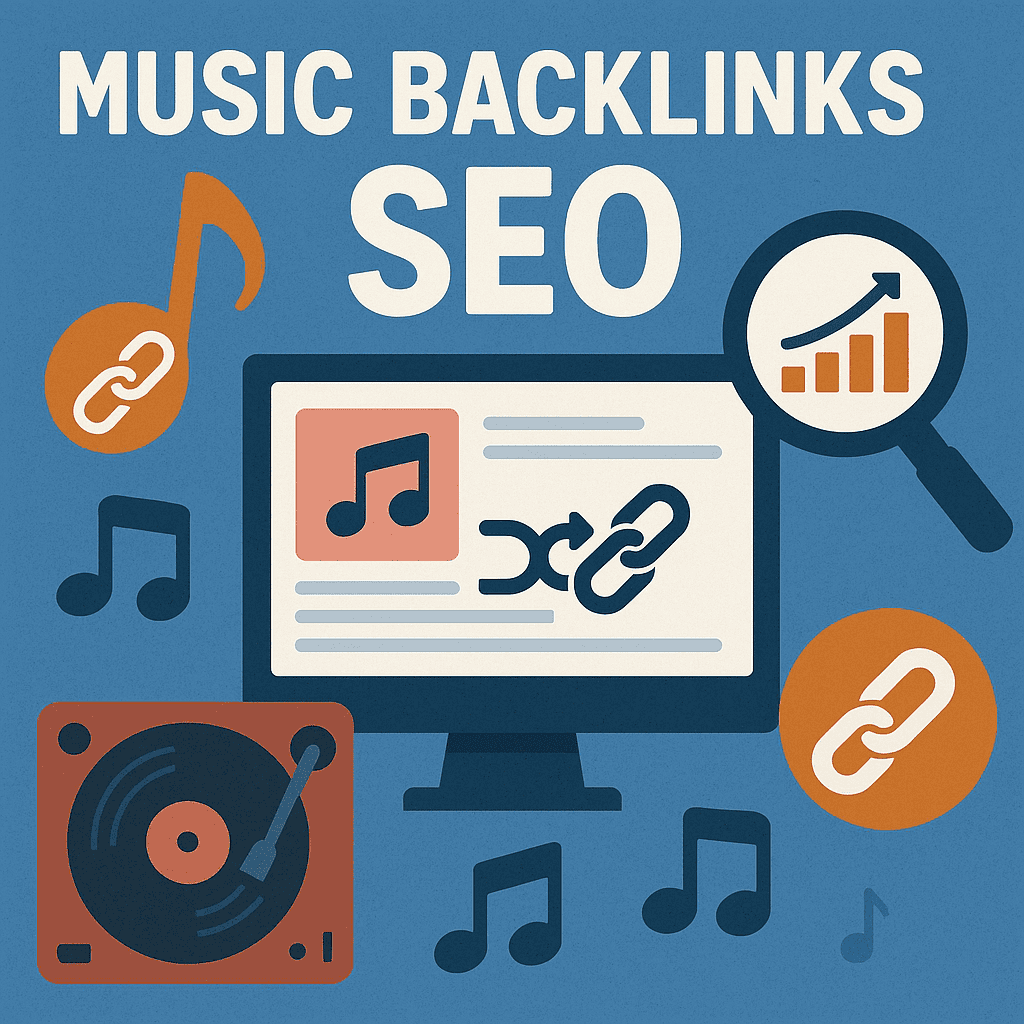
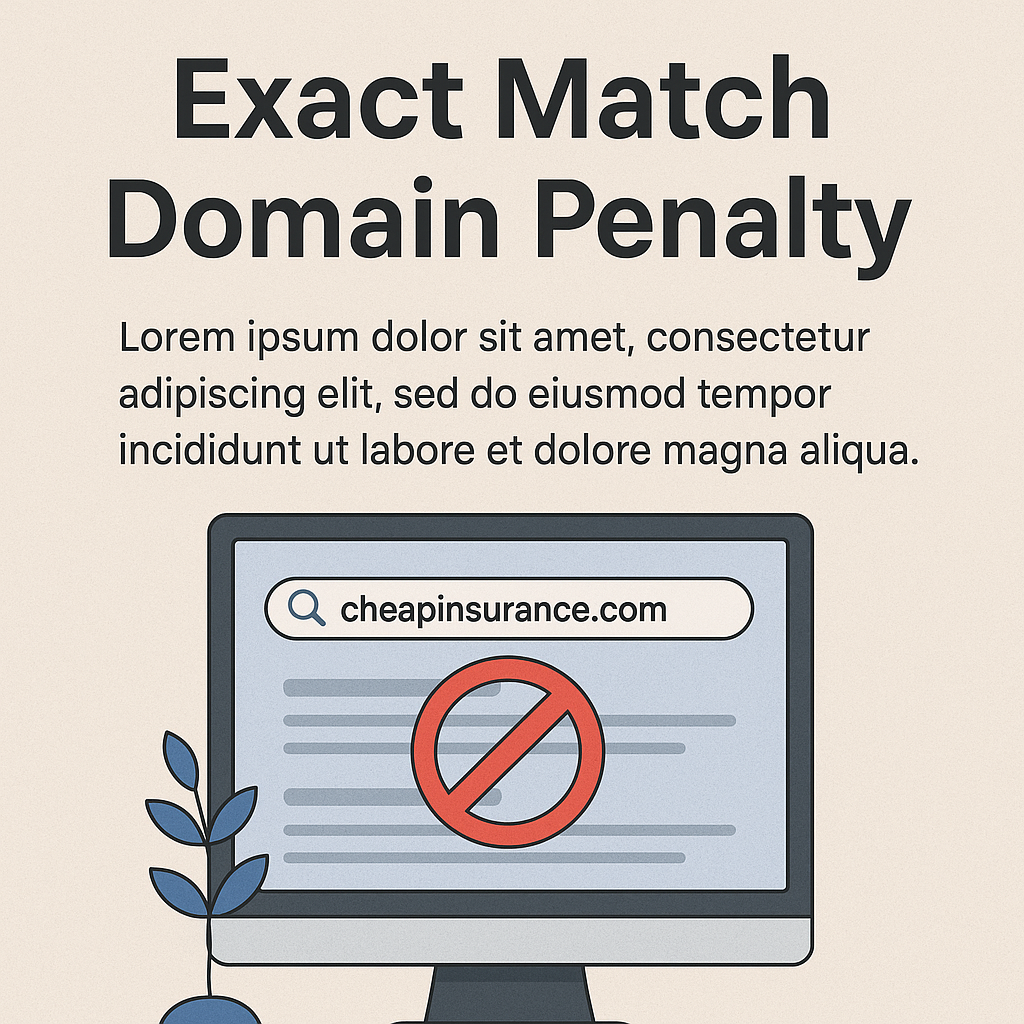
![B2B and B2C Website Examples [2025 Updated]](https://backlinkmanagement.io/wp-content/uploads/2025/05/B2B-and-B2C-Website-Example-.png)
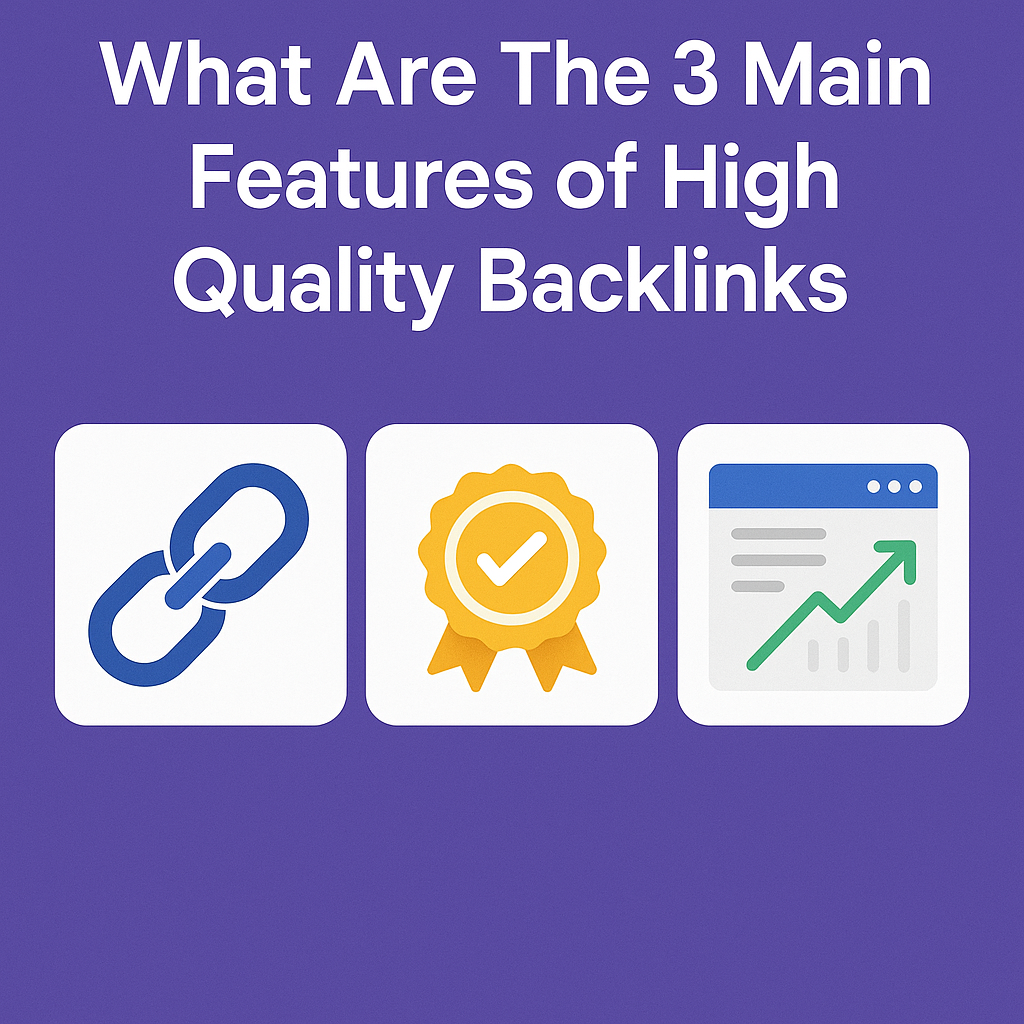
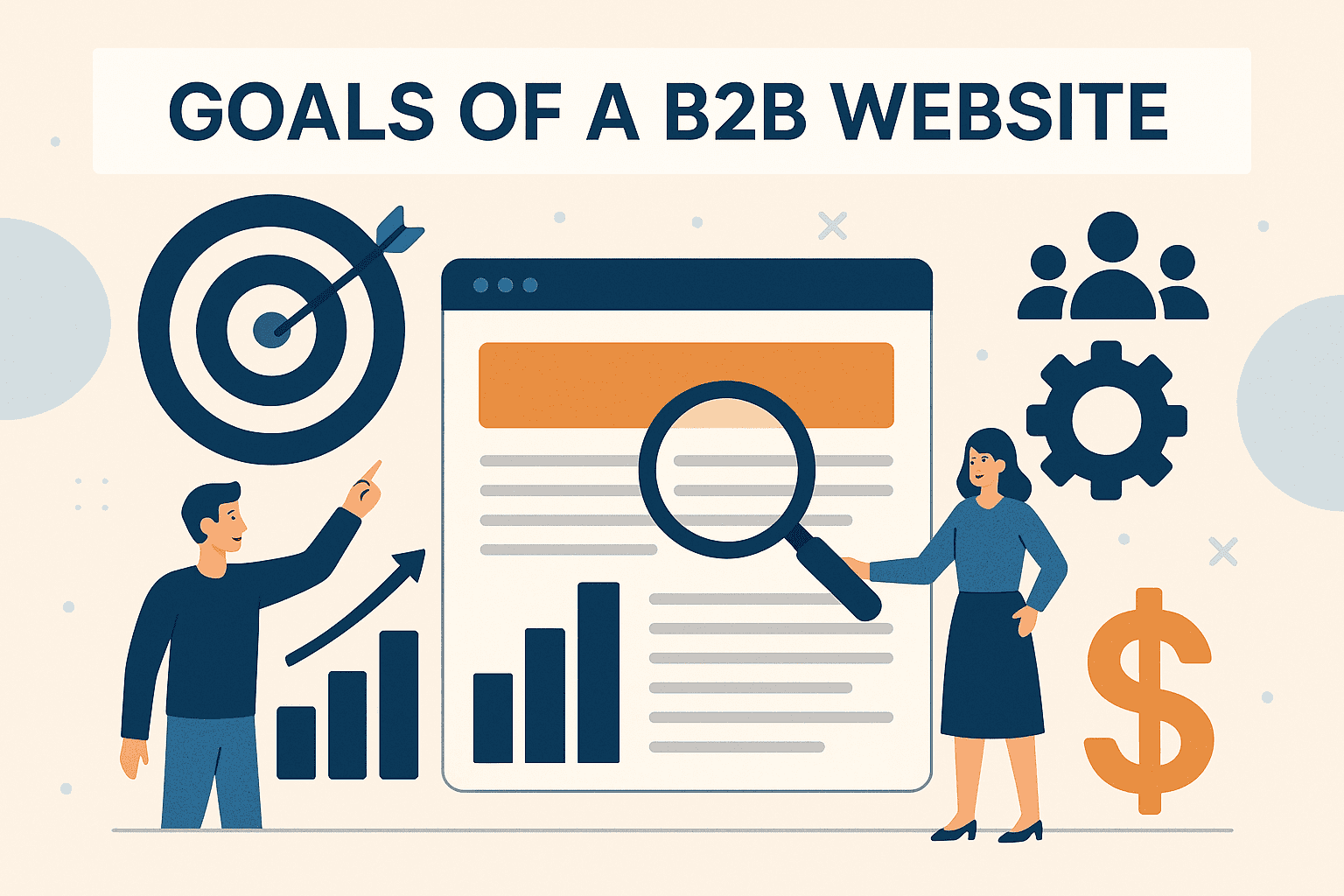
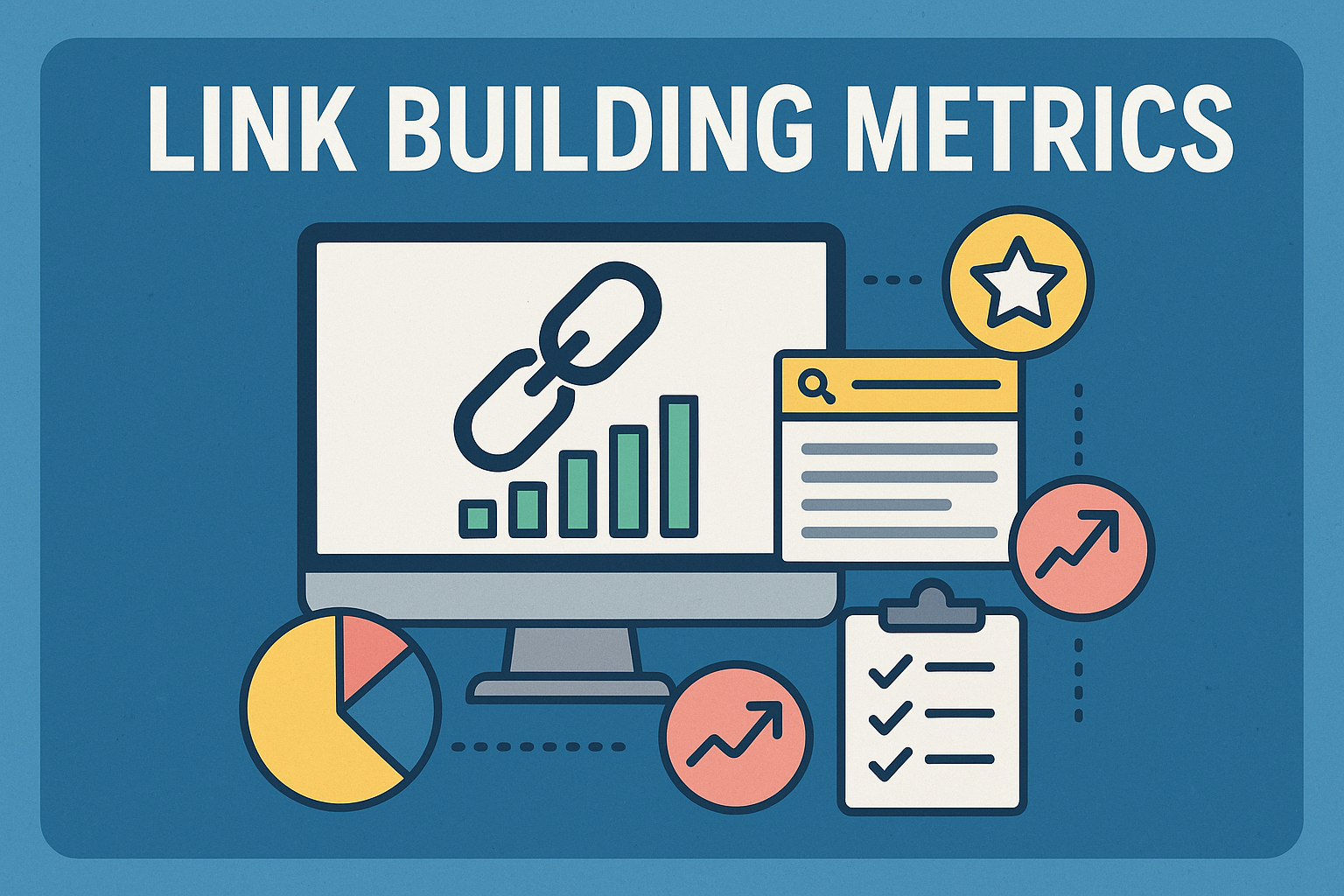
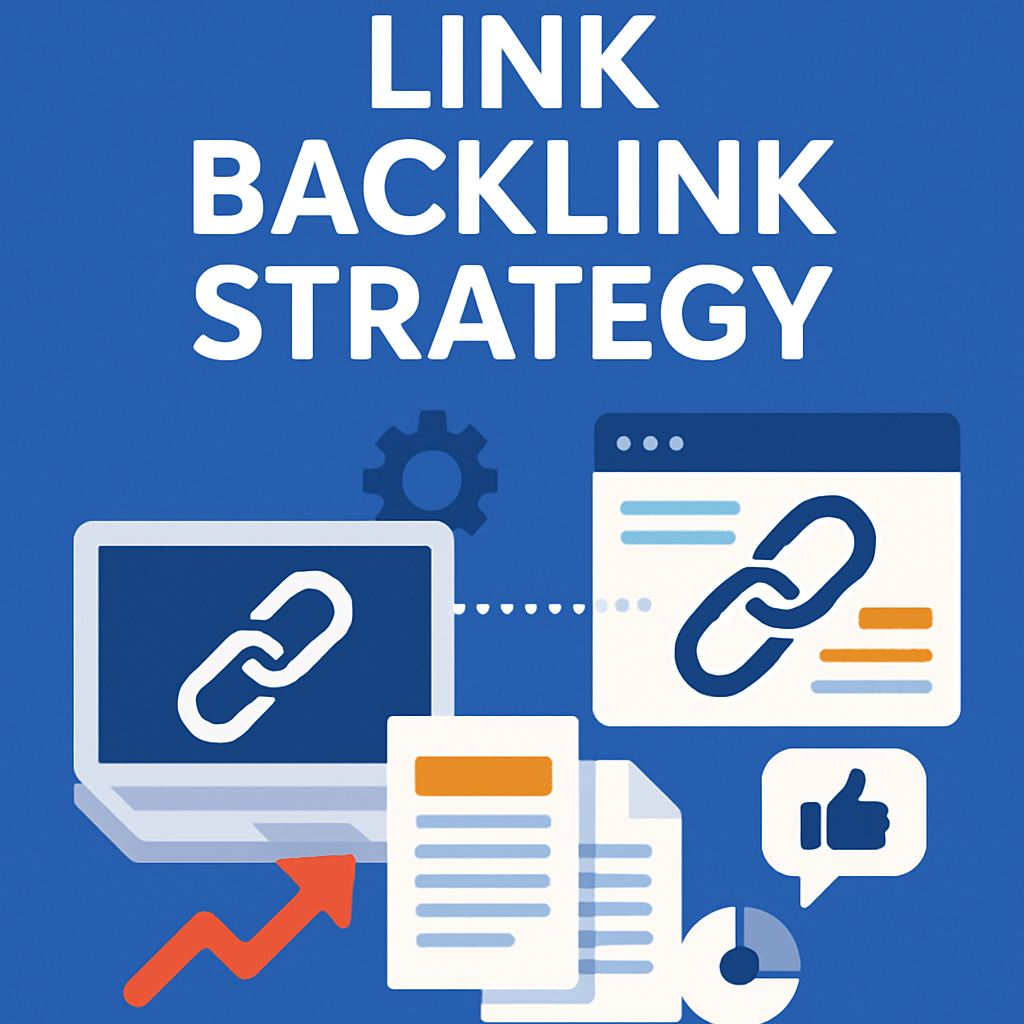
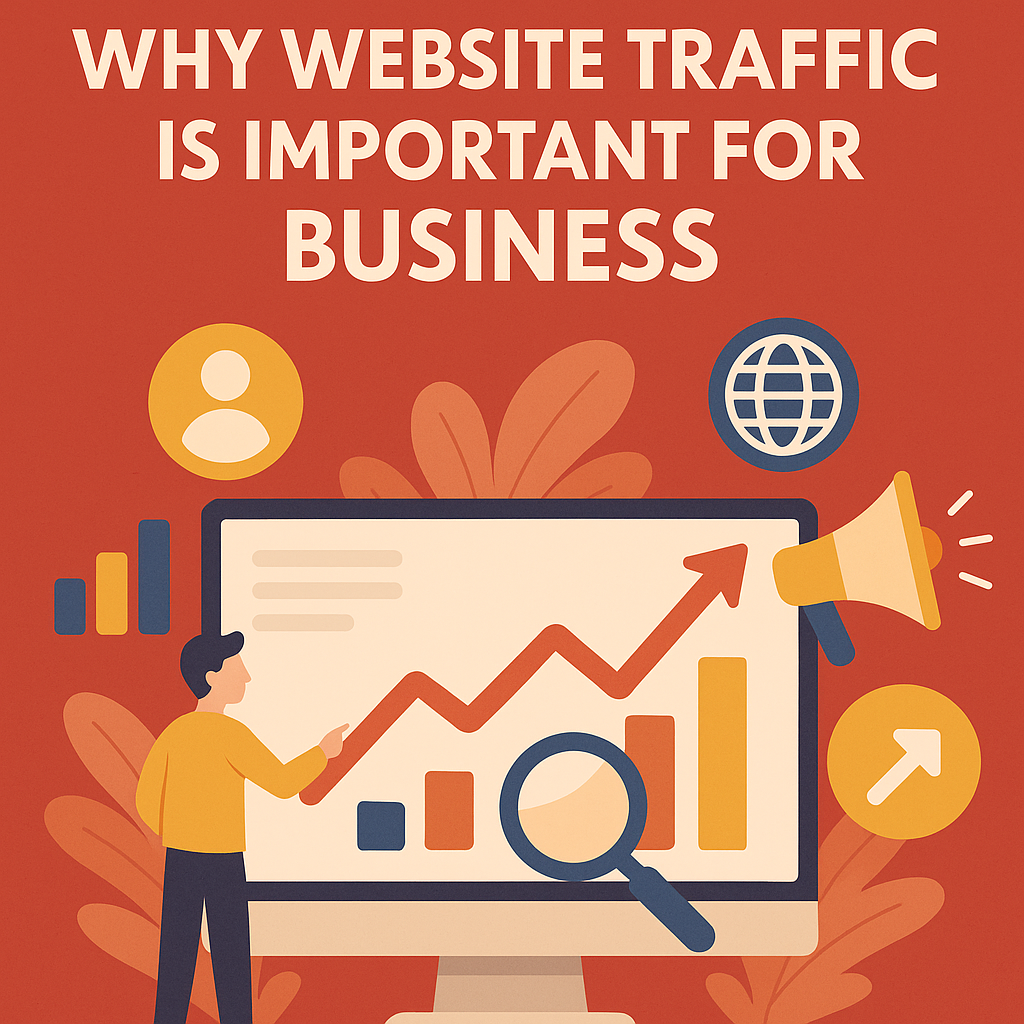
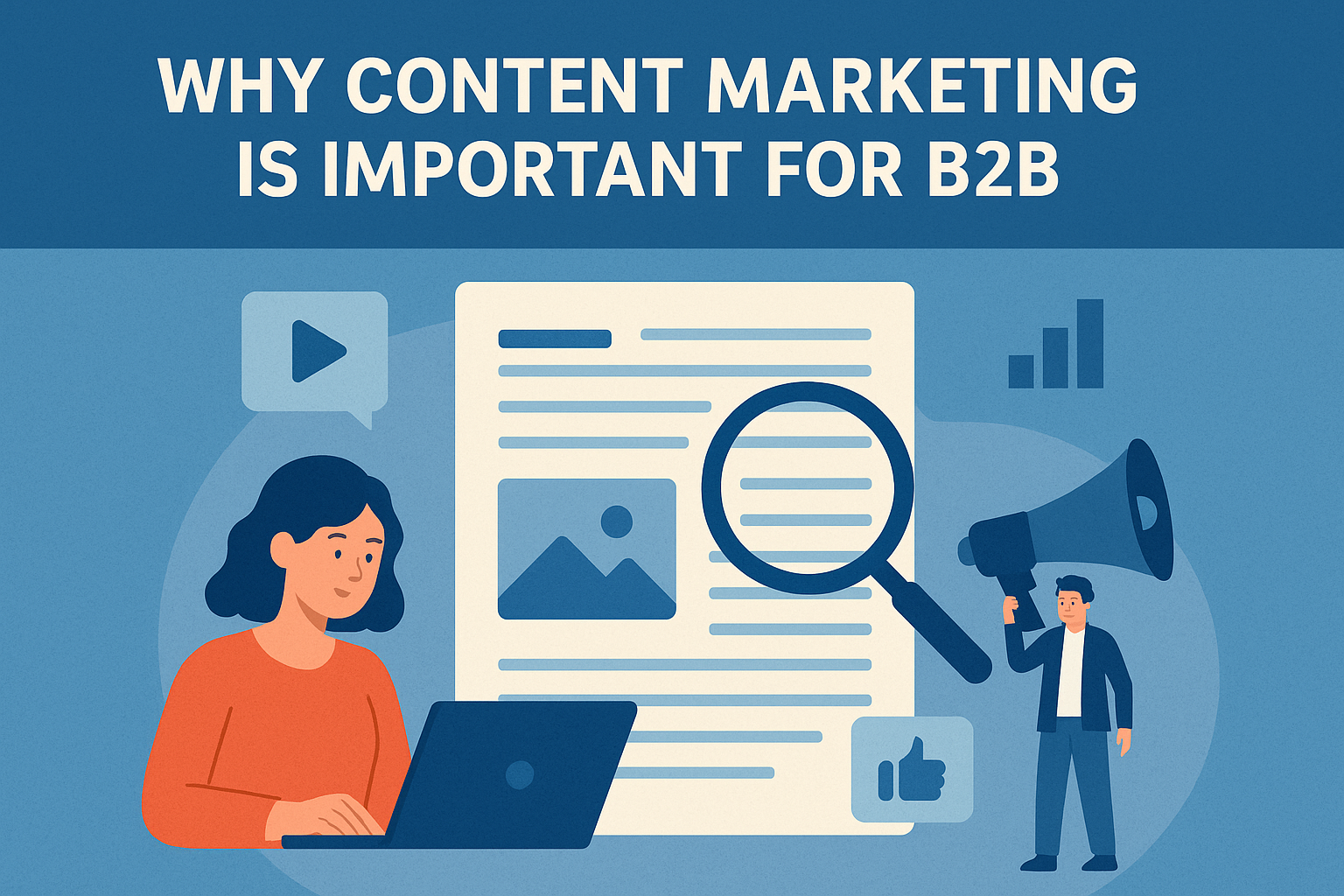
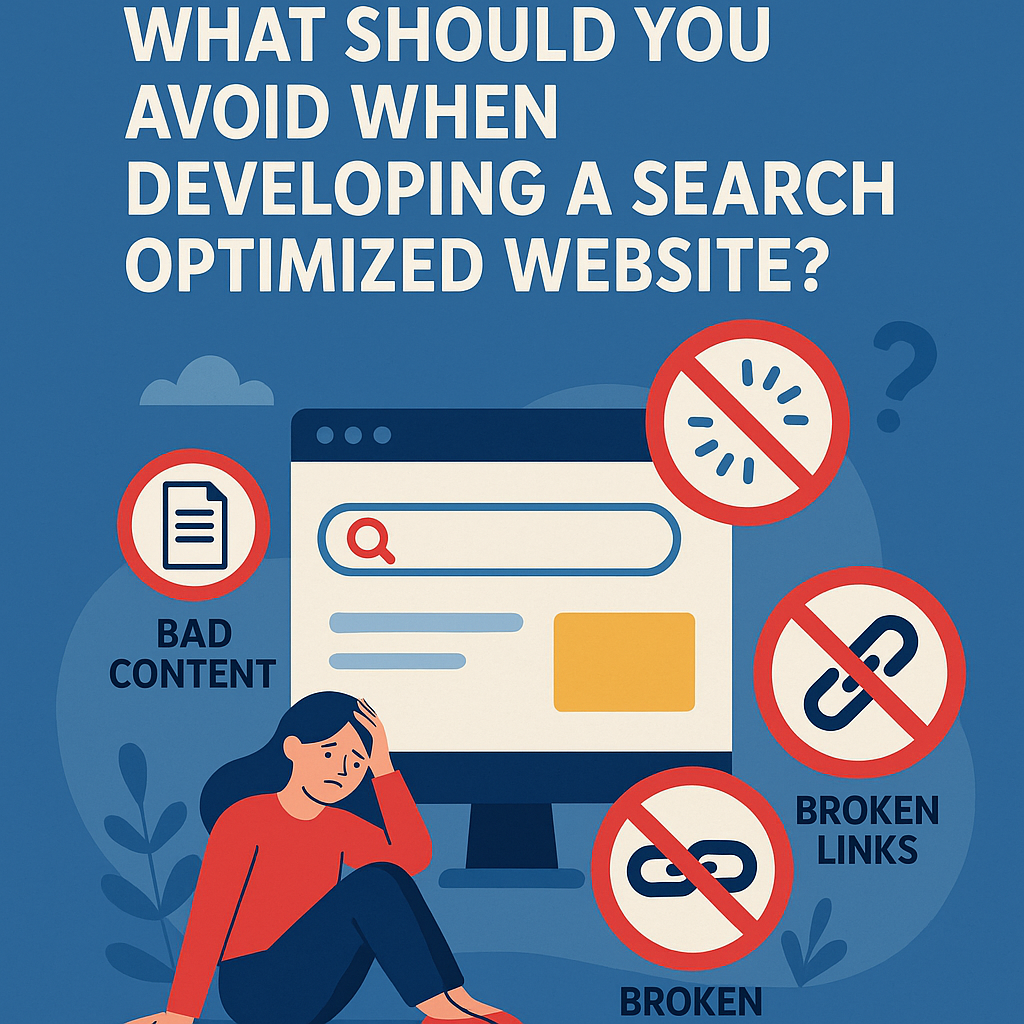
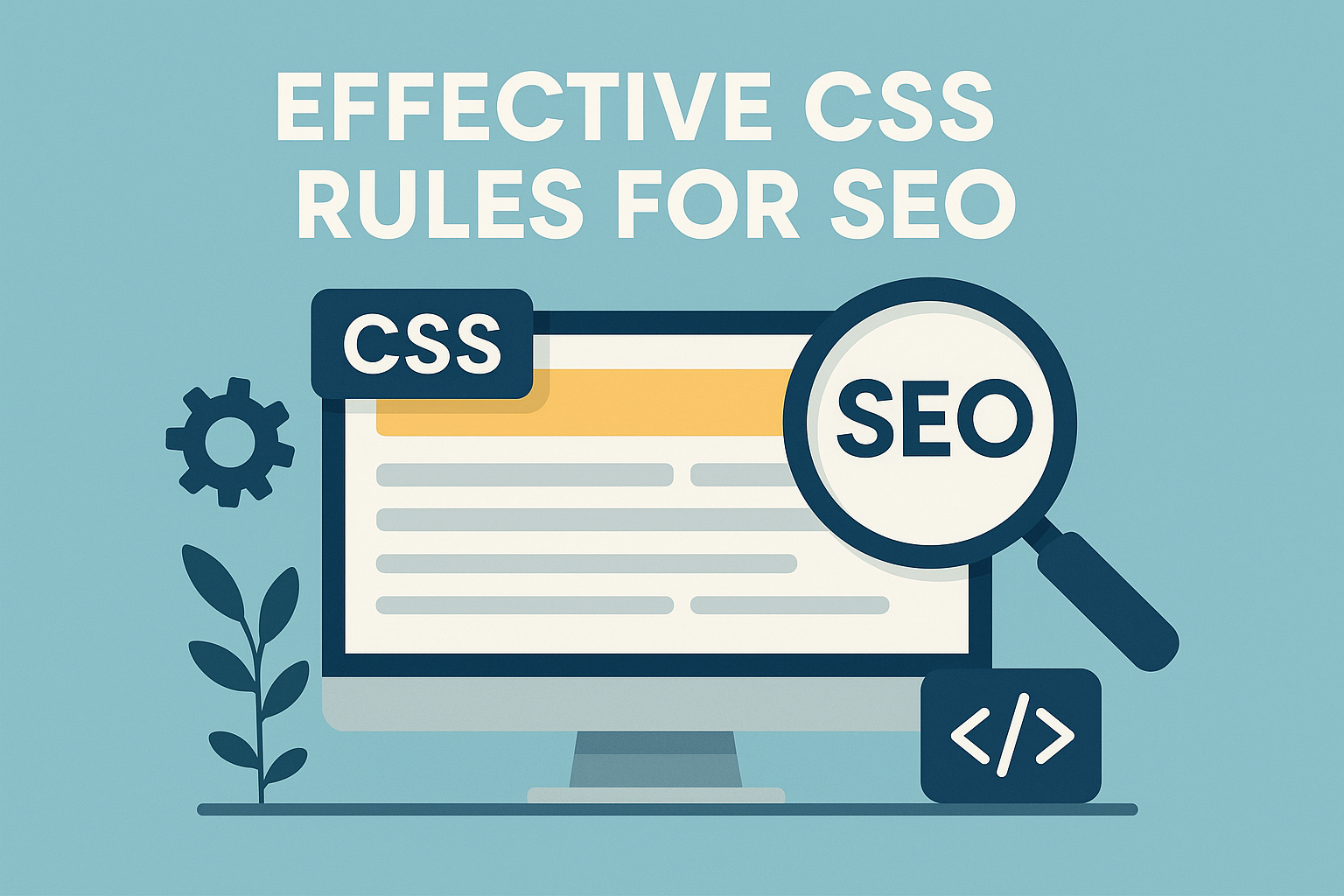
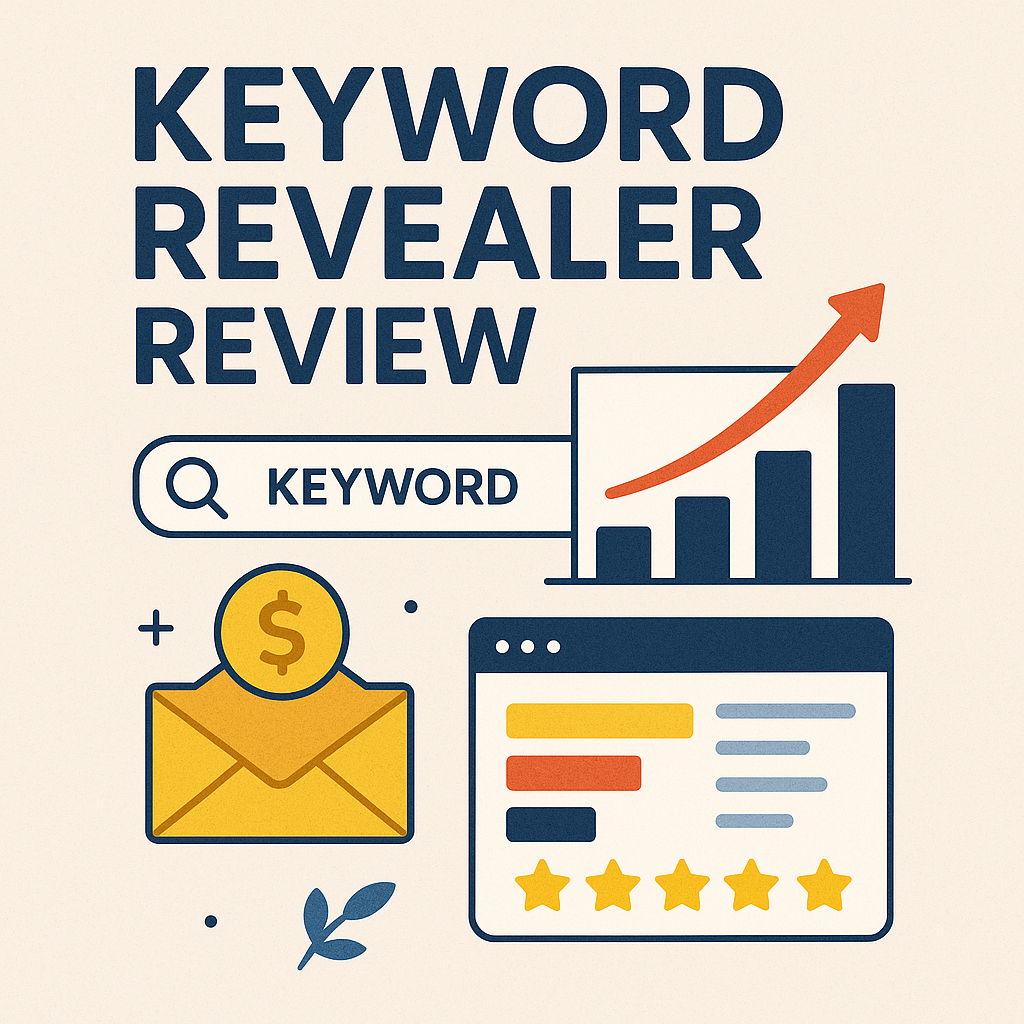
![What To Do After Keyword Research [2025 Guide]](https://backlinkmanagement.io/wp-content/uploads/2025/05/What-To-Do-After-Keyword-Research.png)
![Is Page Speed Really A Ranking Factor? [2025]](https://backlinkmanagement.io/wp-content/uploads/2025/05/Is-Page-Speed-Really-A-Ranking-Factor.png)
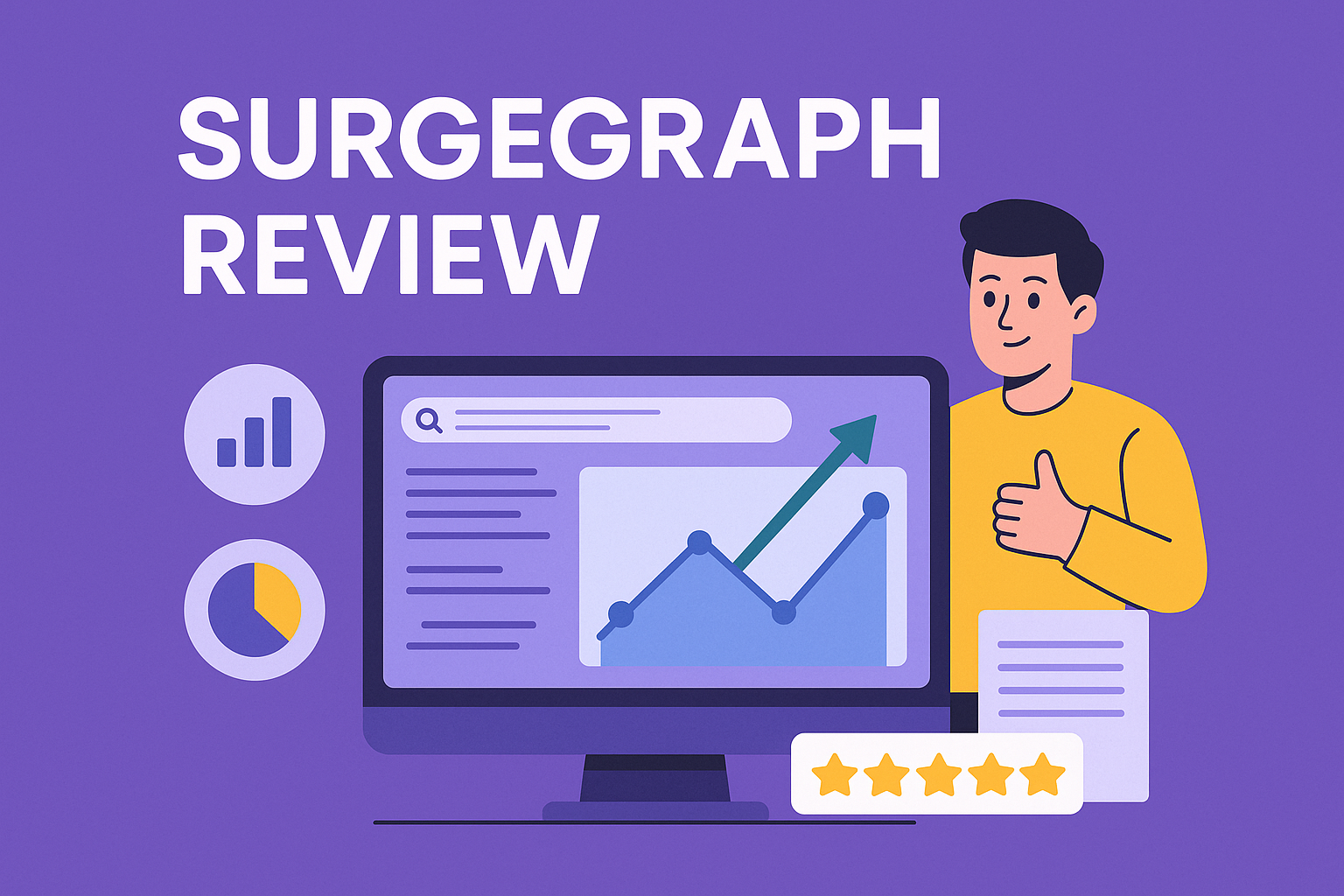
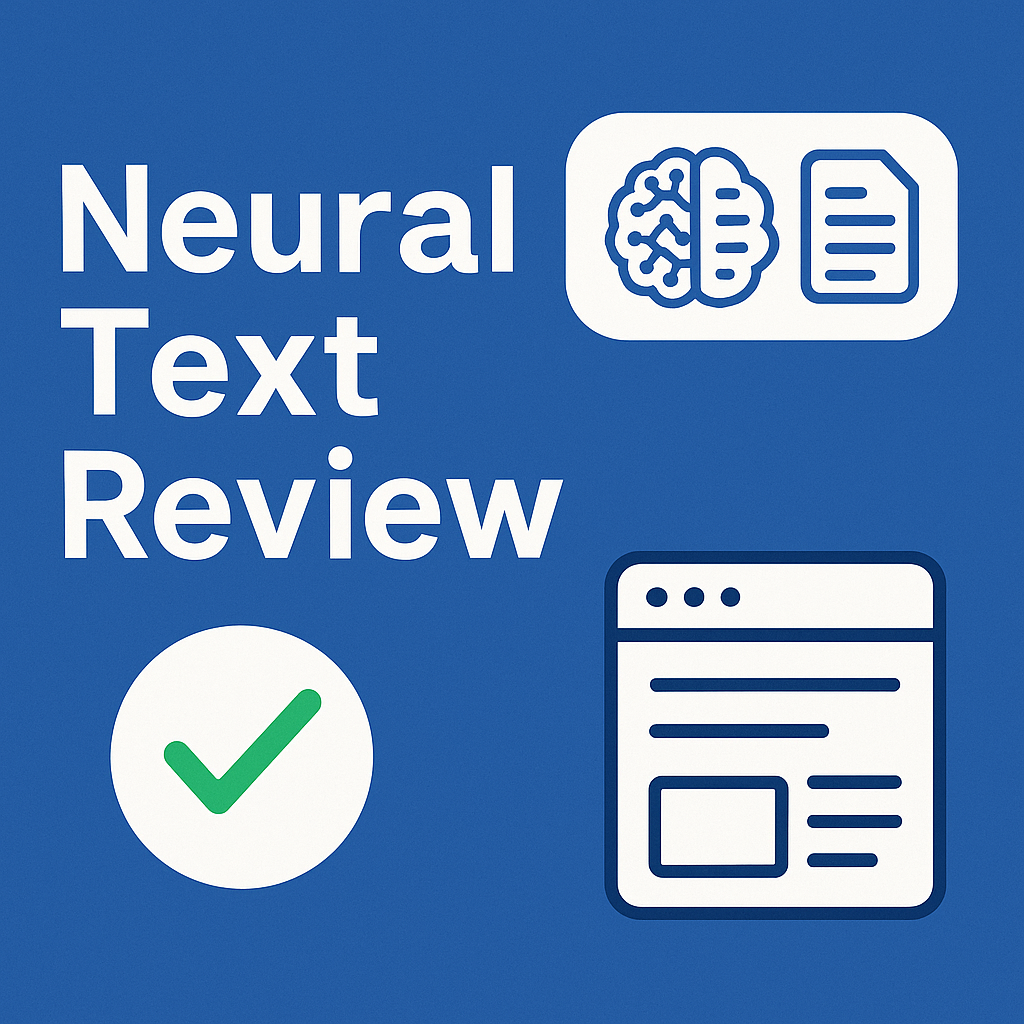
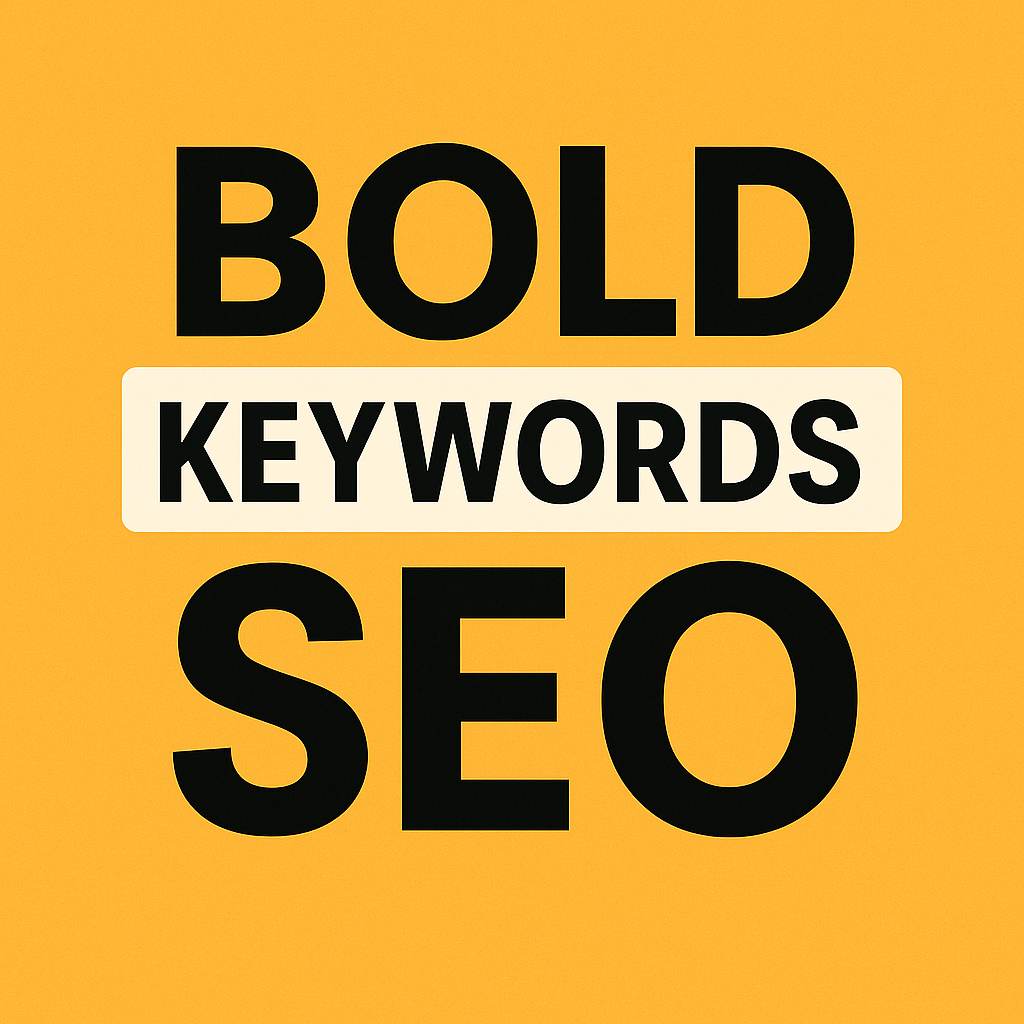
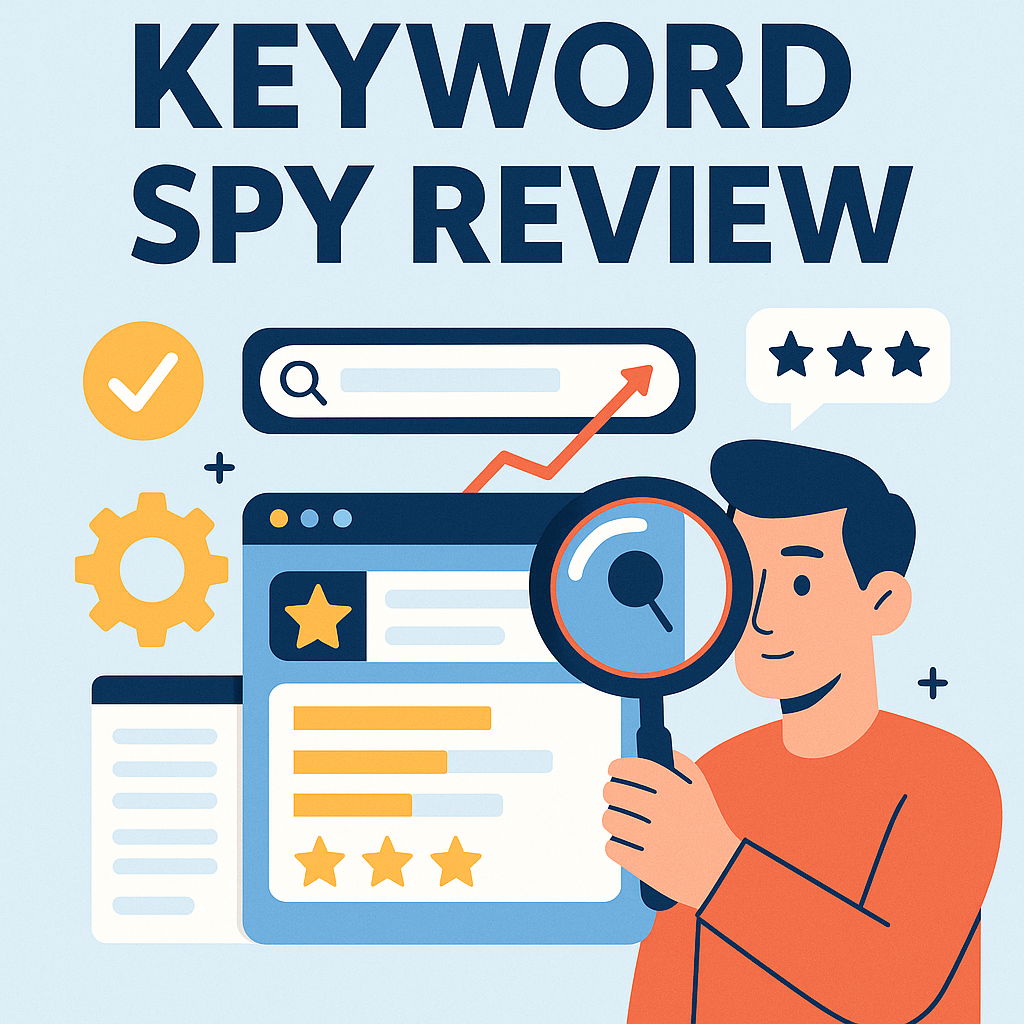


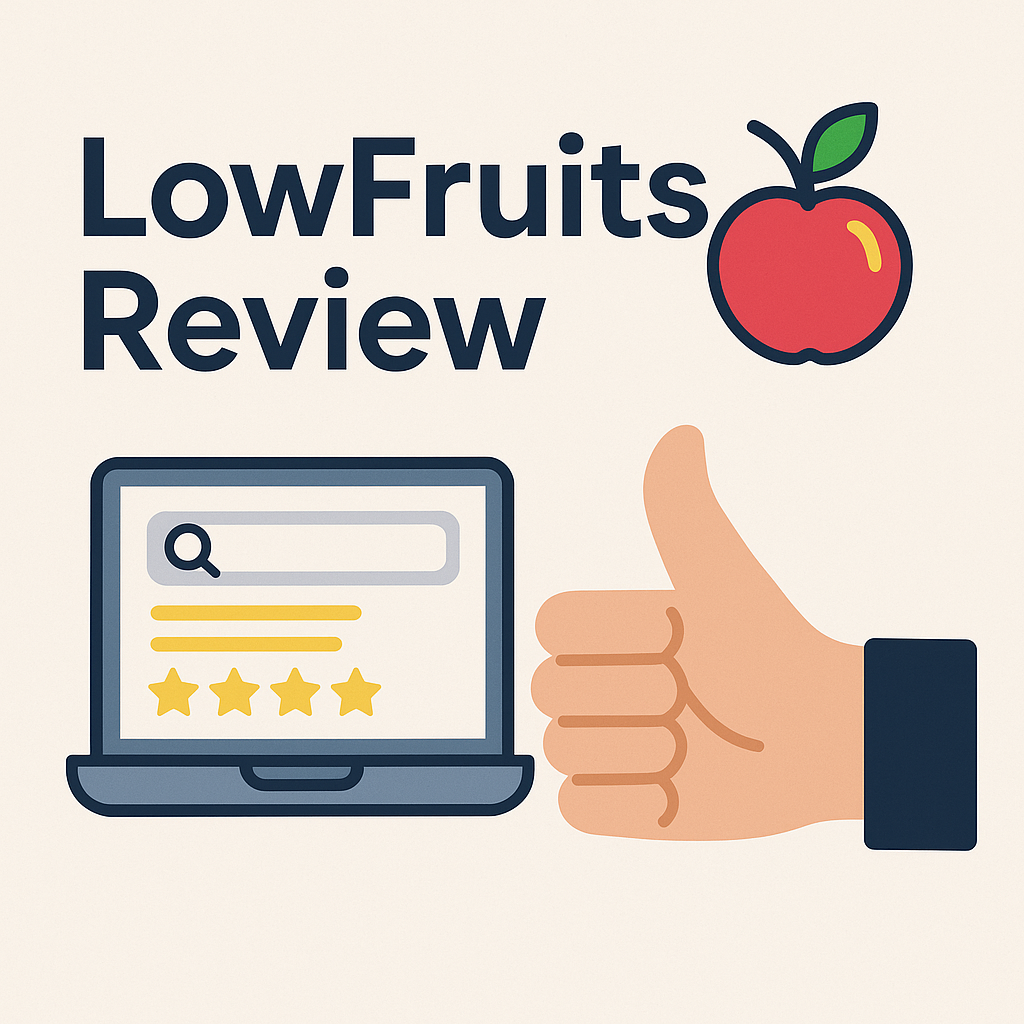
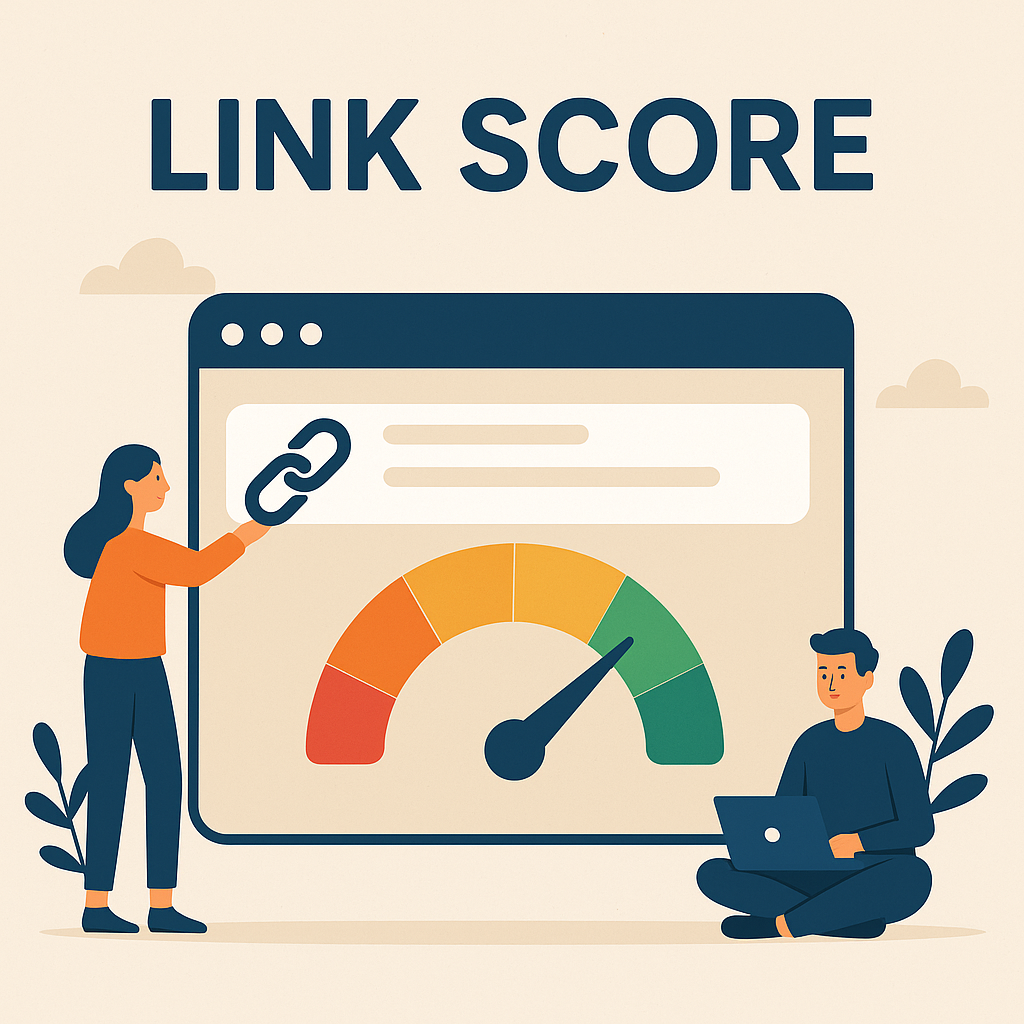
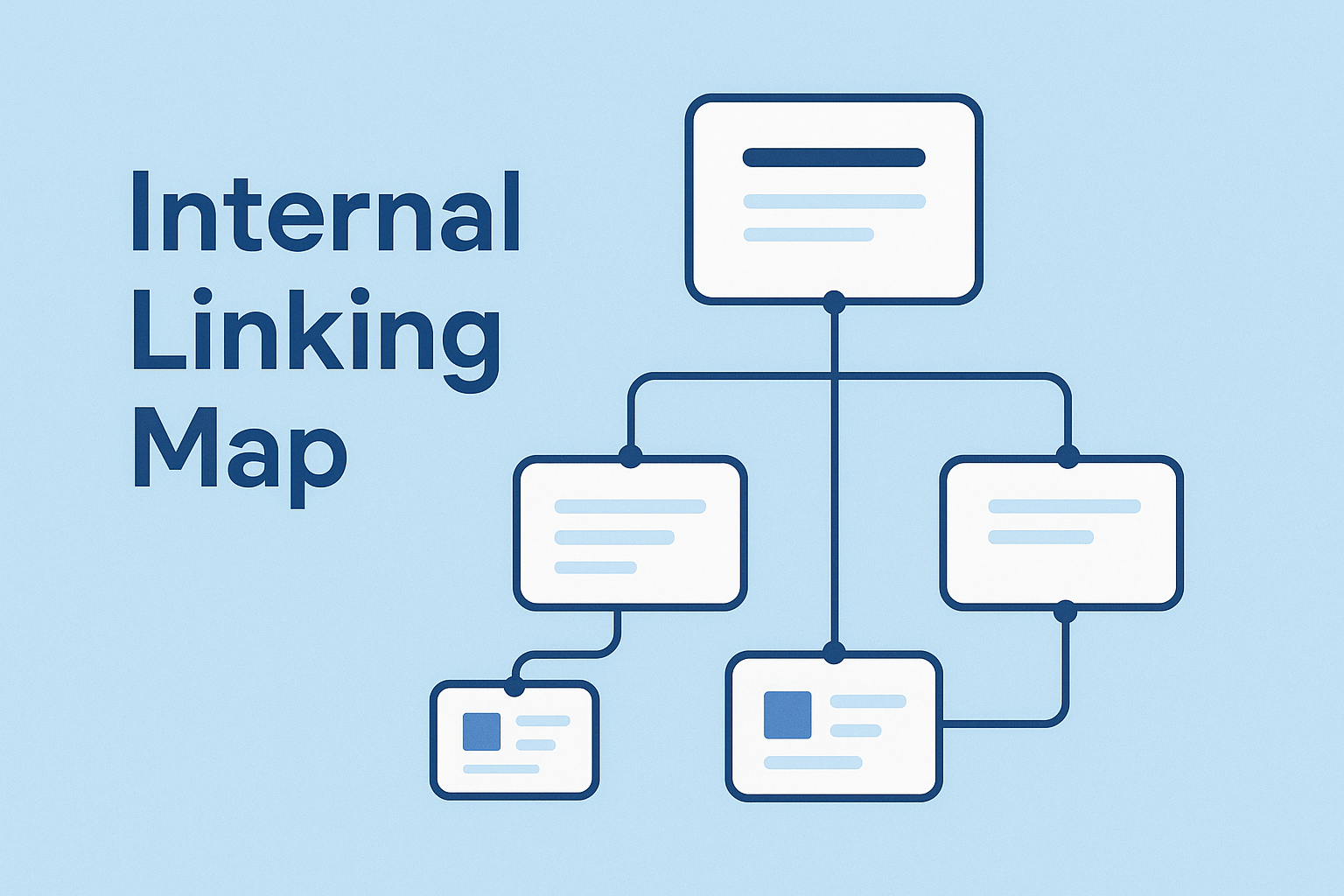
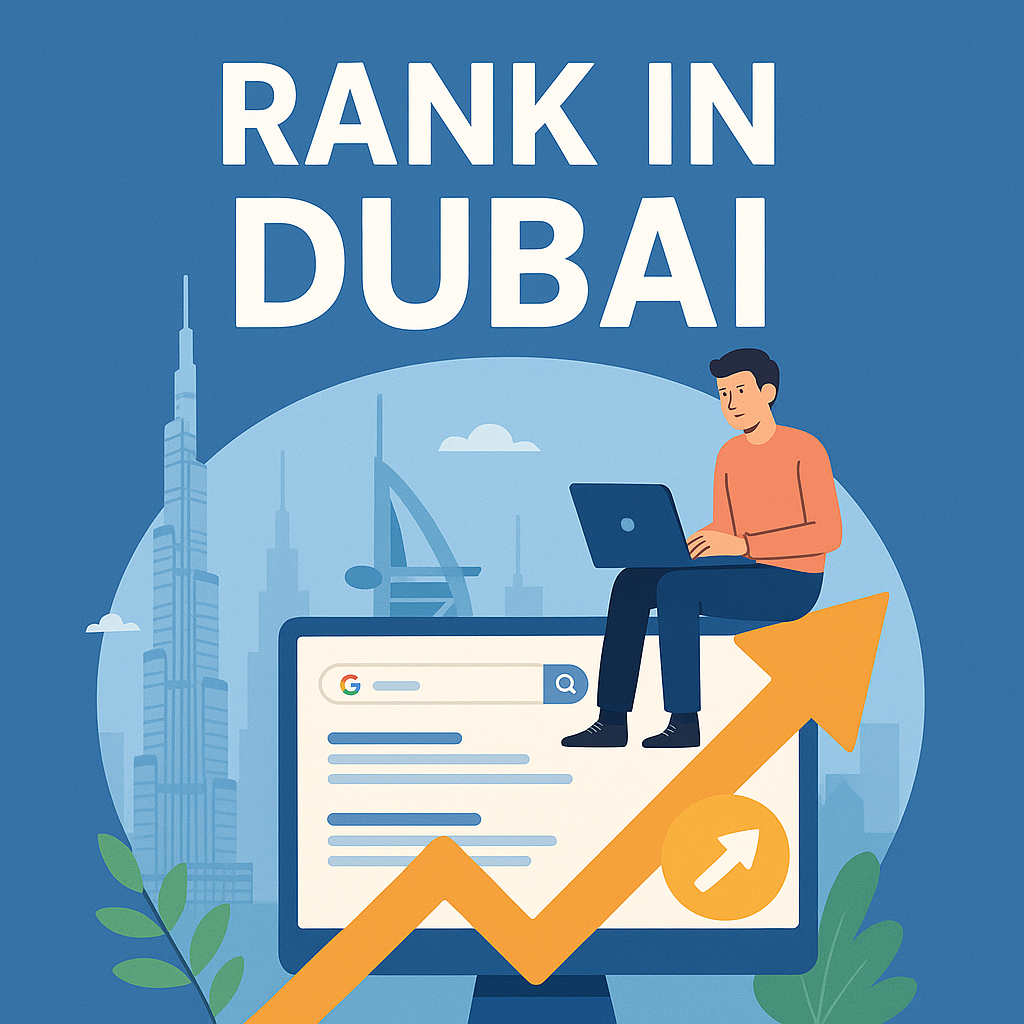
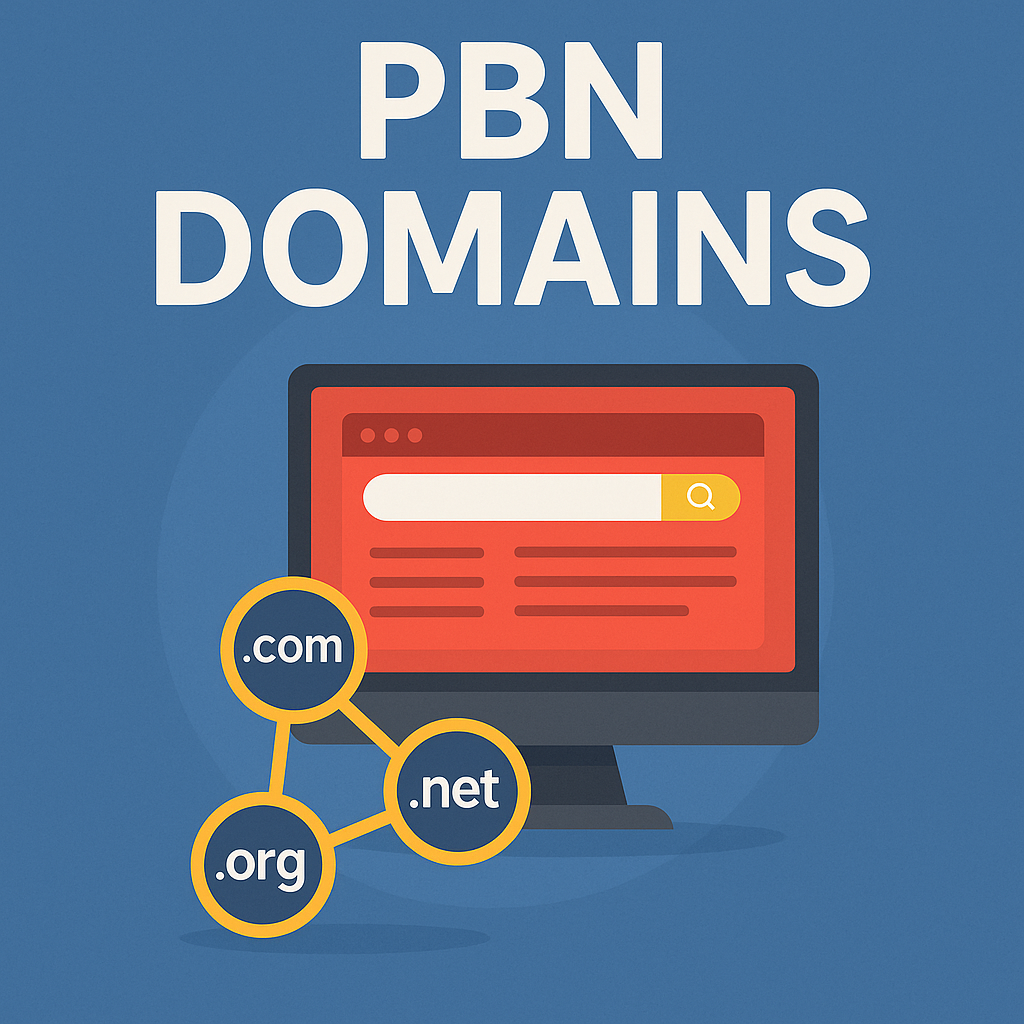
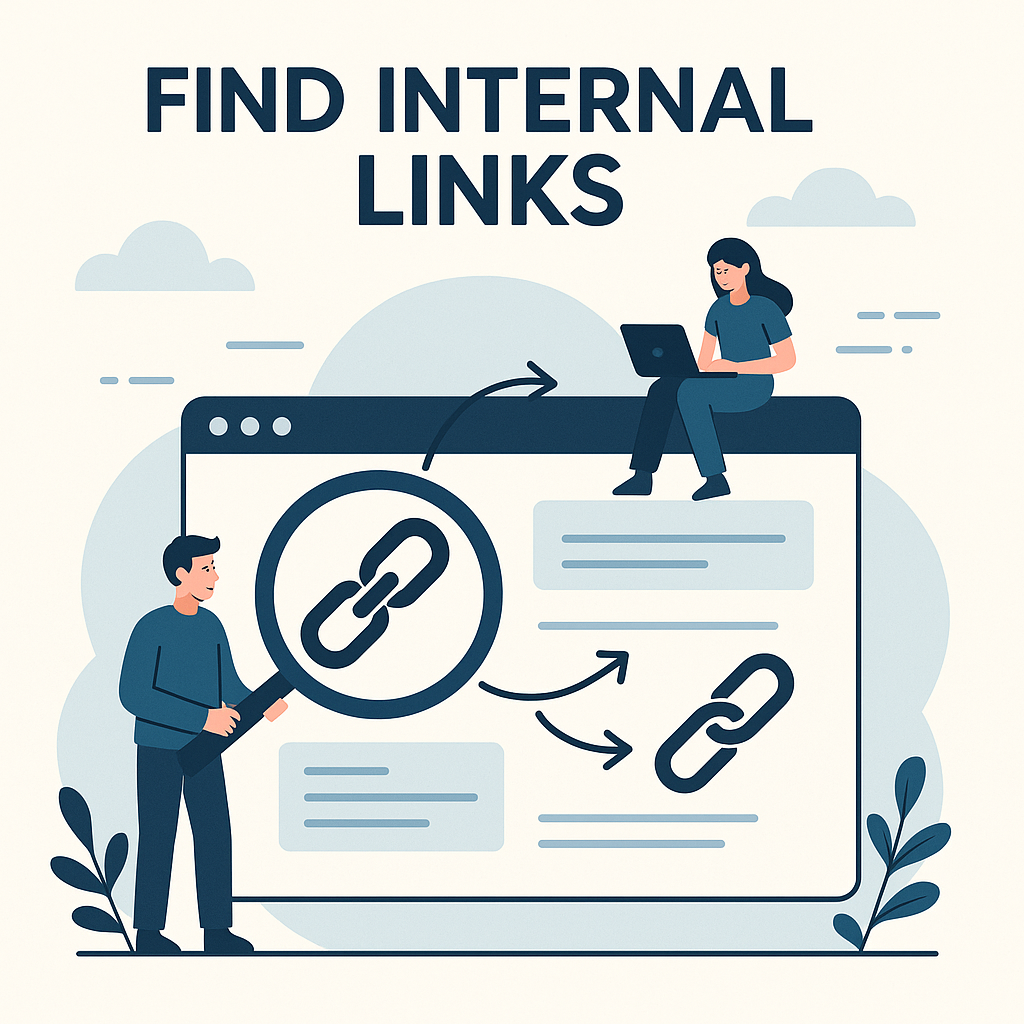
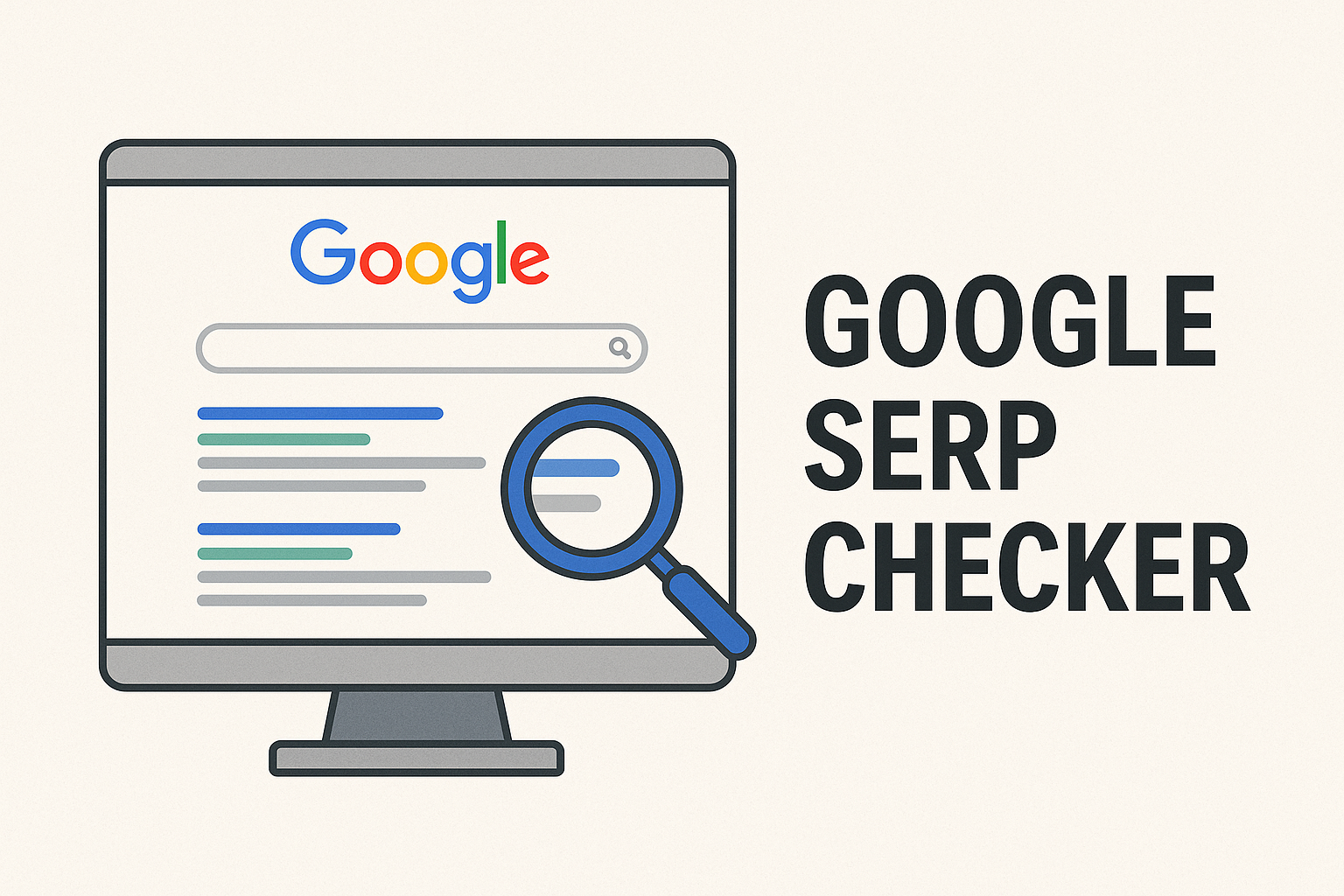
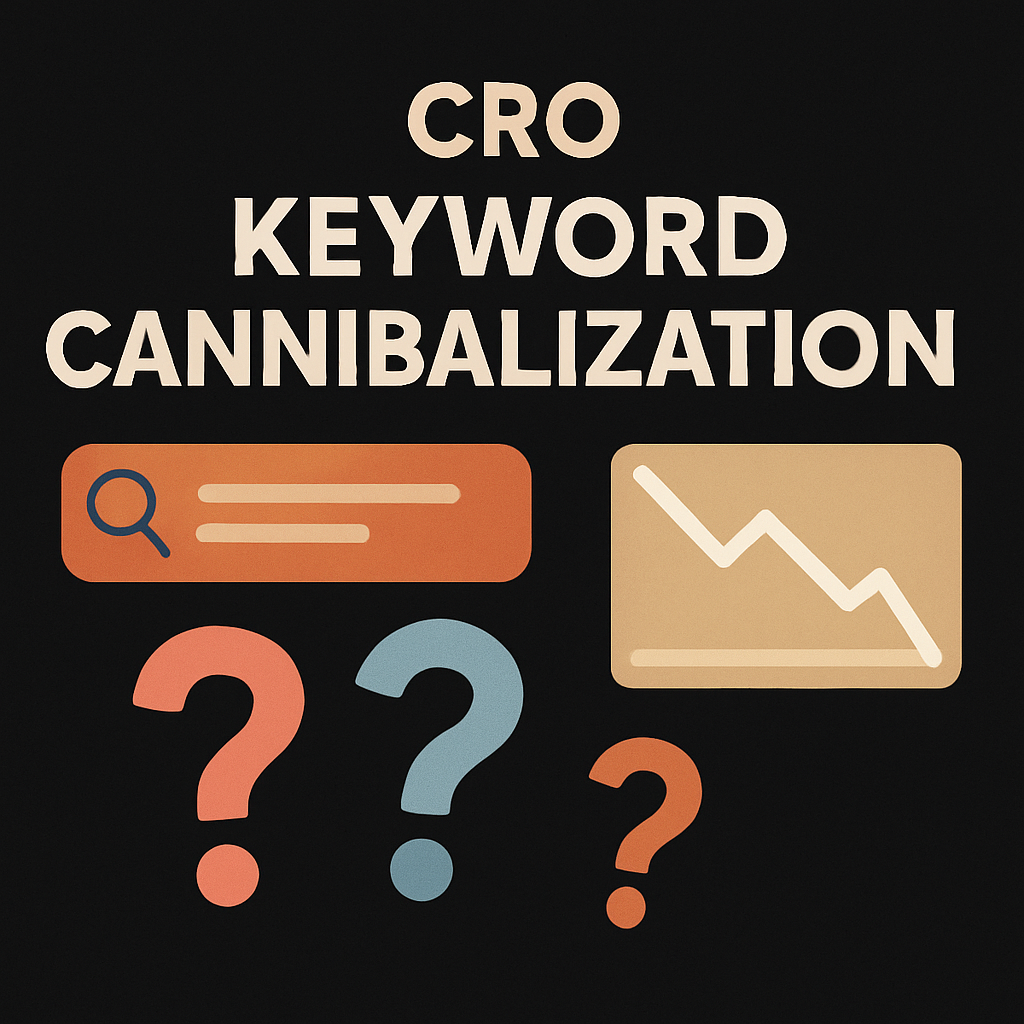
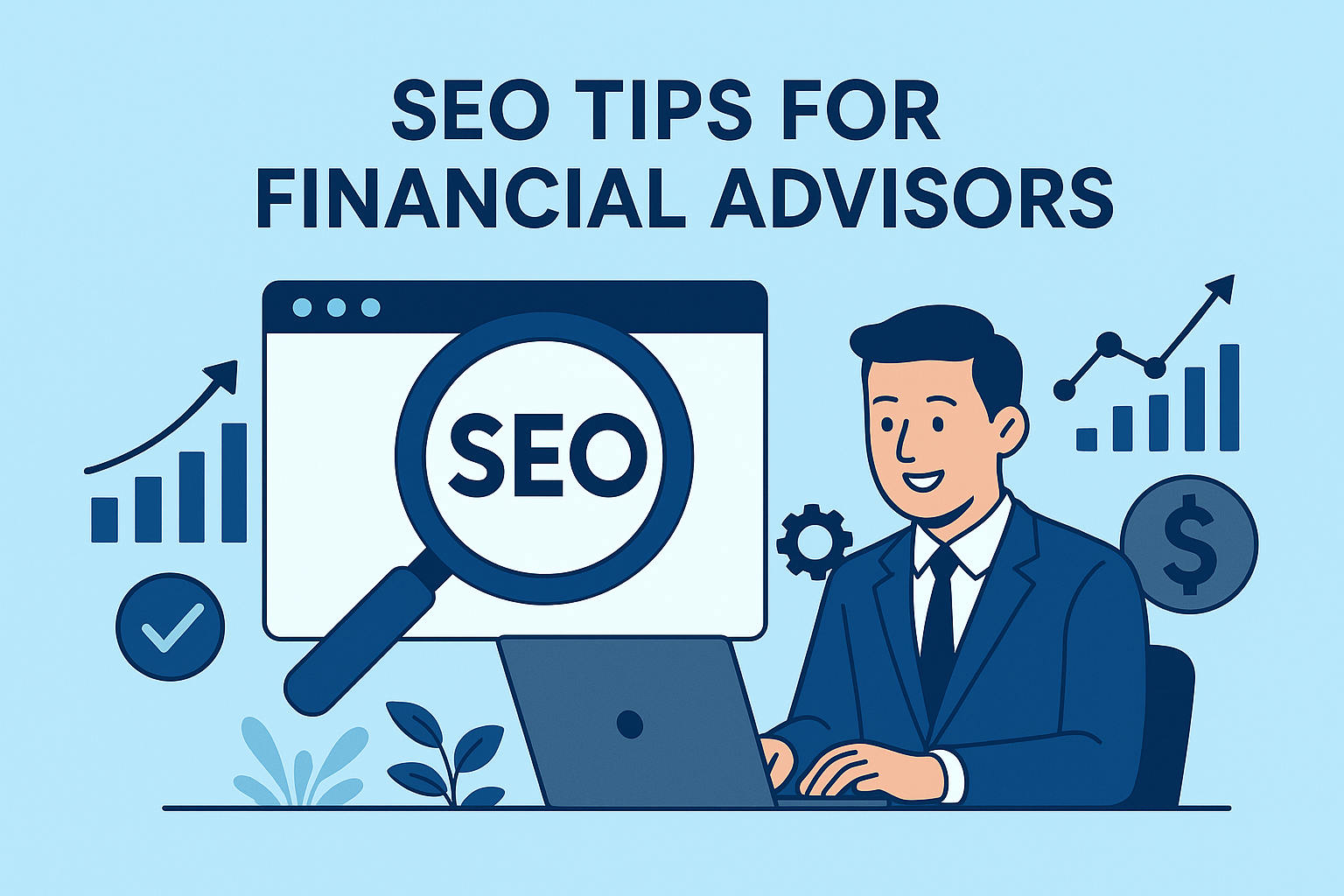
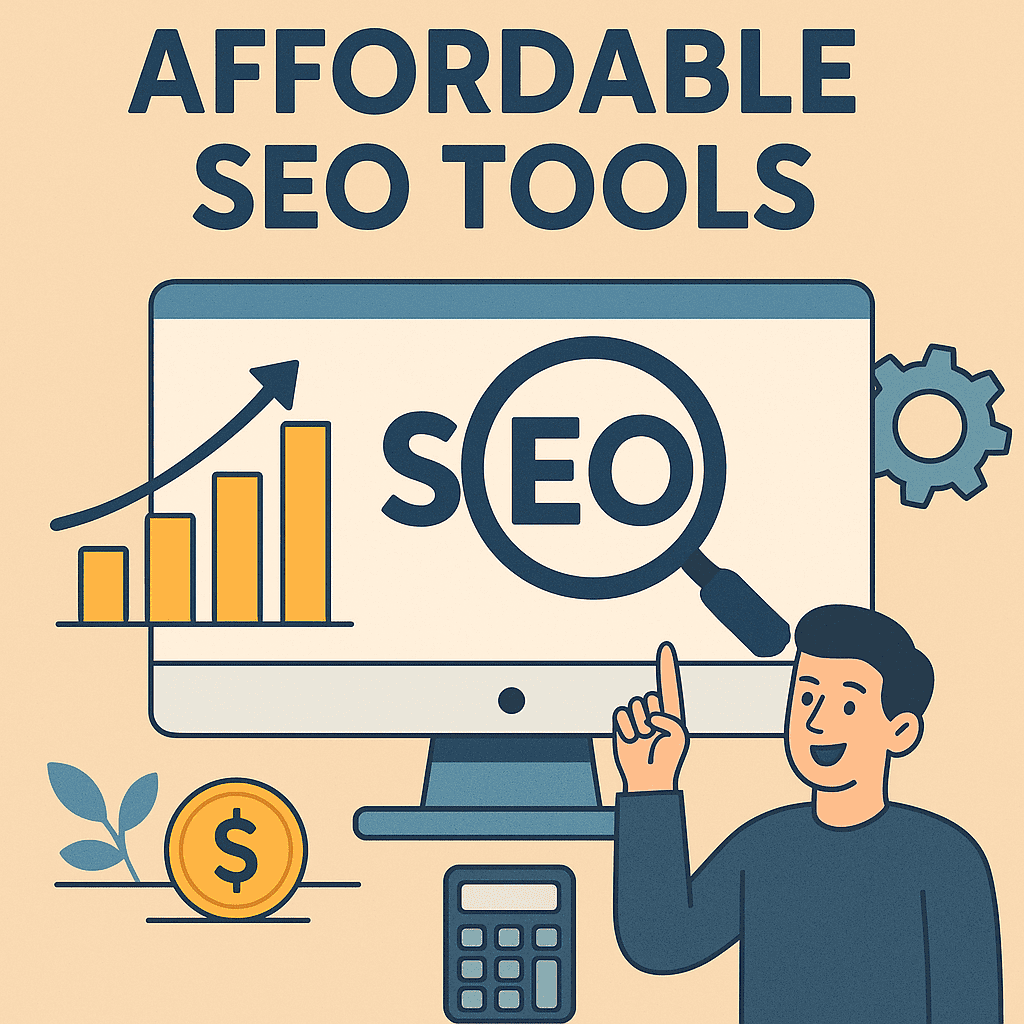
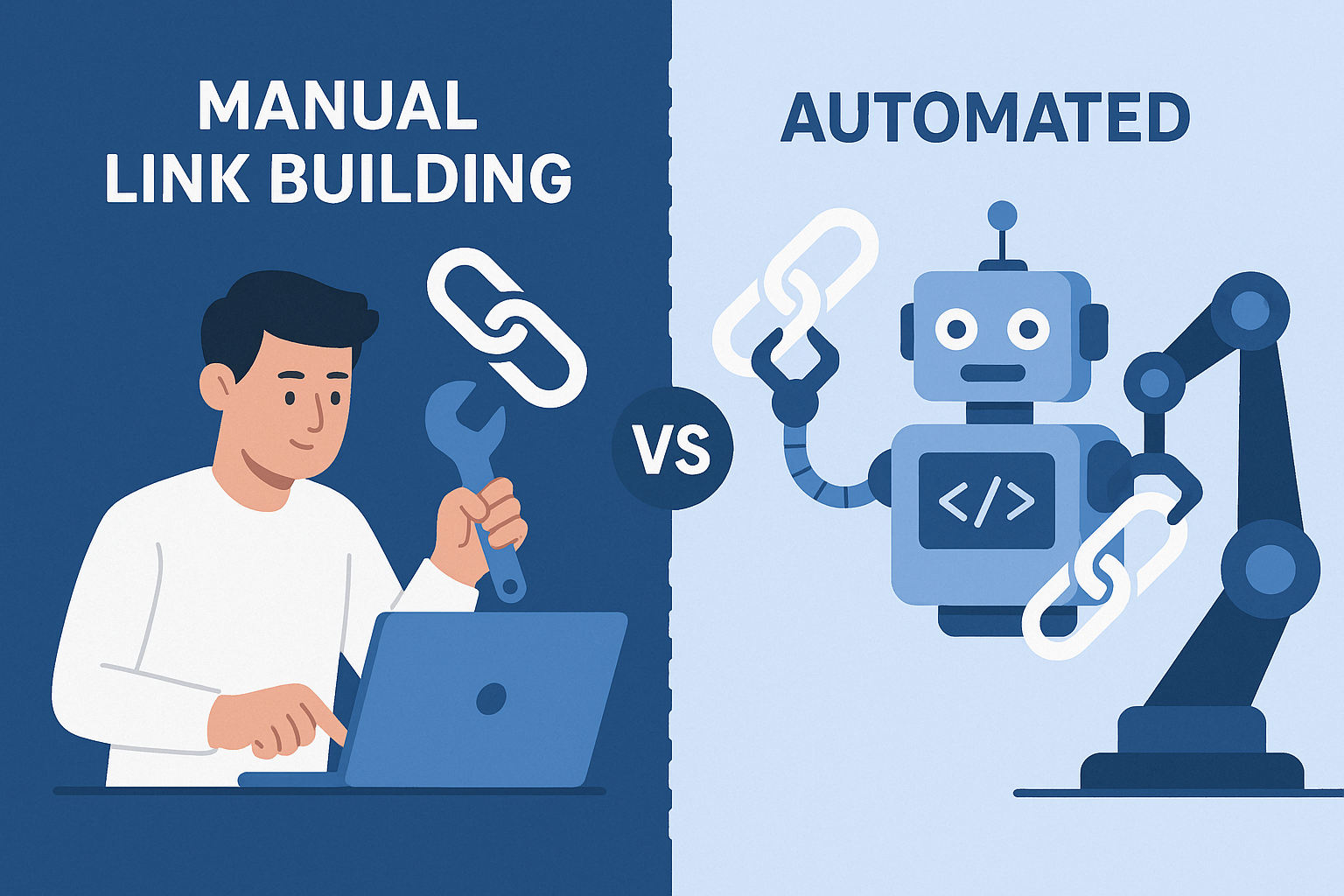
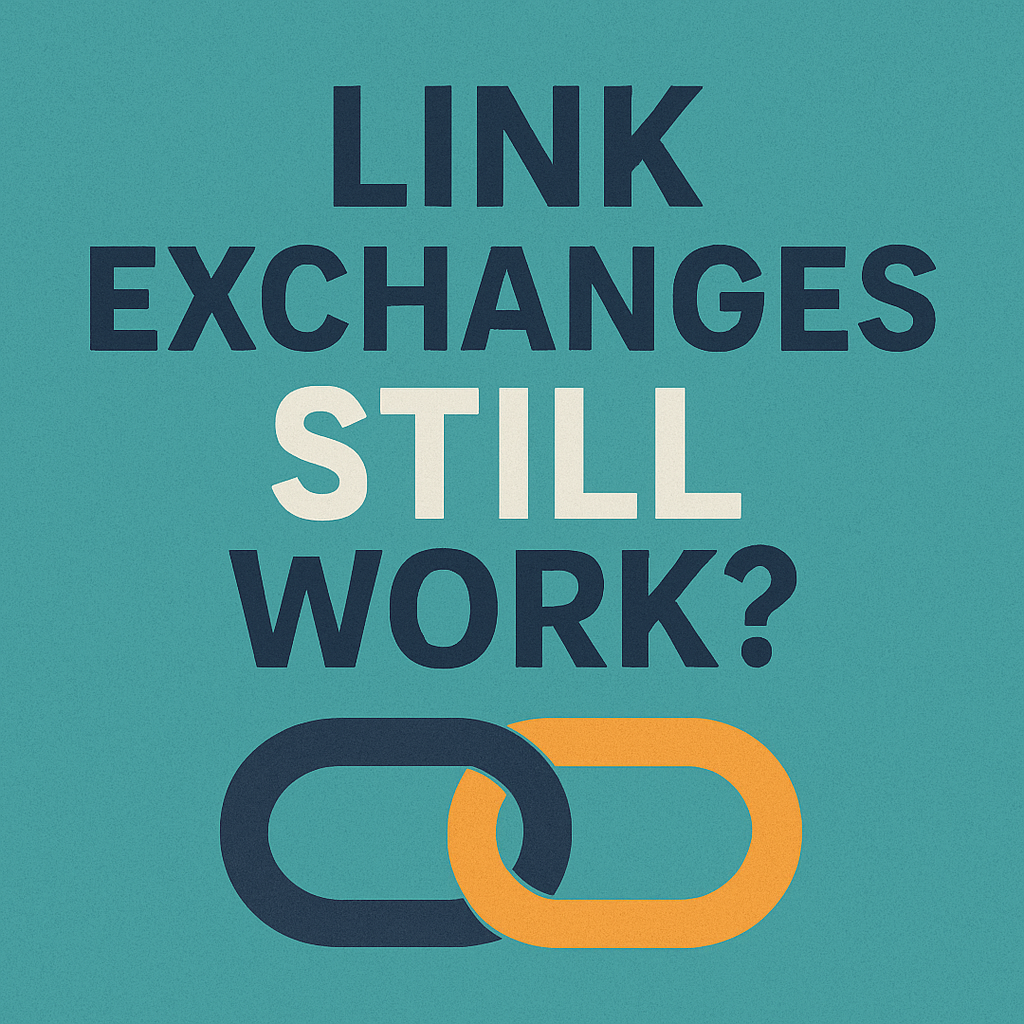
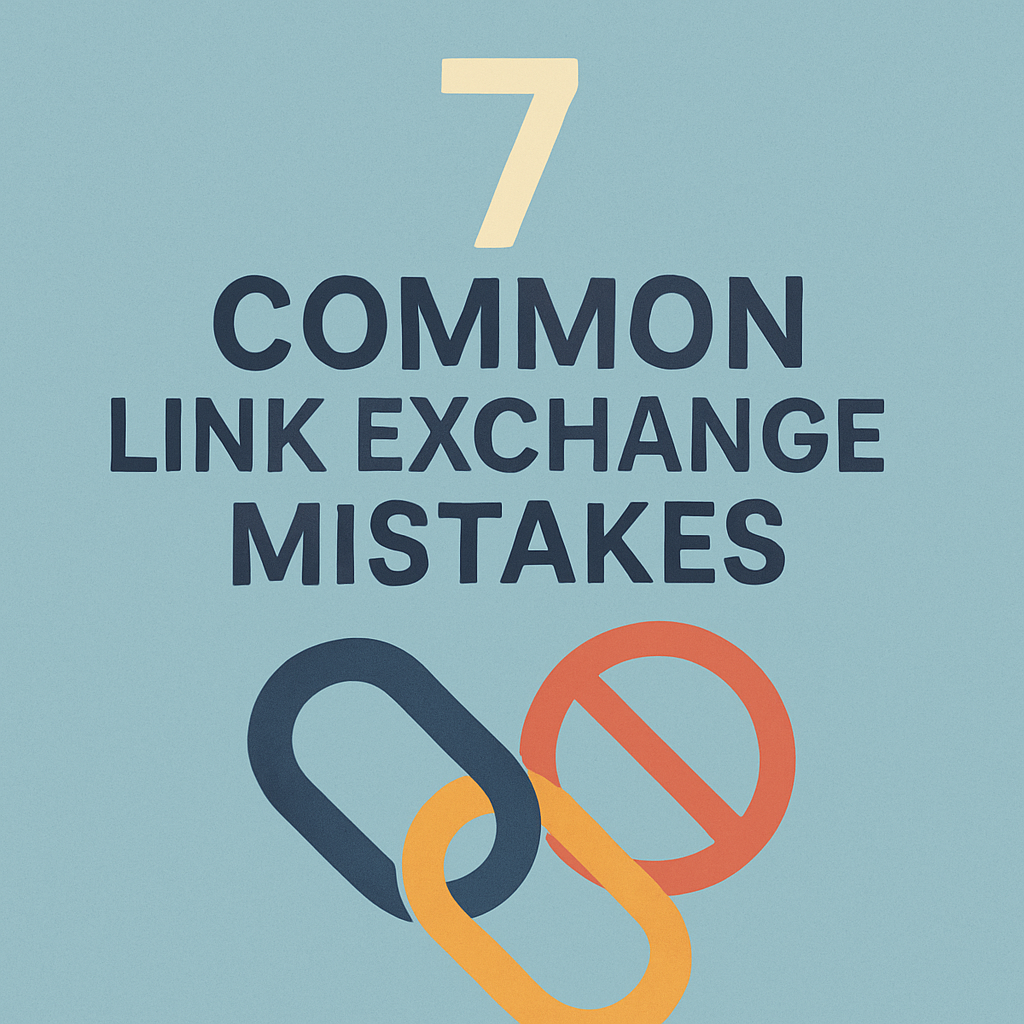
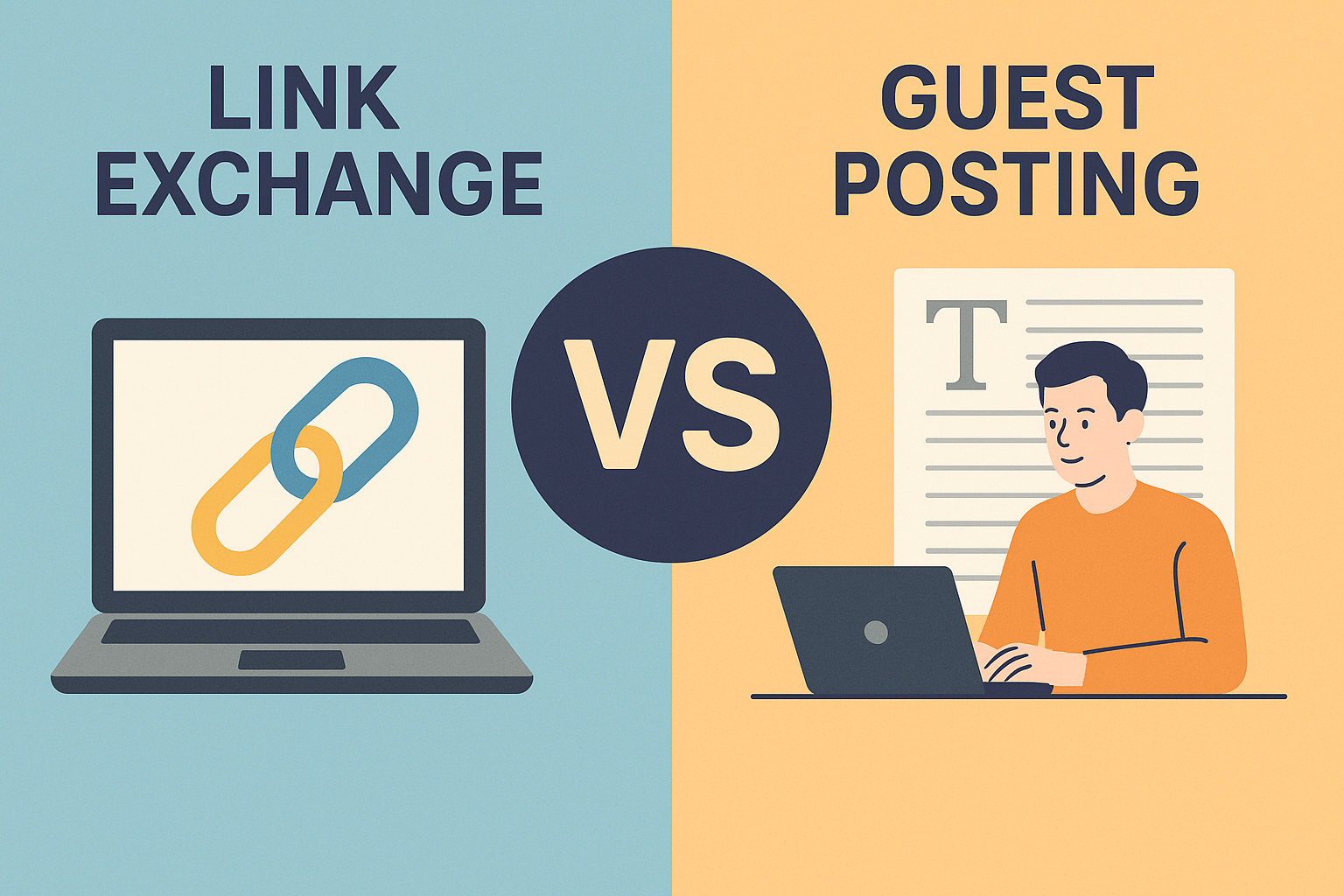
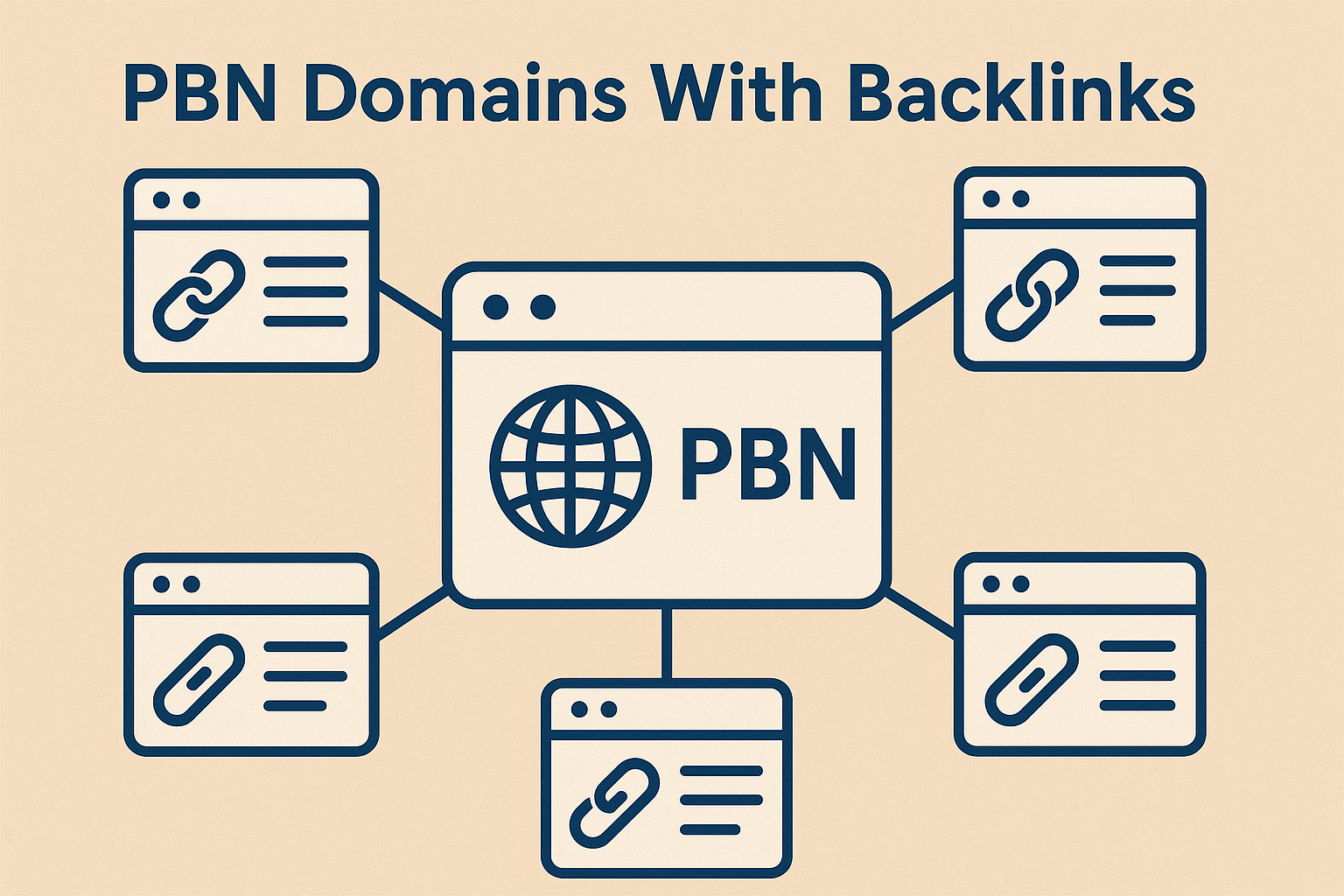
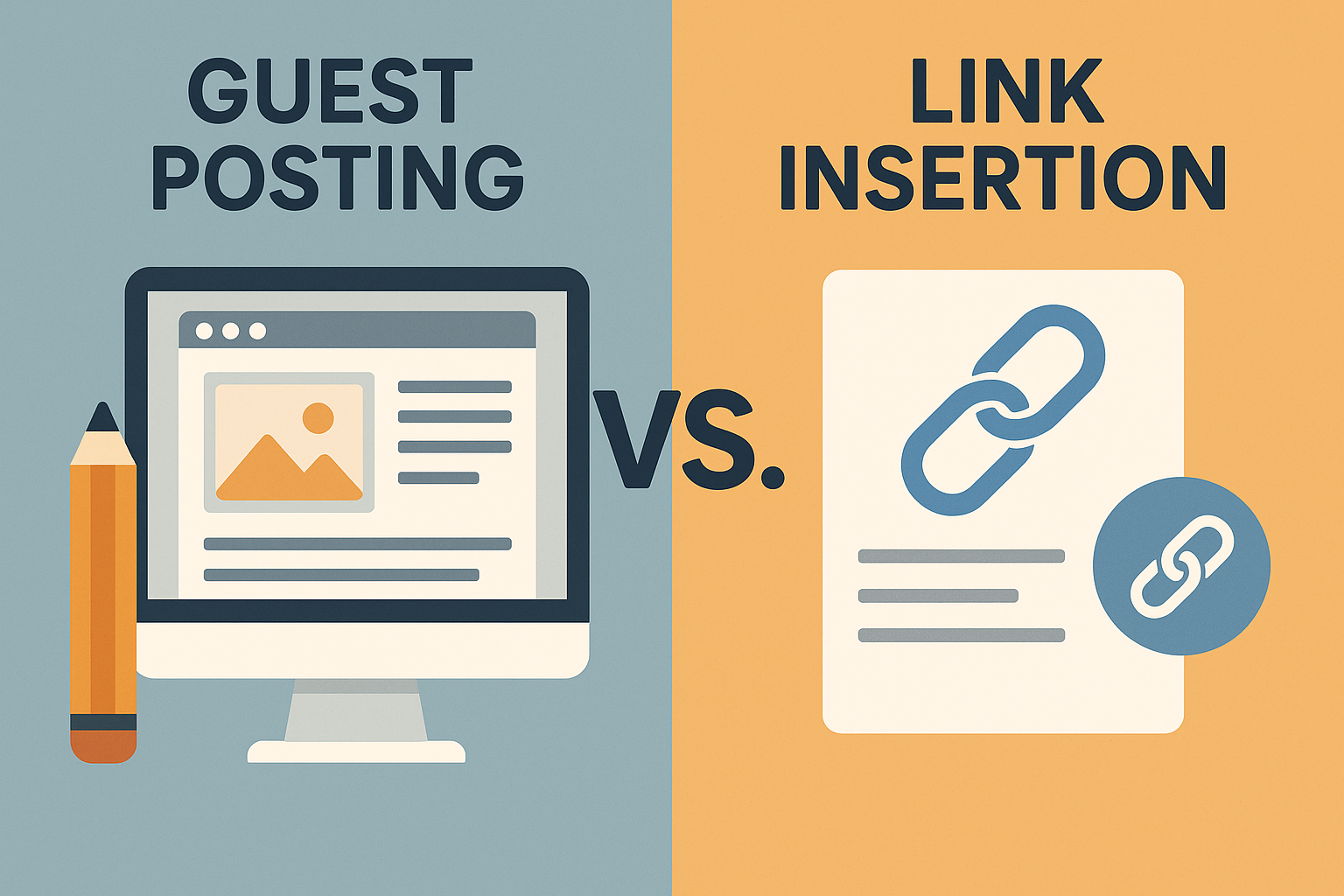
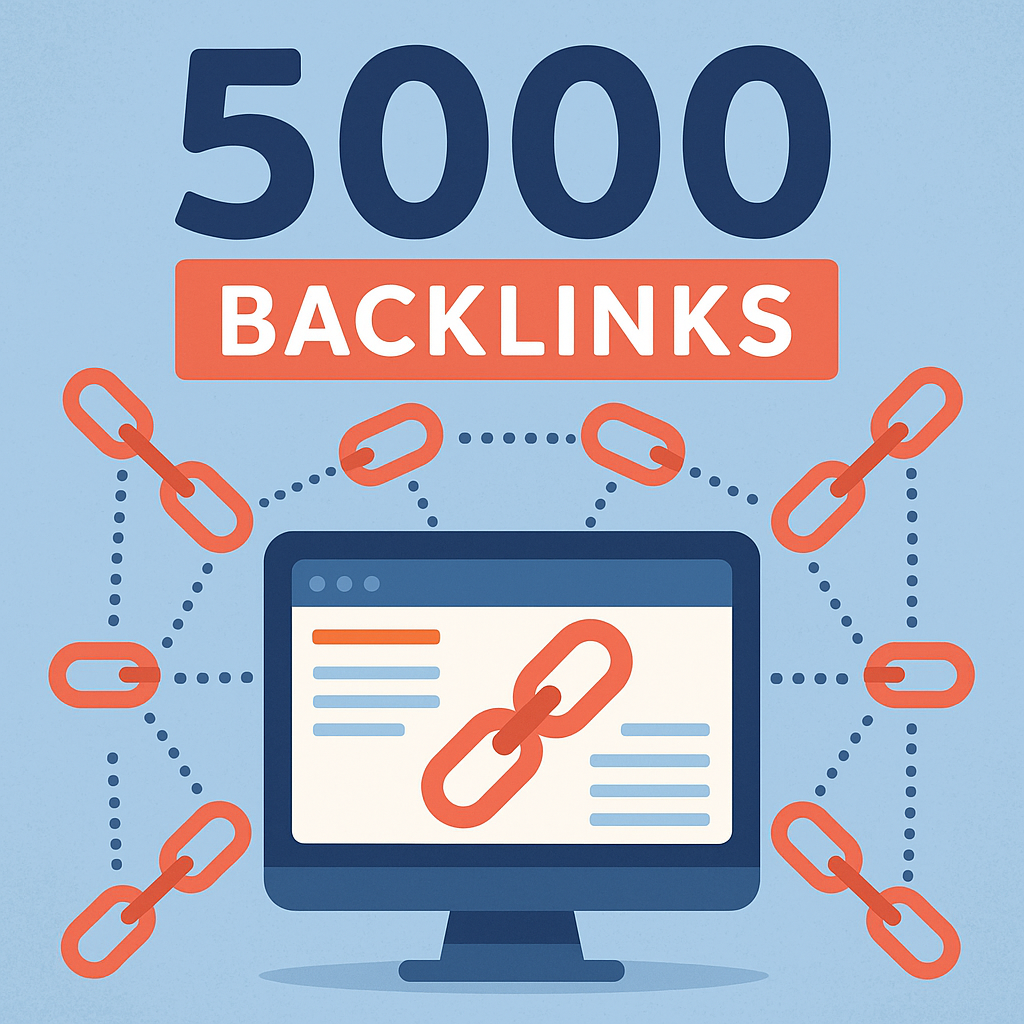
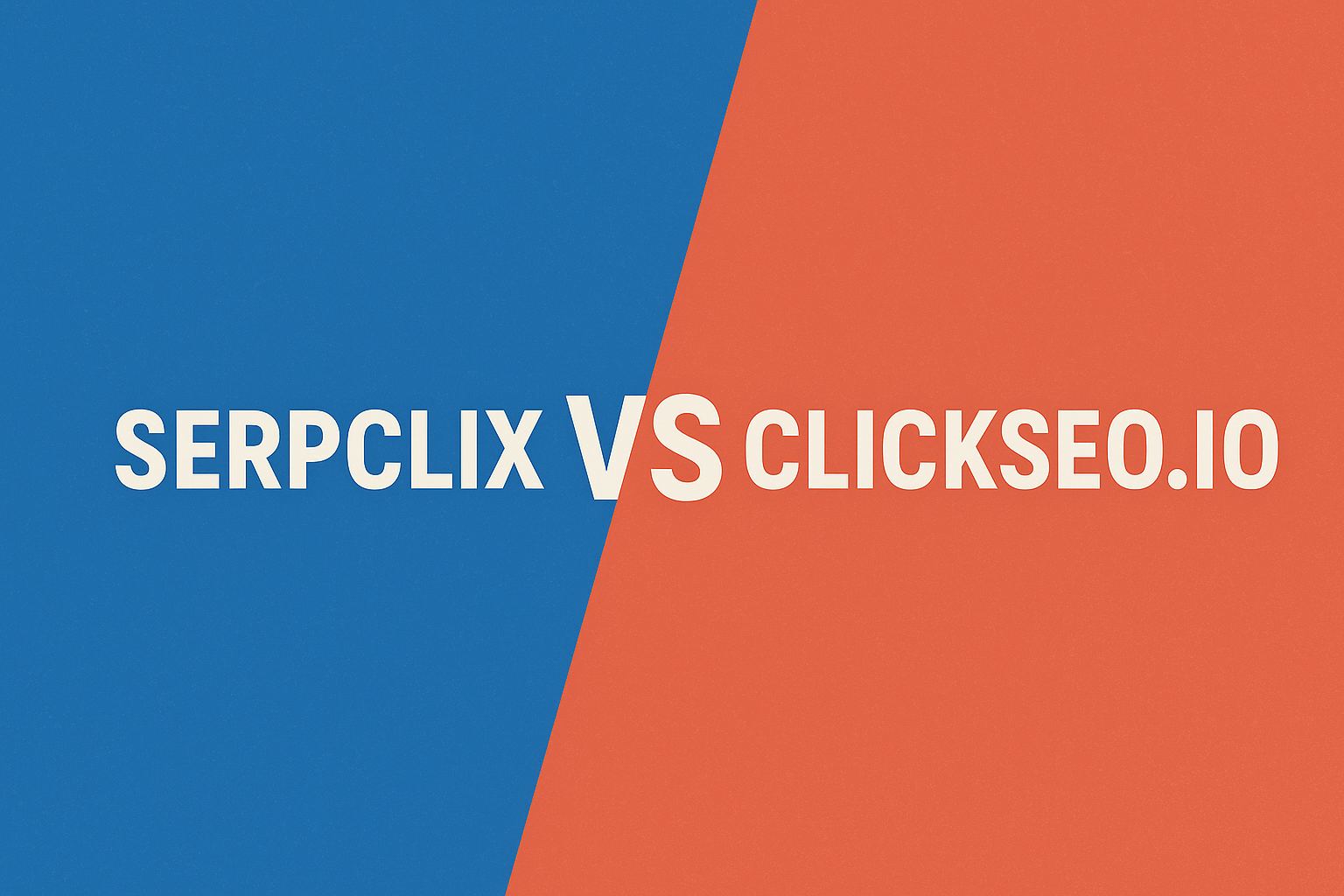
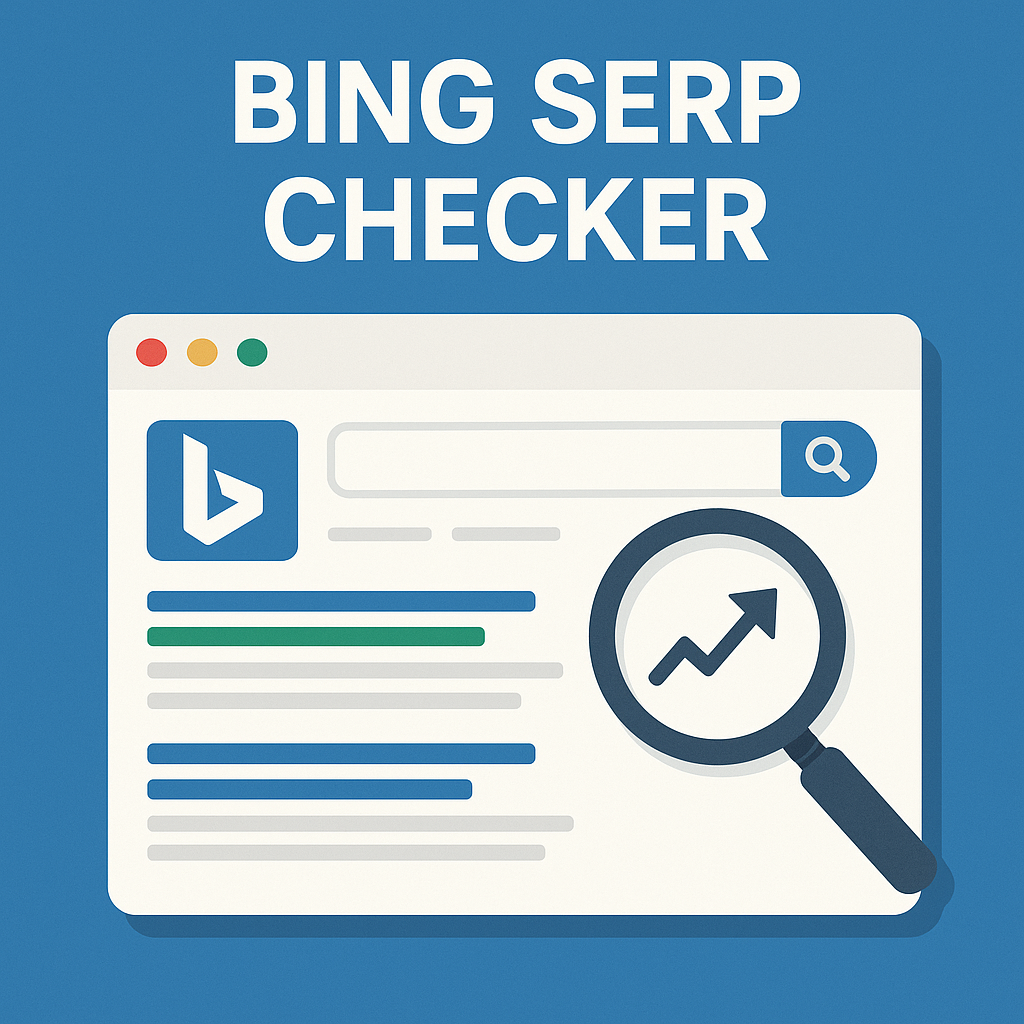
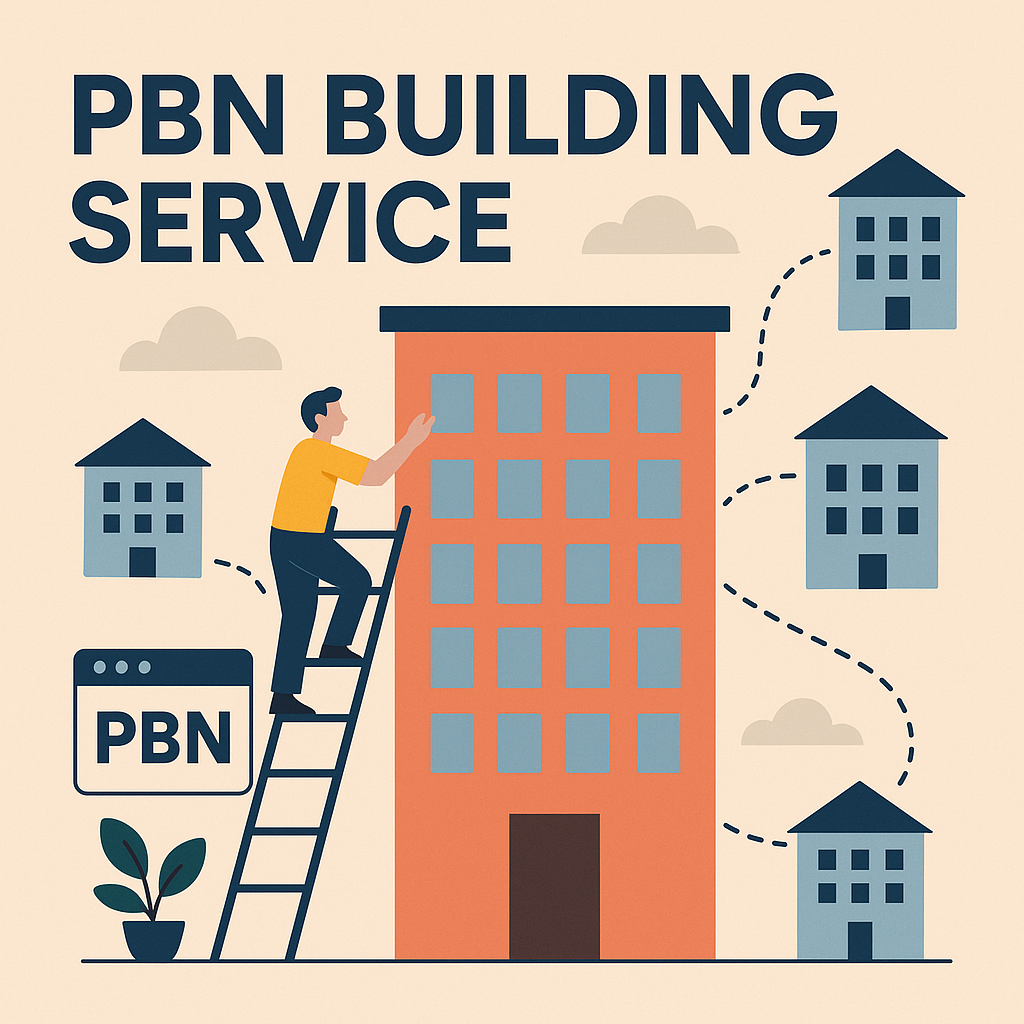
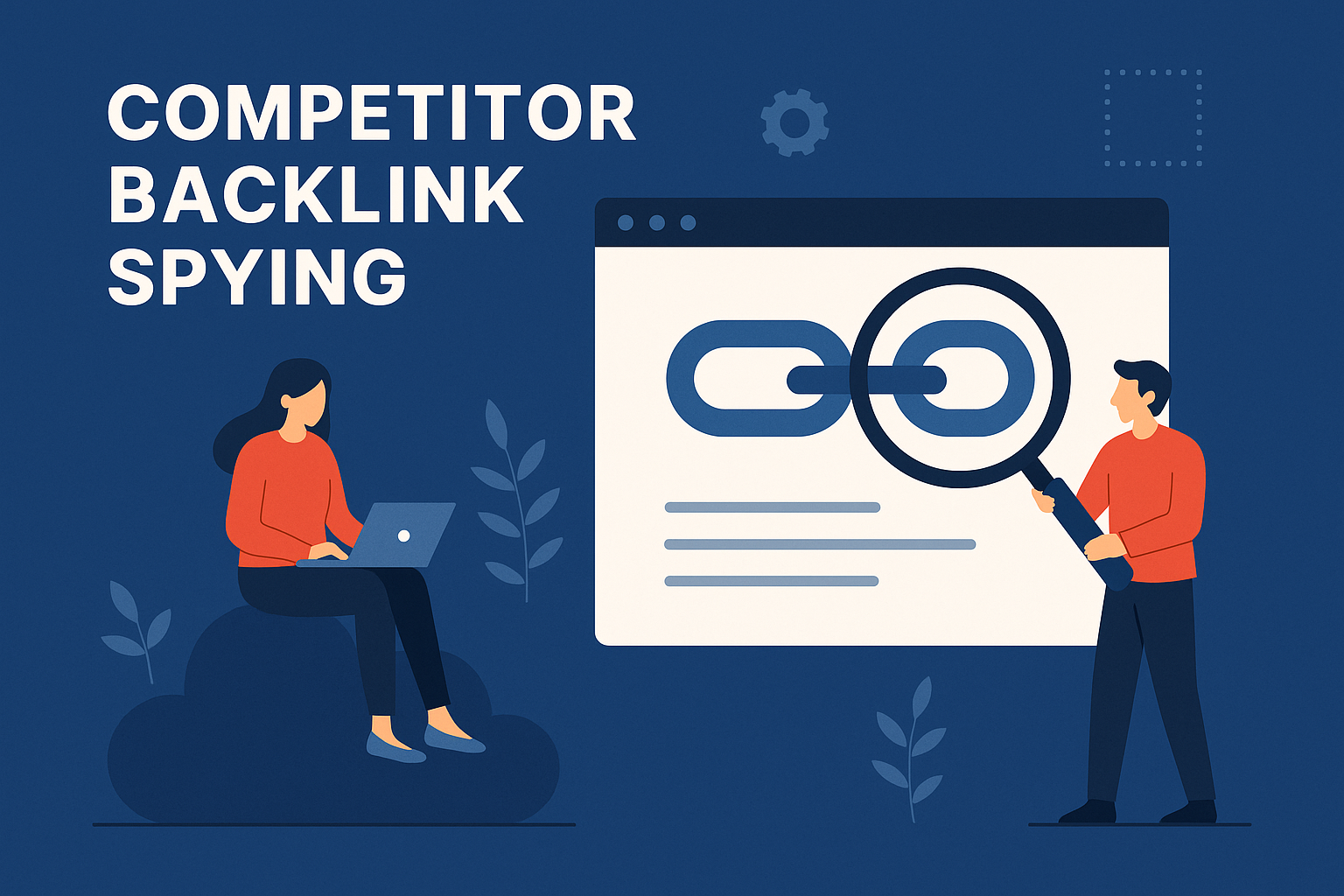
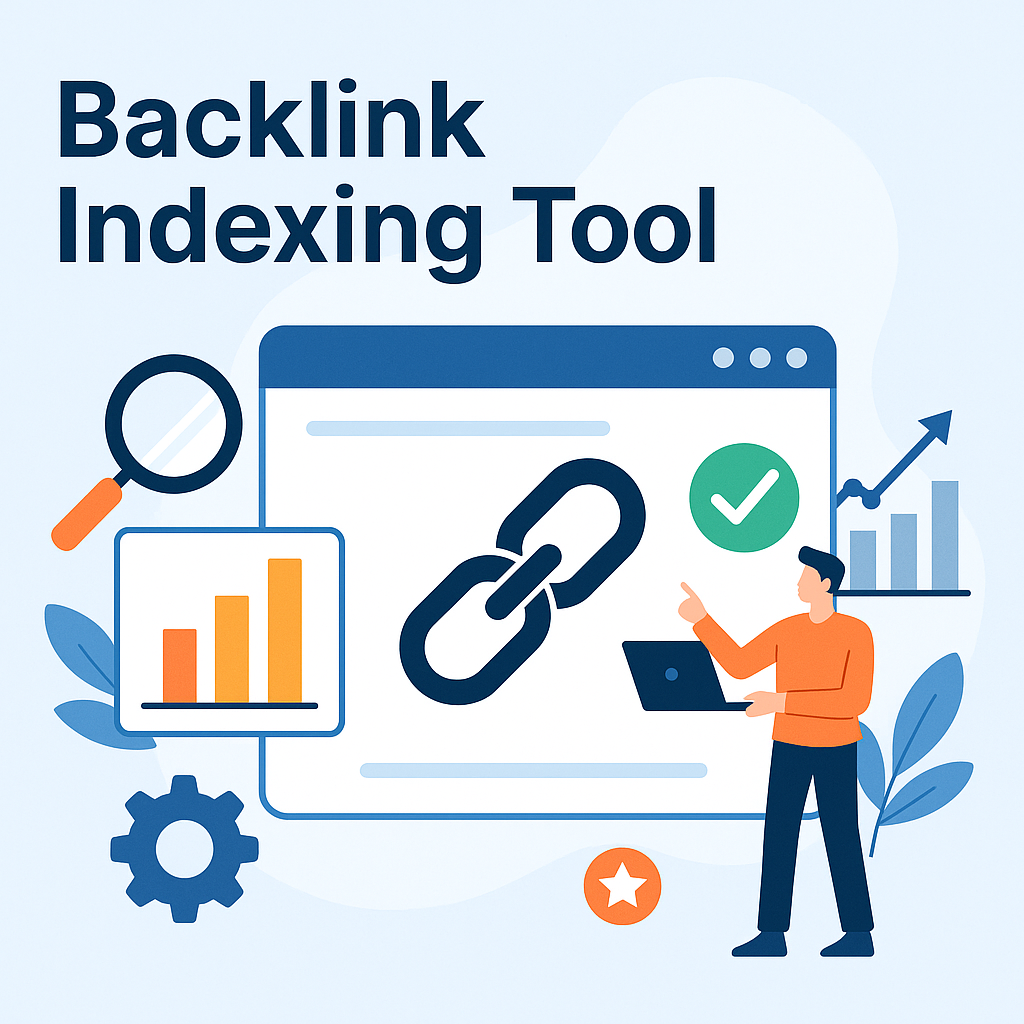
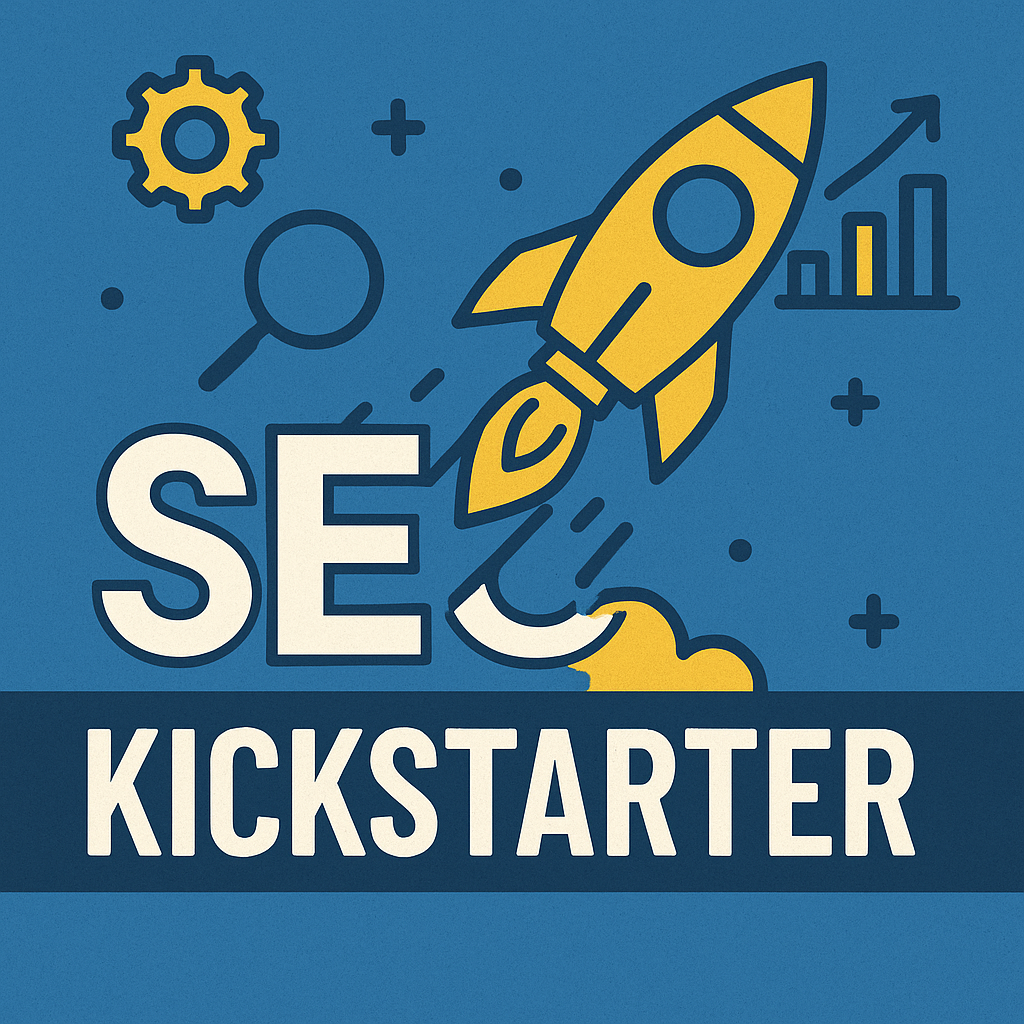
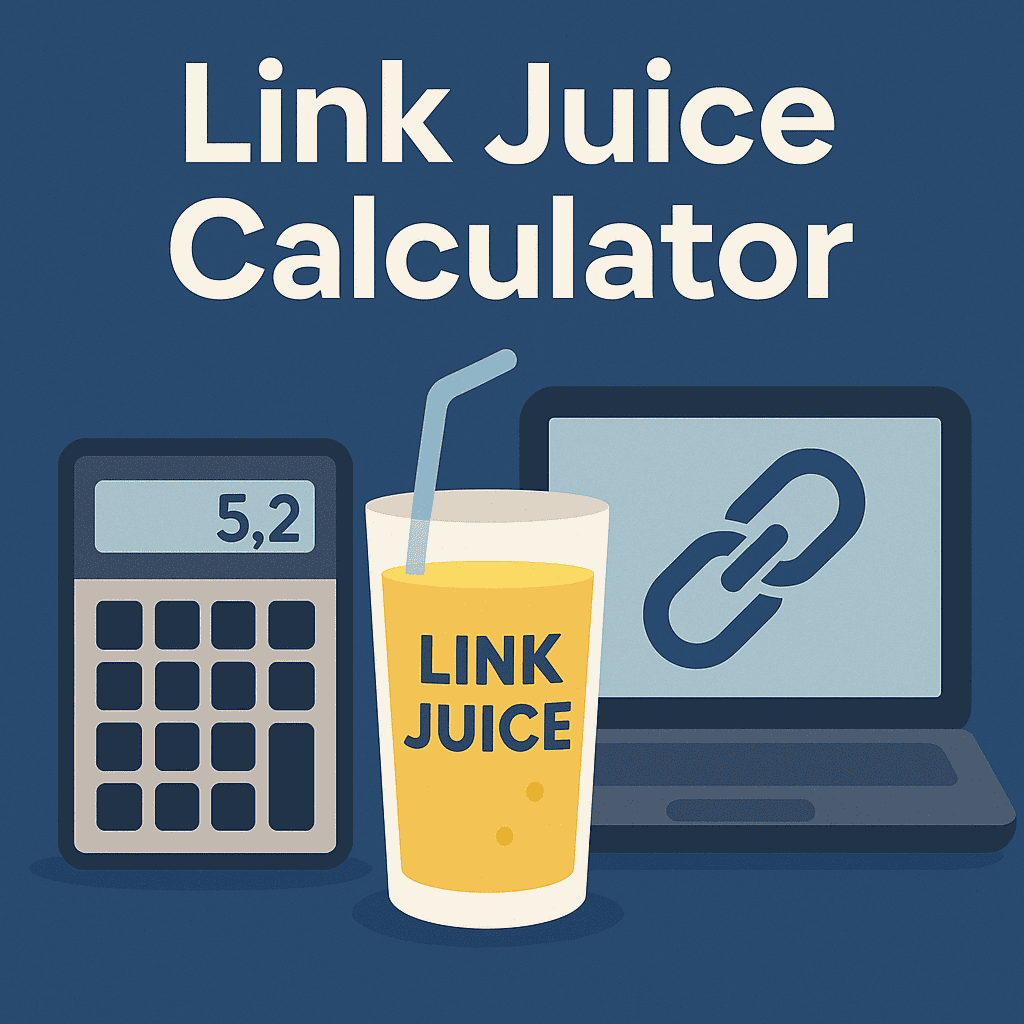
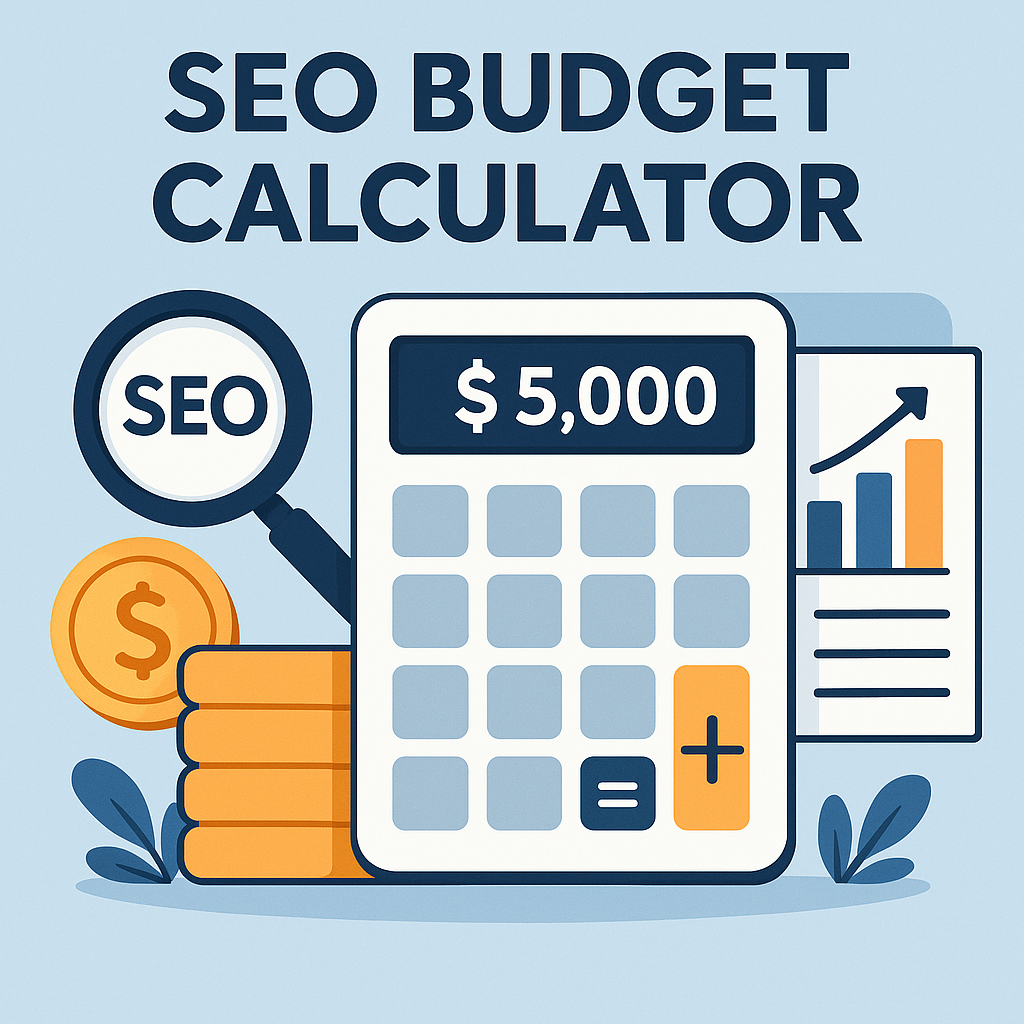
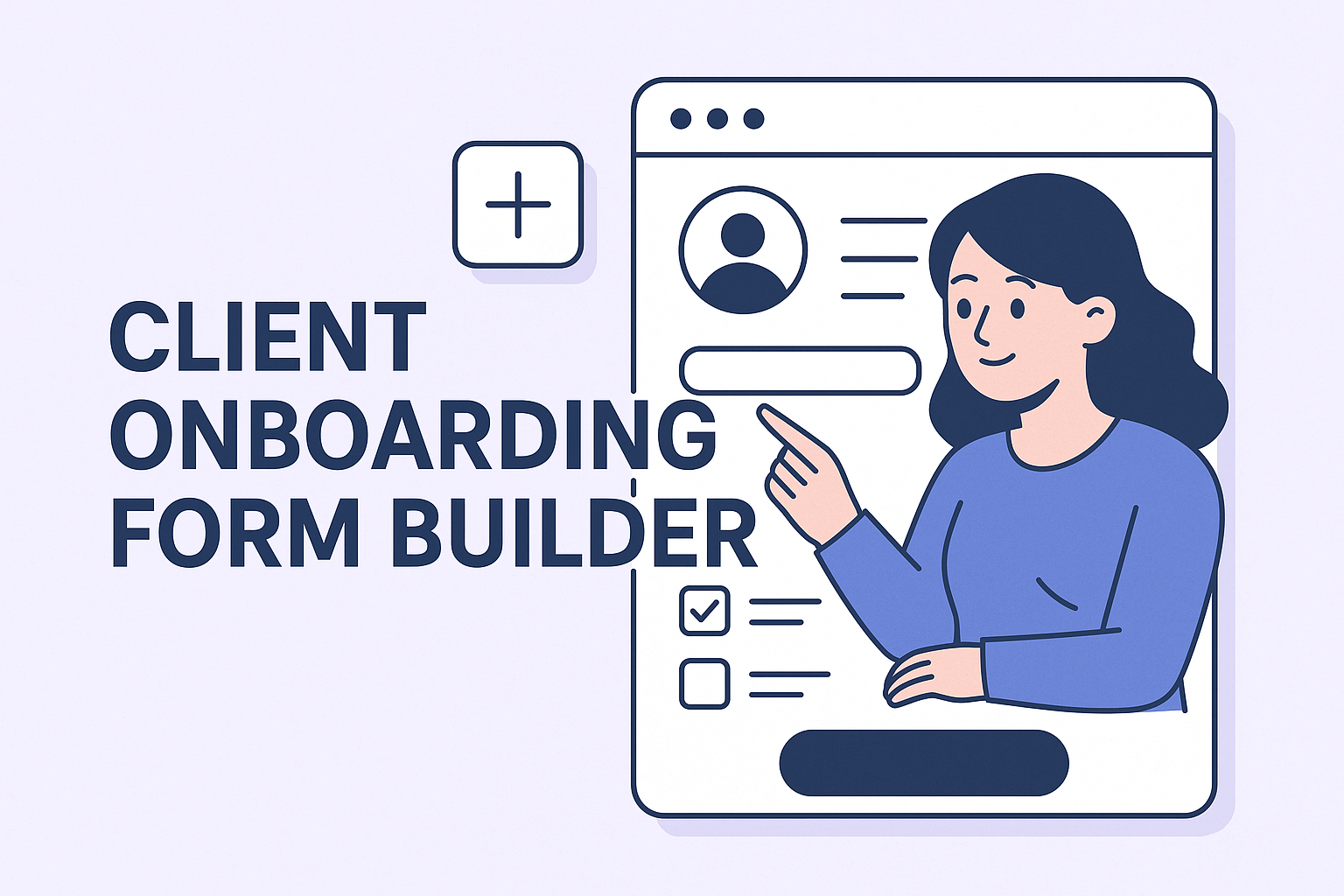
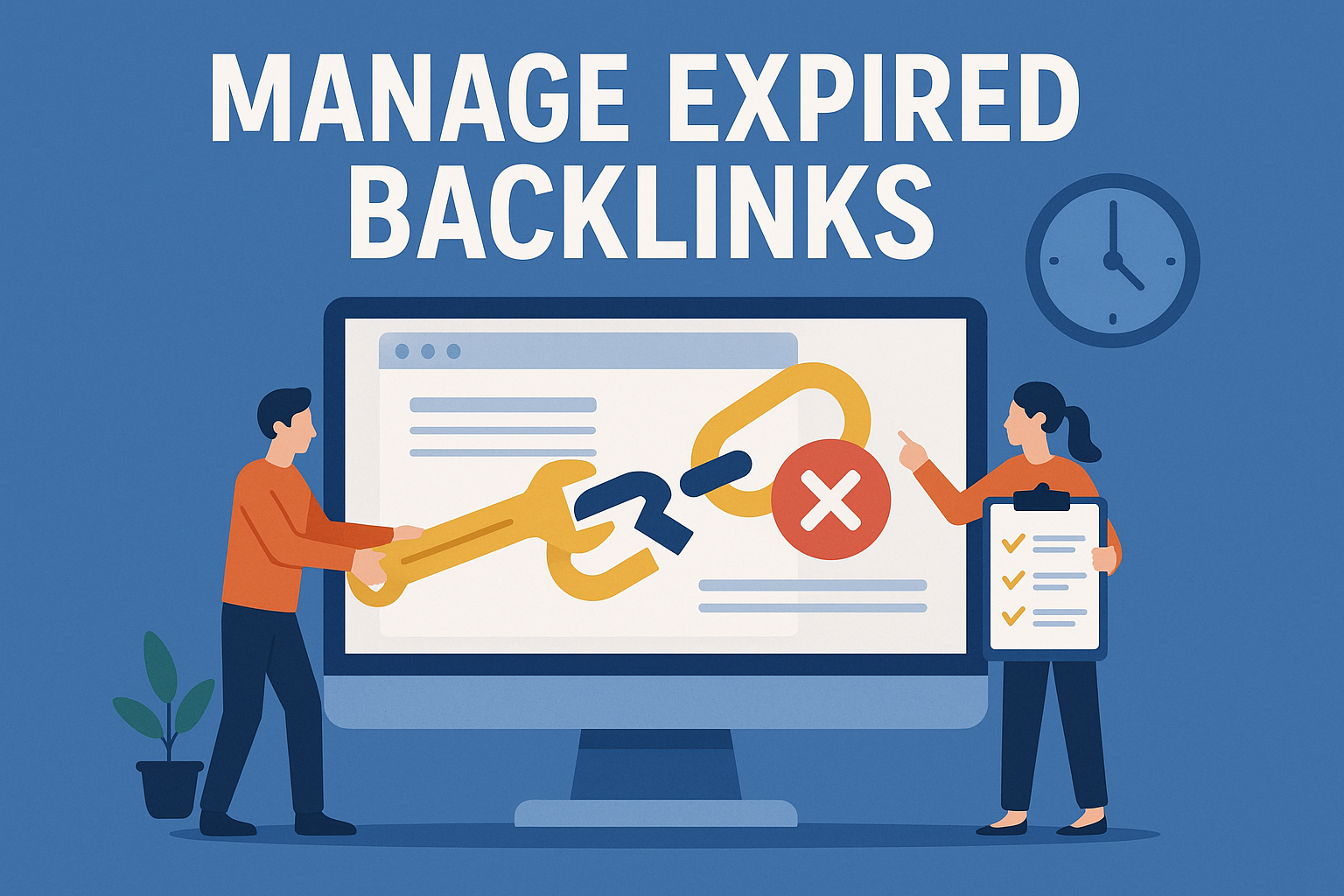
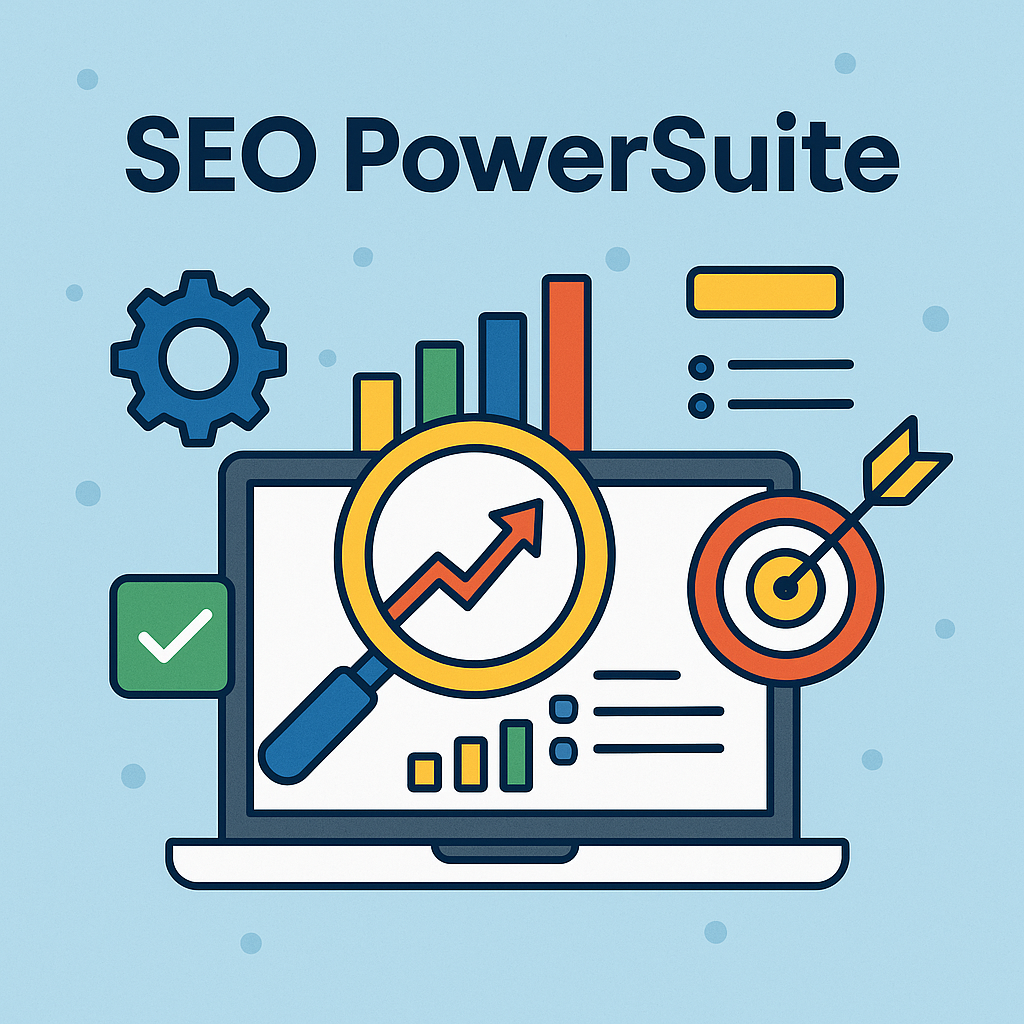
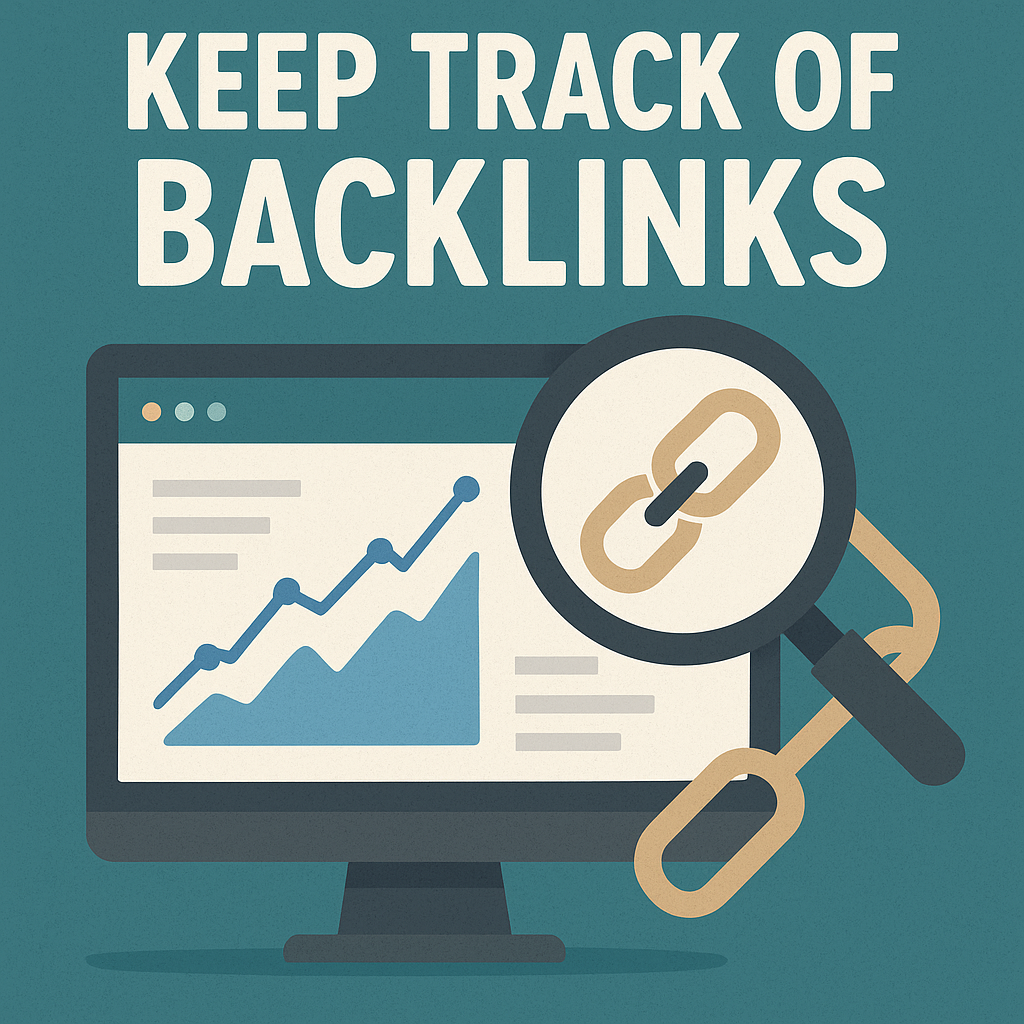
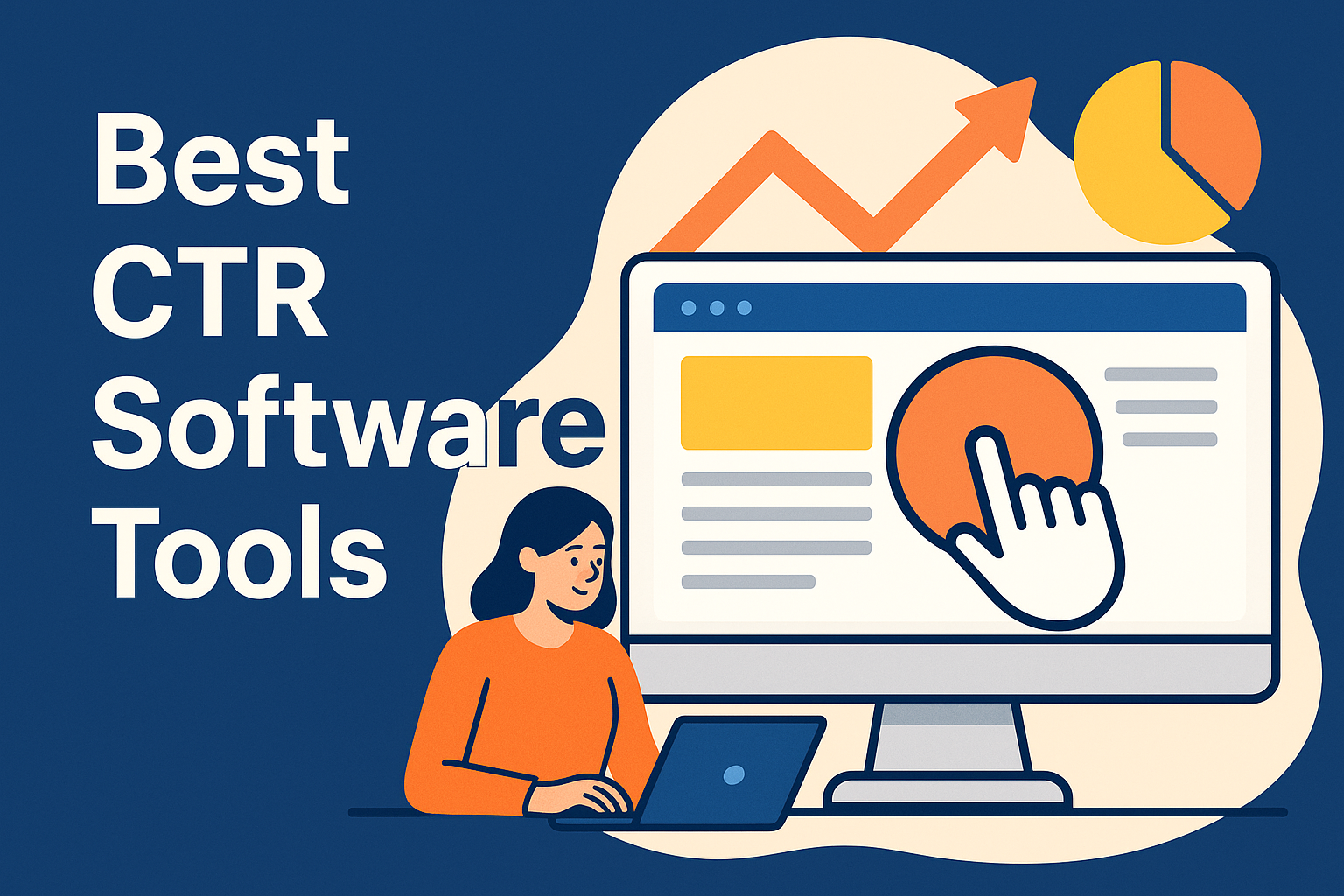
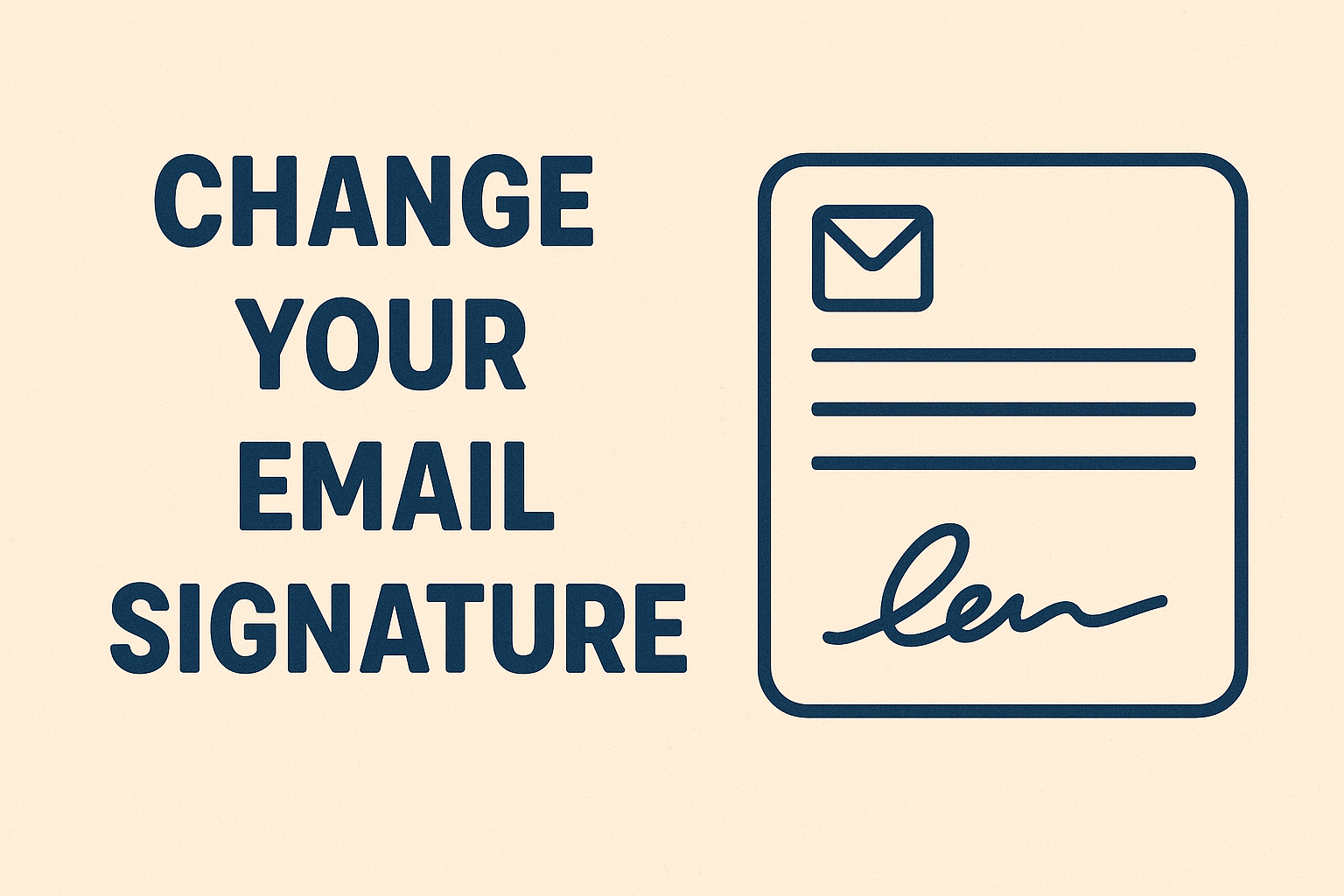
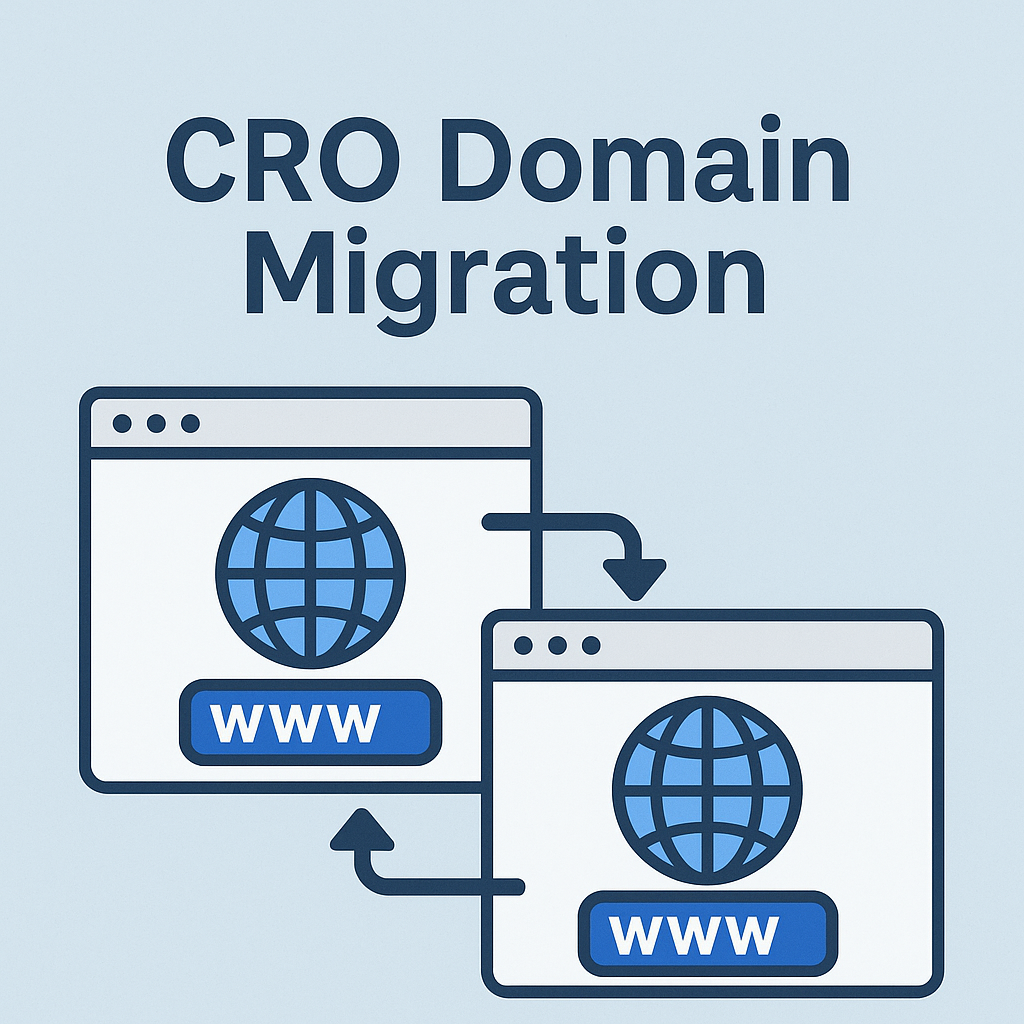
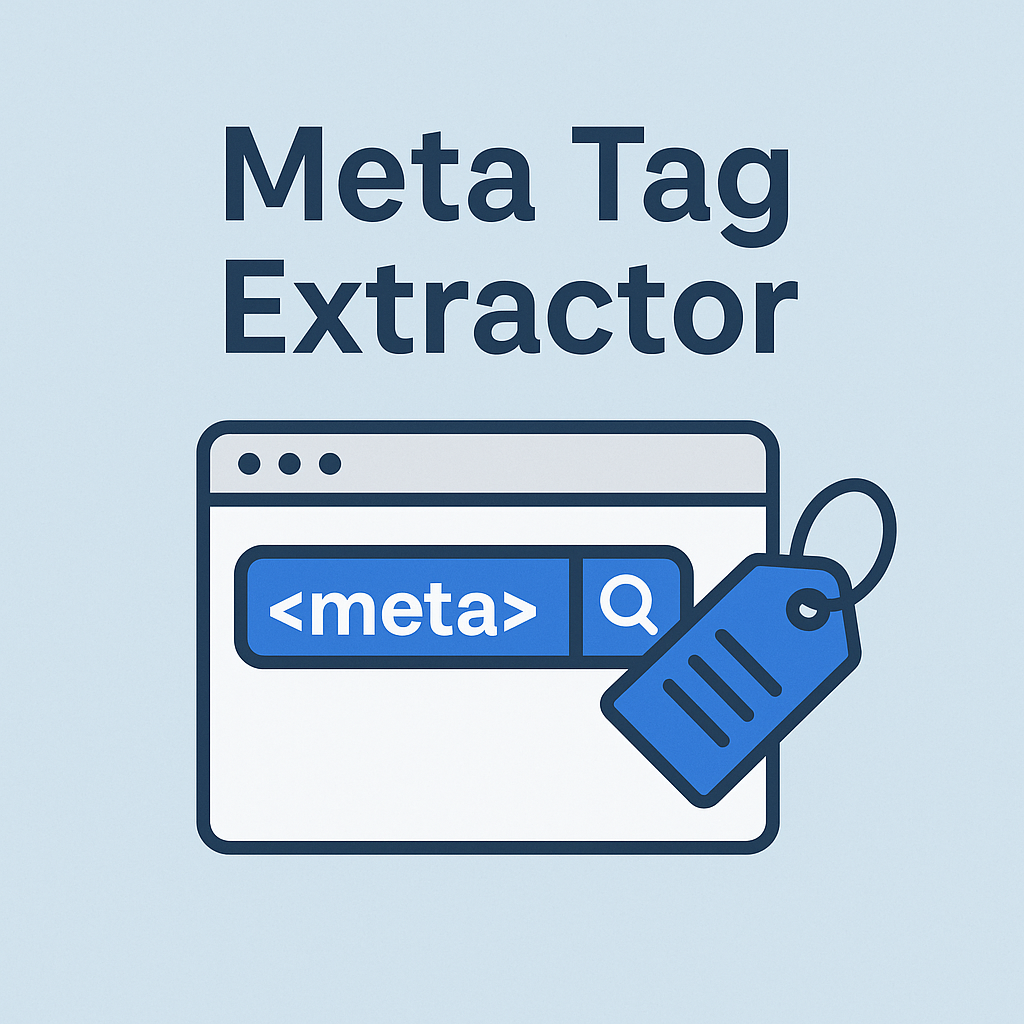
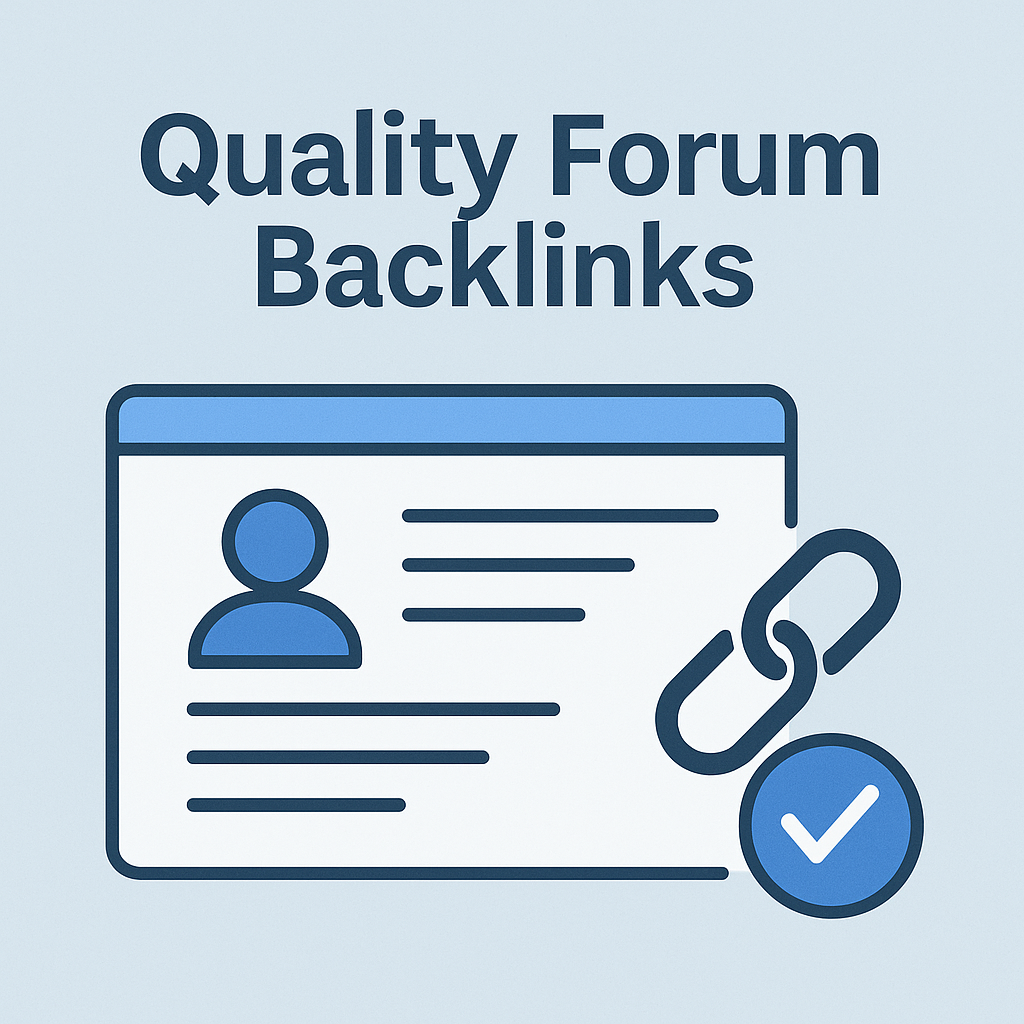
![Best Link Exchange Sites [Free & Safe] – Top 5 Picks](https://backlinkmanagement.io/wp-content/uploads/2025/04/Free-Link-Exchange.png)
